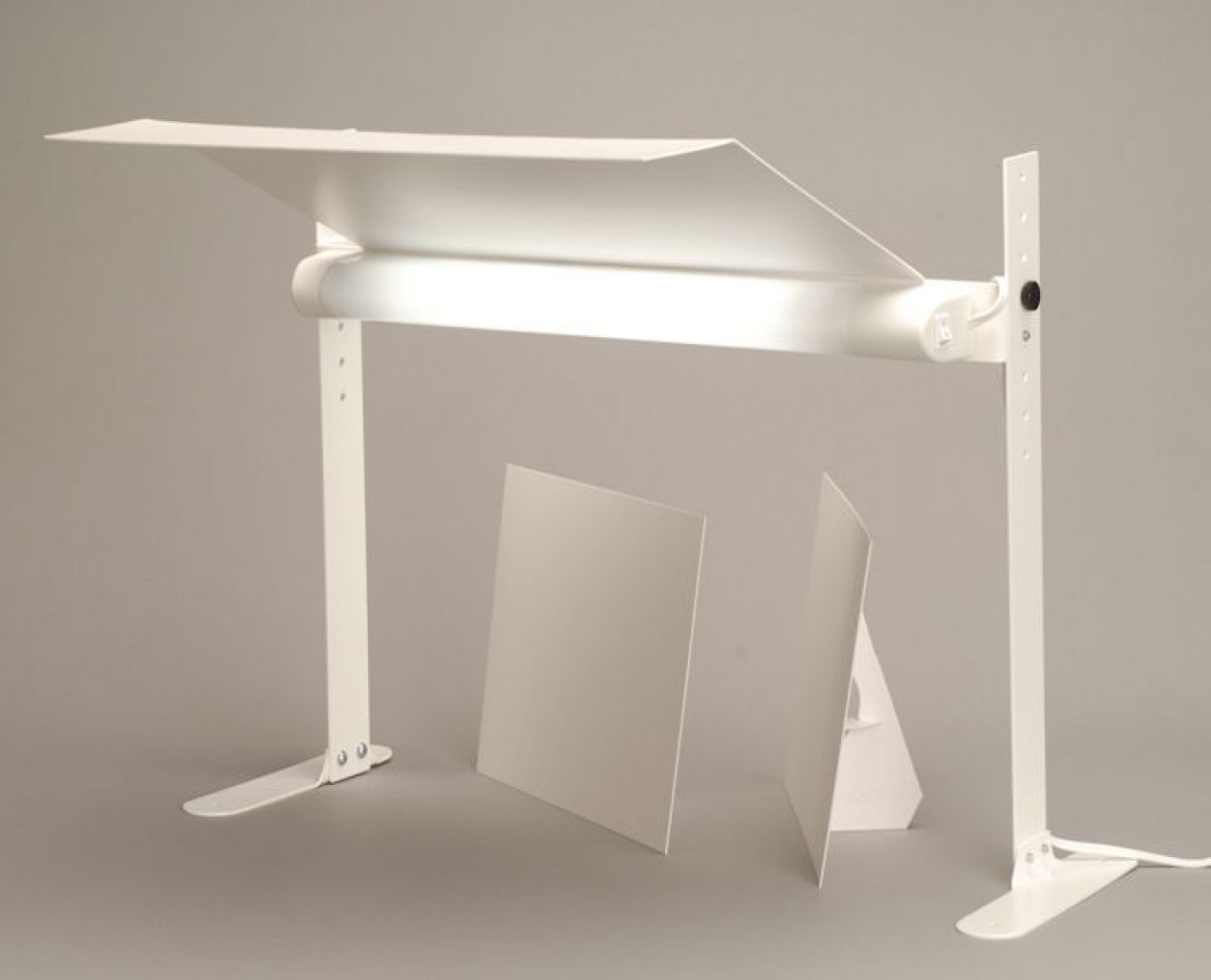3 Ways to Supplement your Photography Income
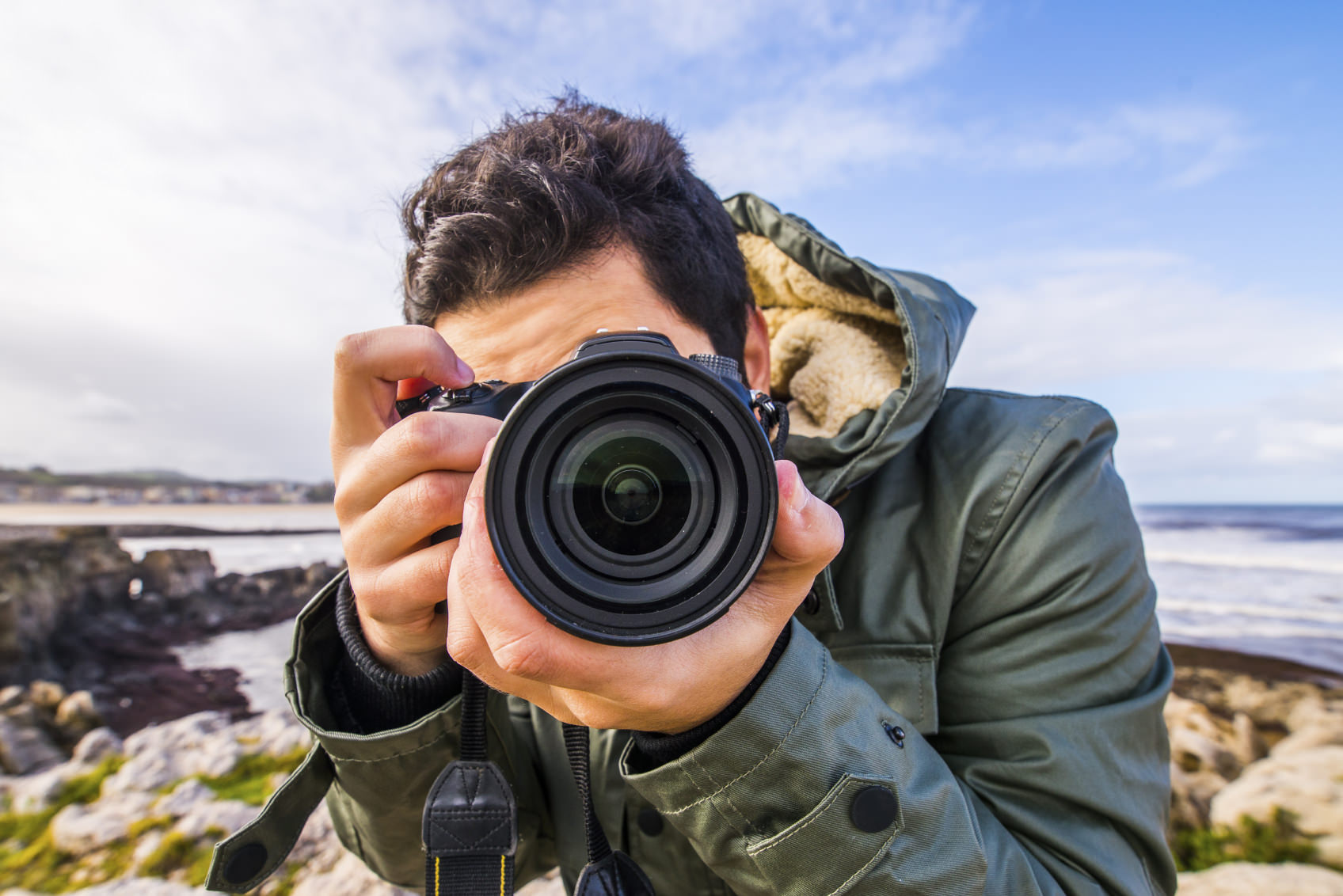
Ah, the life of a photographer! There's nothing quite like making a six-figure income doing what you love, right?
If you identified with that opening paragraph, you can probably just close this article now. If, on the other hand, your income from your photography isn't quite enough to keep food on the table and a roof over the family's head, don't be discouraged; you're actually in the same boat as the majority of good photographers out there. It takes more than just skills and creativity to establish yourself in today's photography markets and for most of us, quitting the day job doesn't become an option for a long time.
On the positive side, for a dedicated "shutterbug", there are some camera-related sidelines that might replace that day job or at least help keep the bank account afloat while you're building your business and reputation. Let's take a look at three alternatives that can help:
Property/Insurance Inspections

As mundane as this may sound, it's one of my favorite ways to generate some extra money and it involves taking simple property photos, along with a very small amount of paperwork. It also involves some regional travel, which is an added bonus for many photographers.
In a nutshell, you'll sign on as a contractor with one of a few national companies that hire inspectors. Some require that you attend an online training session and most will pay you for that time. After training, you'll receive lists of jobs in your assigned area, with a time frame as to when your report is due. You'll be expected to travel to the properties, take a required list of photos, fill out a simple report and submit everything via the Internet. You'll be paid a flat fee for each successfully completed report.
Your time is your own as long as you can deliver the reports in the allotted time, so your excursions can provide plenty of opportunity for any other photographic adventures you want to take while you're in an assigned area. If you're a good organizer and enjoy finding new places to shoot, this can be a fun and profitable venture.
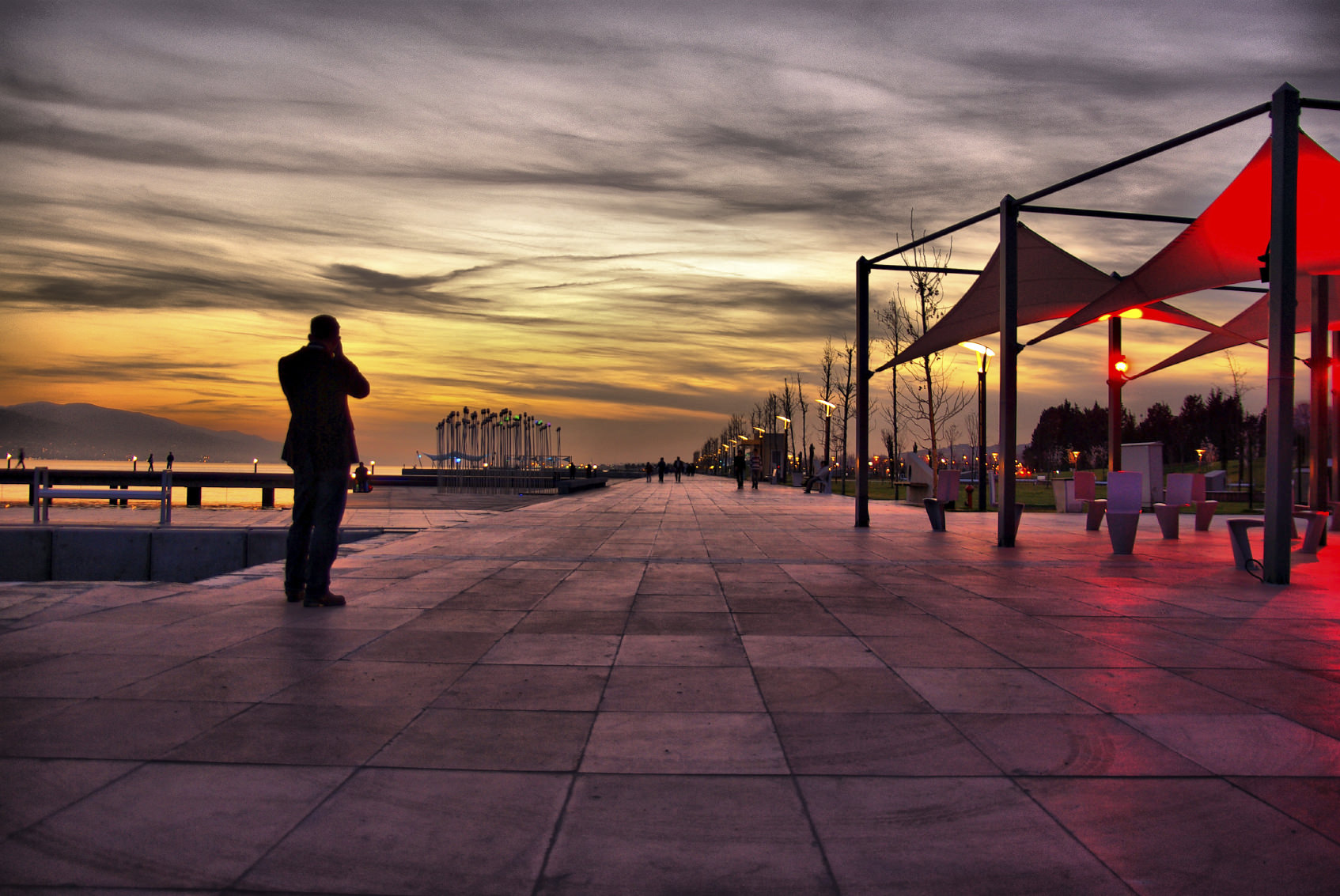
Check your local Craig's List ads for property or insurance inspector positions. The hiring companies advertise constantly, so chances are you won't have to look too hard.
Product Photography
This is a surprisingly good way to generate income with your camera. It's not exciting or glamorous, but there are a surprising number of businesses and individuals that need good shots of their products. Whether it's taking photos of top items at estate sales, shooting items for ebay sellers or doing on-site photography for retailers, you can find steady work in this field with a little effort.
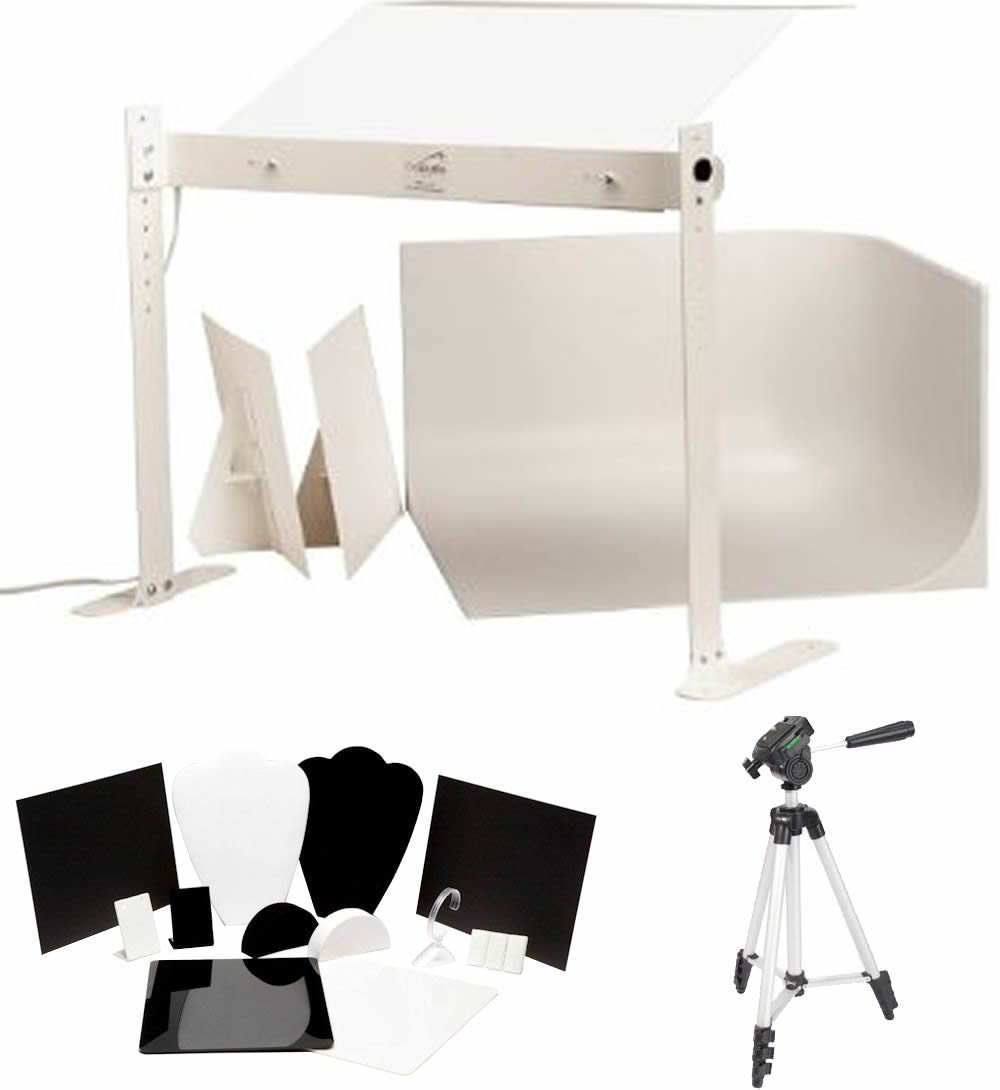
It's best to have a portable studio that you can set up quickly in a small space, and we like the MyStudio line from ProCyc. Their MS20 TableTop Studio Kit, for instance, gives you everything you need for shooting almost anything almost anywhere and there's a great line of accessories available. Take a look at the demo video below to see how easy and versatile this setup is.
This is one of those photography types that literally lets you just hand out business cards, post ads, etc. and let the clients call you. You can then either take your studio to them or bring the products into your own. Just be sure you can deliver high quality photos that make the products look their absolute, enticing best.
Stock Photography
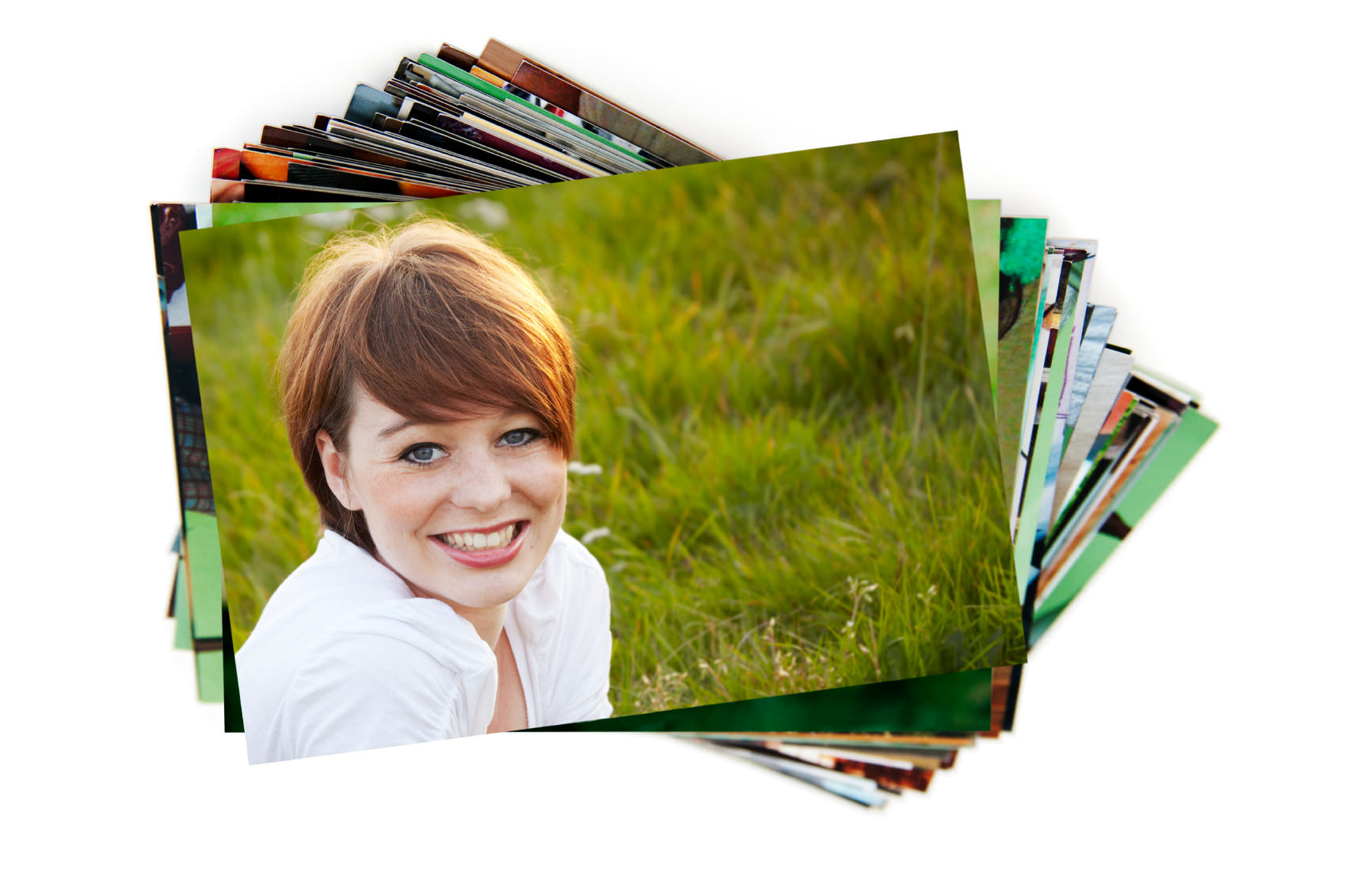
Stop rolling your eyes. No, stock photography isn't want it used to be and it's a very controversial subject for many. The truth is, though, you can still generate ongoing income with stock photos and it's something that requires very little additional time and effort if you're already out there taking pictures.
The key to making stock photos work for you is taking the kind of pictures that advertisers are looking for. Keeping up with trends is important and there are a few that have been popular for years, in particular: food, sports, travel and humor.
One common mistake made by inexperienced stock photographers is submitting their "junk" photos – those technically good shots that just didn't quite make the cut for other markets. Stock photo buyers are looking for your best, not your rejects.
These three "sidelines" can work separately or together to bring you that extra income you need to keep your head above water while you're not out shooting what you're really passionate about. They may not be the most fun ideas, until you compare them with that day job. Give them a try.
We Recommend
4 Important Tips for Your First Product Photo Shoot
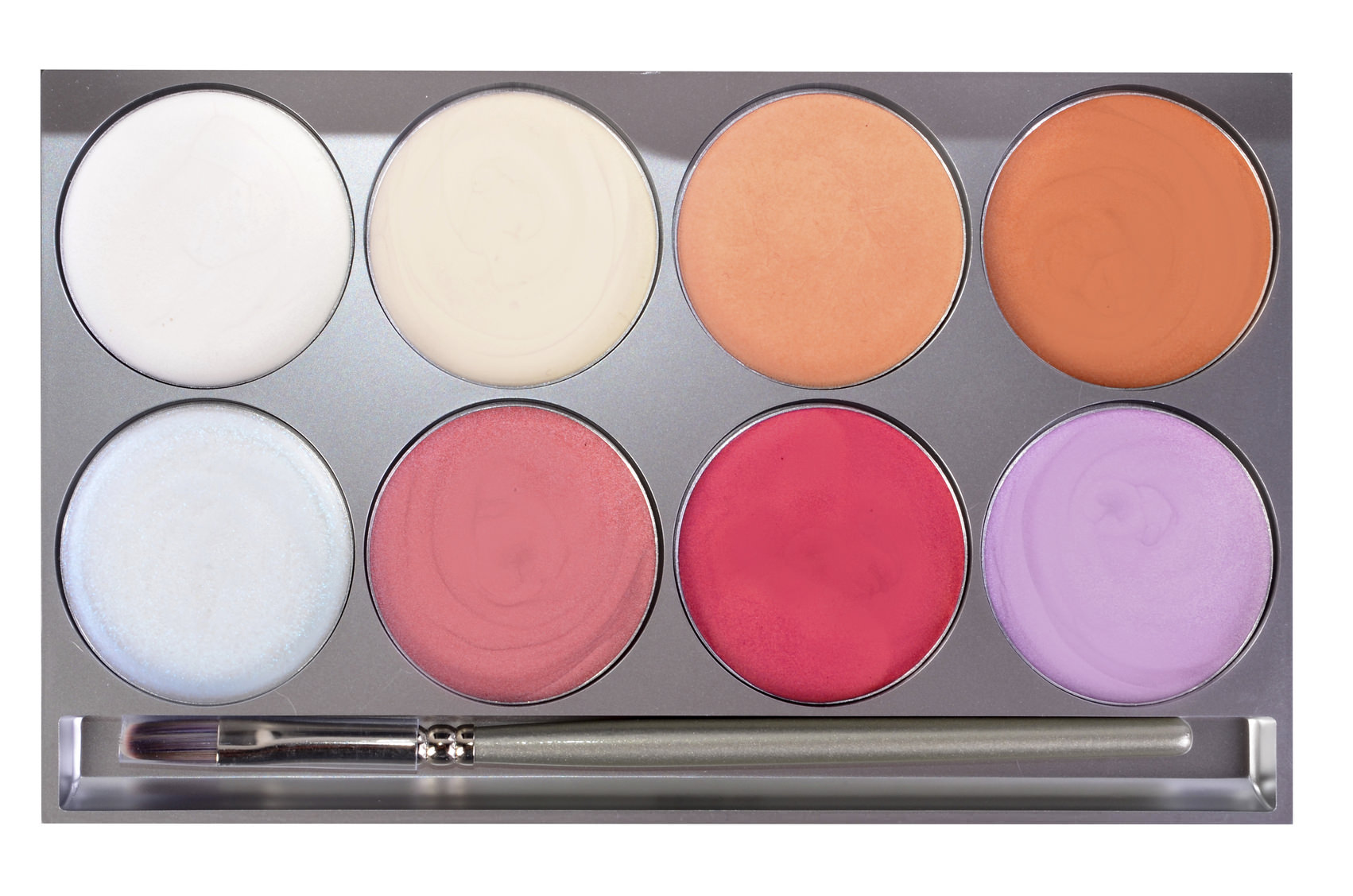
So, you're a photographer and a business-savvy person that's ready to start offering product photography services to retailers in your area and abroad. Smart move. It's a much more active field than many people realize in this camera-equipped world. Most retail business owners are more than willing to pay a professional for high-quality product photos, while they tend to running their businesses. That means steady work for a photographer who can consistently create product images that highlight the best features of the merchandise.
Before you get that first job, though, it's important to keep in mind that really good merchandise shots require much more than just tossing an item on a table and shooting. In many ways, this is one of the most challenging genres, especially when you're working with very small or reflective objects. Lighting each product in a way that enhances textures, colors, form, sparkle and more requires some practice and the right kind of equipment. Let's take a look at a few things that will help you get the best possible shots with the least amount of time and effort.
1. Use continuous lighting.
Flash is popular in many studios, because it's cooler than incandescent lighting and its color temperature is close to daylight, which makes it easier to render colors accurately. Unfortunately, flash lighting can be time consuming to adjust, since you can't see the effects of your setup without a test shot. In addition, using multiple flash heads means using remote triggering, so there's more cost involved.
A cool, continuous main light source lets you adjust your lighting with bounce cards or matching accent lights and see the results in real time. This reduces setup time and makes you more productive, which is the key to making good money in this genre. A daylight-balanced fluorescent main light directly in front of and above the subject can be bounced to suit just about any object.
2. Use a sweep.

There's no need for fancy backgrounds in this field. It's the products you want to highlight, not the setting. A simple sweep is incredibly versatile, letting you create infinity backgrounds or gradients just by adjusting your lighting. A white sweep can even reflect that main light to help remove shadows from the subject.
3. Have a few props on hand.

There are a many items that will look better when displayed on the right device. Necklaces, bracelets, earrings and other jewelry can be enhanced by placing them on a black, white or clear stand of the appropriate shape and size. Placing a mirror underneath some items can help model their shapes. A good product studio setup includes props that can be placed directly on the sweep to build a miniature set.
4. Be mobile.
There's a good chance that your first – and many other – product photo client will want you to shoot at their place of business. That's much easier to do if your studio travels and sets up easily. A tabletop setup is ideal, and the MyStudio® MS20J is the one I recommend for almost any shoot in any location. It's lightweight, sets up and breaks down in minutes and includes everything needed to follow the tips above, including the props. What's more, the cycloramic background gives you a sweep that allows much more flexibility in your shots.

This portable studio will increase the productivity, a.k.a. profits of any product photographer and it goes just about anywhere. Best of all, it's affordable, even for a beginner! Take a few minutes to watch the demo video below, then head over to ProCyc to get yours today!
MS20J Tabletop Photography Studio + Jewelry Kit: http://www.procyc.com/store/complete-tabletop-photo-studios-jewelry-and-product-photography-props-accessories/ms20j
We Recommend
7 Ways to Make Your Stock Photos Shine

photo byvorDa via iStock
How do you make your stock photos stand out from the gigantic array of images available to buyers? The answer for how to improve stock photography images is very closely related to how to make good images in general. While stock photos have a few different rules or ideas behind a photographer’s approach to stock photography, it still pretty much comes down to simply creating good photographs.
You probably are already a very good photographer, with people telling you all the time that you should sell your images, which is why you’re considering how to take stock photos since stock photography is a very real source of possible income from your photography.
So, let’s take that good eye of yours and your knowledge and skill of photography as an art and a craft and put it all to good use so you can join the ranks of professional photographers making money from stock photography.
Editor’s Tip: Supplement your existing photography skills by taking our 30-DAY CREATIVE EYE CHALLENGE! You’ll learn new ways of seeing subjects to create engaging compositions. You’ll develop new skills, too, that expand your ability to take stock photos that grab people’s attention. With dozens of lessons, activities, and hundreds of images to inspire you, this course will help you take your best shot. LEARN MORE NOW!
Make the Exposure Work for You

photo bySasha_Suzi via iStock
A properly exposed photographic image will have more appeal overall than one that isn’t. But, what determines what is proper exposure?
This is a vitality important part of creating compelling imagery, since by means of exposing for certain parts of the scene or for a specific effect, you can radically change the entire look and feel of an image. By changing from the meter recommended exposure settings to other settings, you can change the image to high key, low key, or accentuate a certain color.
I like to talk about an old school photographic technique concerning exposure values and how to control them called pre-visualization. Ansel Adams made a complete discipline about pre-visualizing exposure values called the Zone System.
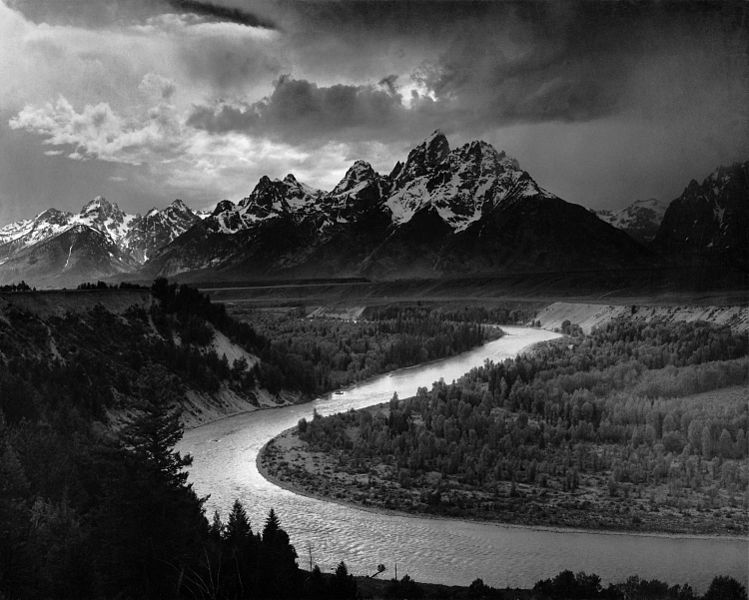
Ansel Adams / Public domain
In the Zone System, different shades of black to white were given Zone numbers, from 0 to XII, eleven zones in all. Though he designed it around black and white film photography, it works just as well for color and digital imaging.
Adams controlled everything about the image the entire way through the process, from choosing the film, exposing it, developing the film, printing on paper, and developing those prints. Every step has variables which affect the final presented photograph. The same things work in digital photography, from deciding the file type, ISO, and how the image file is post processed and delivered.
Controlling exposure being included in my stock photography tips is our way of letting anyone wondering know that digital photography for stock photos is still “drawing with light,” which is the essence of photography.
Compose With Feeling
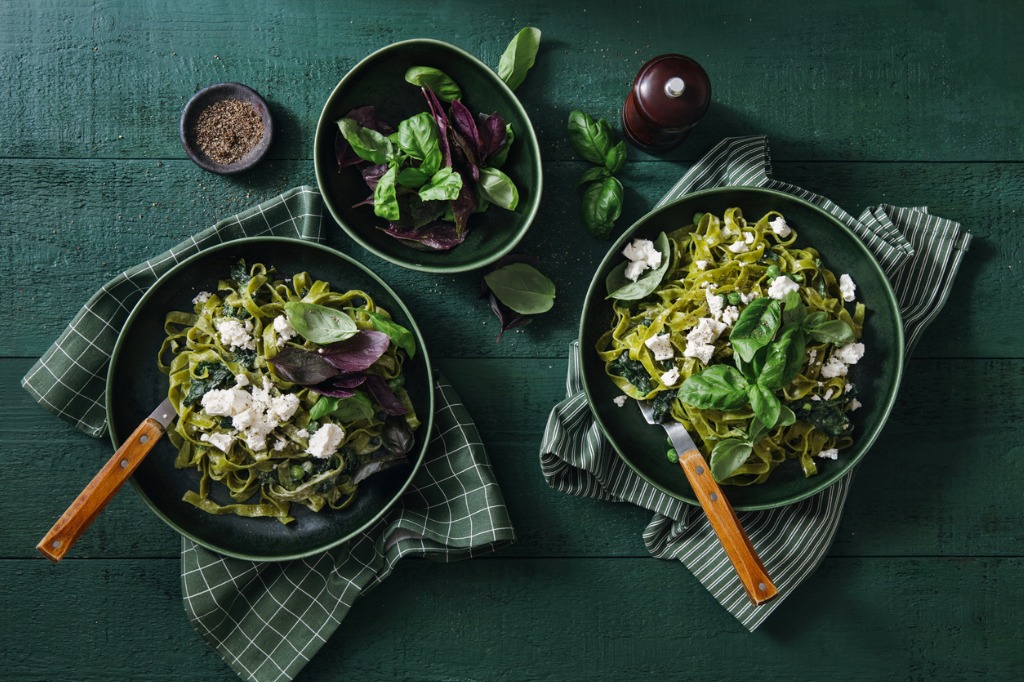
photo byluchezar via iStock
A stock photo, even a simple one showcasing a product, is a composition of elements. There may be only one element in the stock photo, but it will still require proper placement within the frame and within the scene. That’s composition.
Using the well established rules of composition is a good idea for many stock photos. The Rule of Thirds, Leading Lines, Repetition, the Golden Spiral, S Curves, Symmetry, and others are valuable techniques to learn and use.
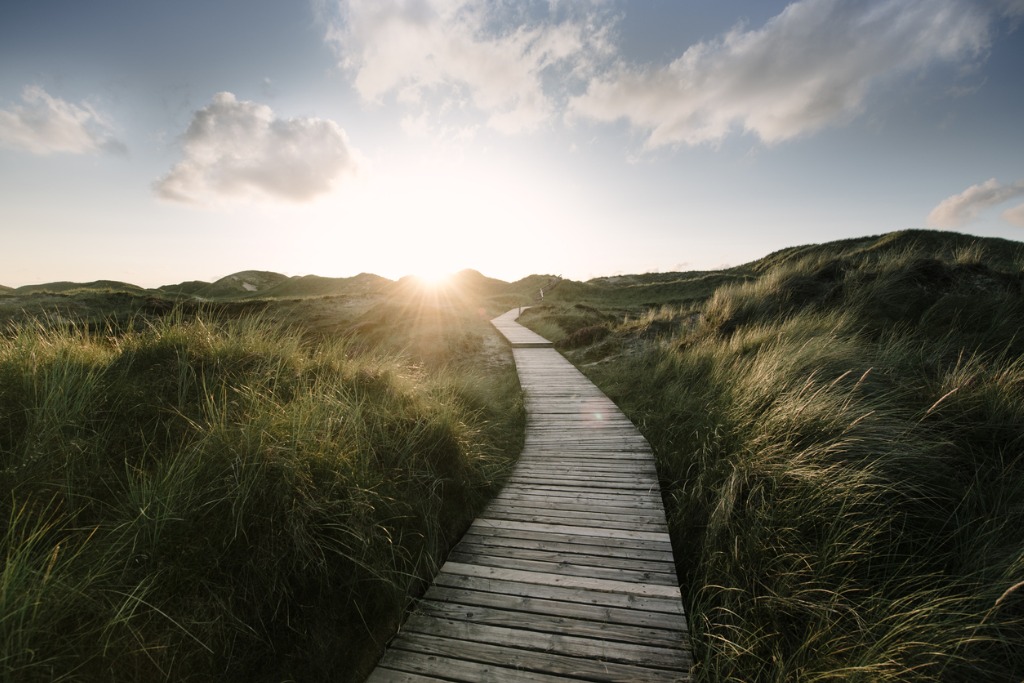
photo byPPAMPicture via iStock
To compose with feeling and make our stock photos stand out, sometimes we need to follow one or more of these rules to the letter, other times we should break the rules for a superior image. That’s where the feeling comes in.
Sometimes, you can dramatically alter an image by creative composition, other times it’s more of a fine tuning. Knowing how to use the rules in the first place will give you the ability to creatively break them as needed.
Capture Familiar Views
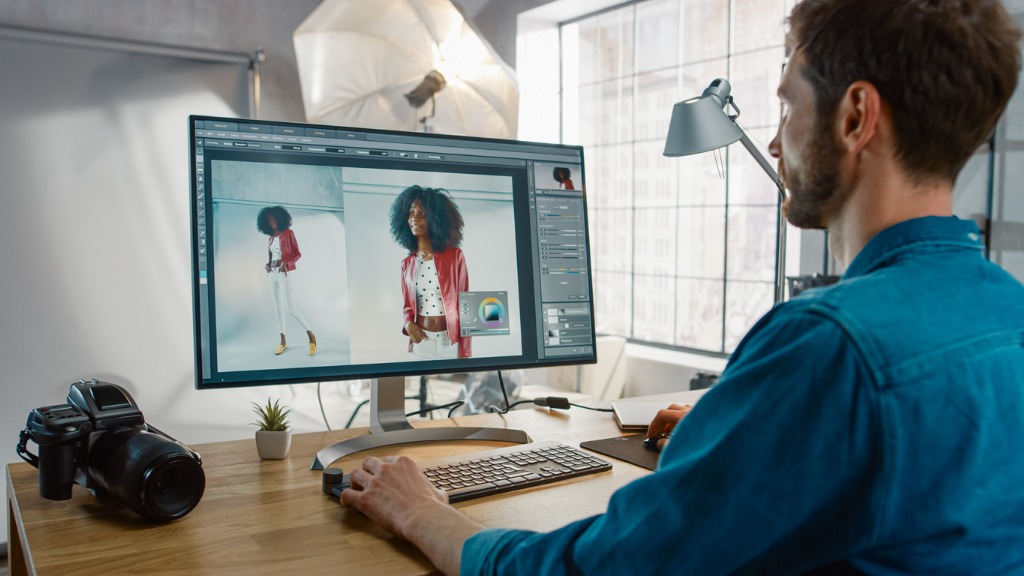
photo bygorodenkoff via iStock
Stock photography categories are full of everyday objects, everyday people doing everyday things. These familiar views, properly exposed and composed with balance make viewers feel comfortable. This feeling of comfort and familiarity can break the ice for your stock photo with the viewer and turn them into a buyer.
What stock photo subjects will benefit from this treatment is a topic you will need to research and keep up on in order to have people stop at your portfolio instead of scrolling right past it.
As part of a complete stock photography tutorial, I like to suggest that photographers look at other people’s social media, pay attention to trends, and really look at printed and online ads that catch your attention. If an ad image caught your eye, they did something right.

photo bykatleho Seisa via iStock
It also helps to show objects being used in a familiar way, too, whether it be a BBQ grill or a schoolbook. While a jarring juxtaposition can also draw attention to a stock photo image, it may likewise turn someone off from appreciating the image.
Research and paying attention to trends is the best way to know which way to go. Many of the top sites for stock photos have tools that you can use to check out current viewing popularity and buying trends.
Show Another Side
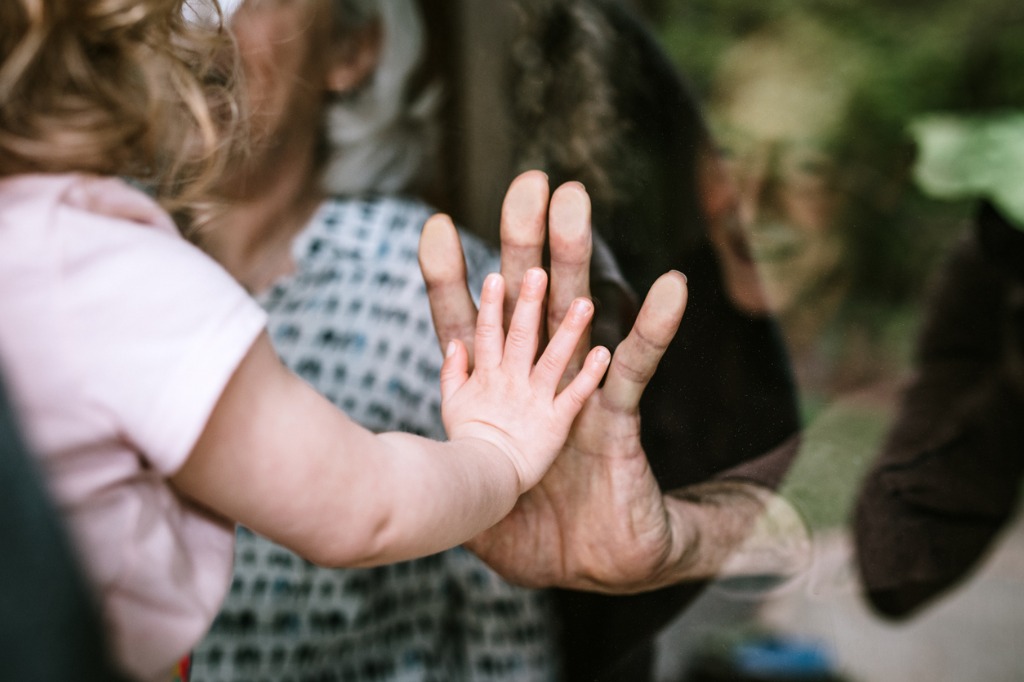
photo byRyanJLane via iStock
The unfamiliar can work, too, for capturing a buyer’s attention. How do you know which way to go, familiar or out of the ordinary? Why not do both?
As we used to say in a previous decade, film is cheap. DIgital file space can always be expanded, just use high capacity cards and have several of them on hand whenever you go out shooting for stock photos.
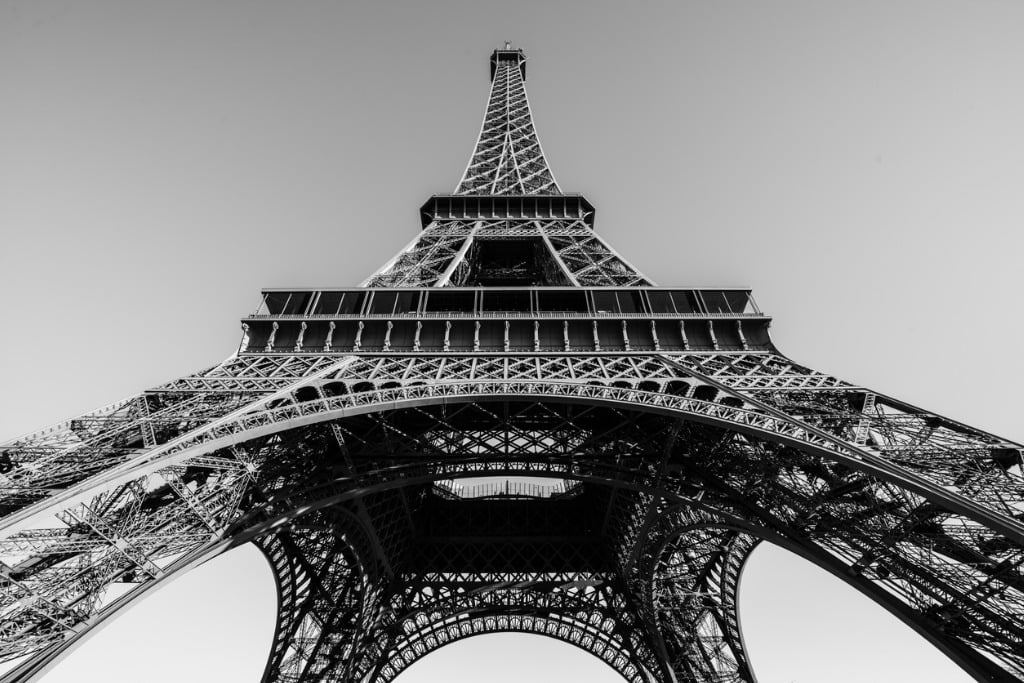
photo byBrasil2 via iStock
A car looks great in the standard angled view from the passenger side front fender, but a low level shot of a sports car’s front air dam, grill, and sloping hood can accentuate the power and speed of that same car.
Whether it’s stock photos of people, places, or things, while capturing all the familiar and comfortable views, make sure to also gather several out of the ordinary perspectives, too. That way, you’re covering several different schools of thought and the tastes of different buyers.
Include Negative Space
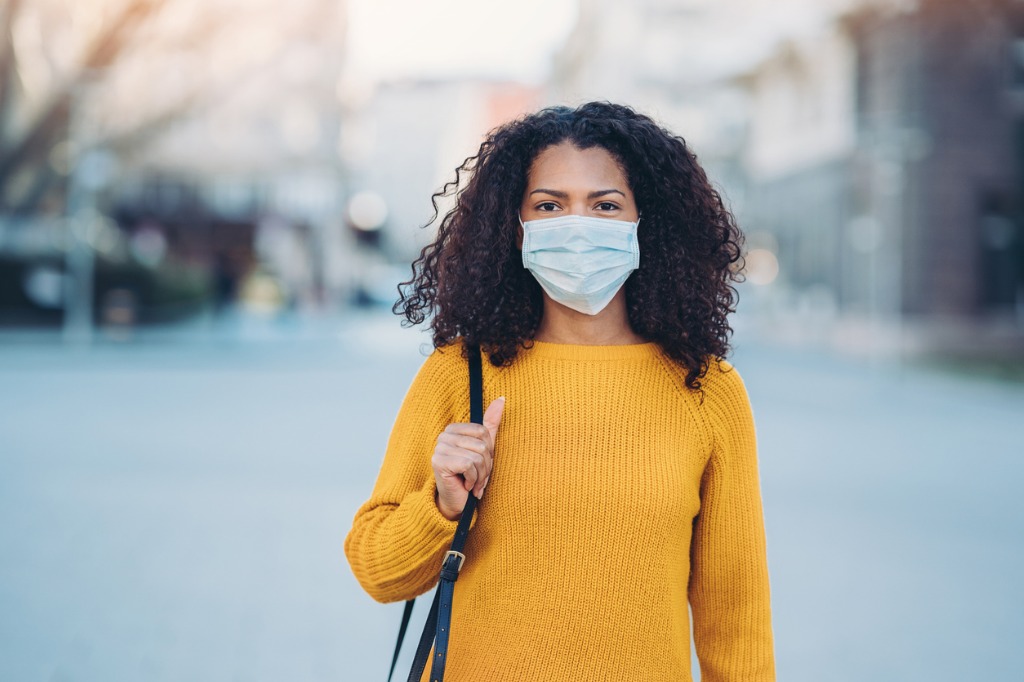
photo bypixelfit via iStock
Negative space for stock photos is a part of the image that doesn’t have a whole lot of visual interest going on. It doesn’t actually have to literally be blank like a blue sky, but by leaving some space in images, you increase your chances of hitting just the right ratio that an ad illustrator might need.
A huge number of stock photos are used as a simple illustrative device to help make a story flow better, this article has some stock photos used in that way. But an equally large number of images are used with ad copy or editorial copy right in the image area. Giving illustrators and editors options for how to use your stock photos can result in increased sales for you.
Create a Series
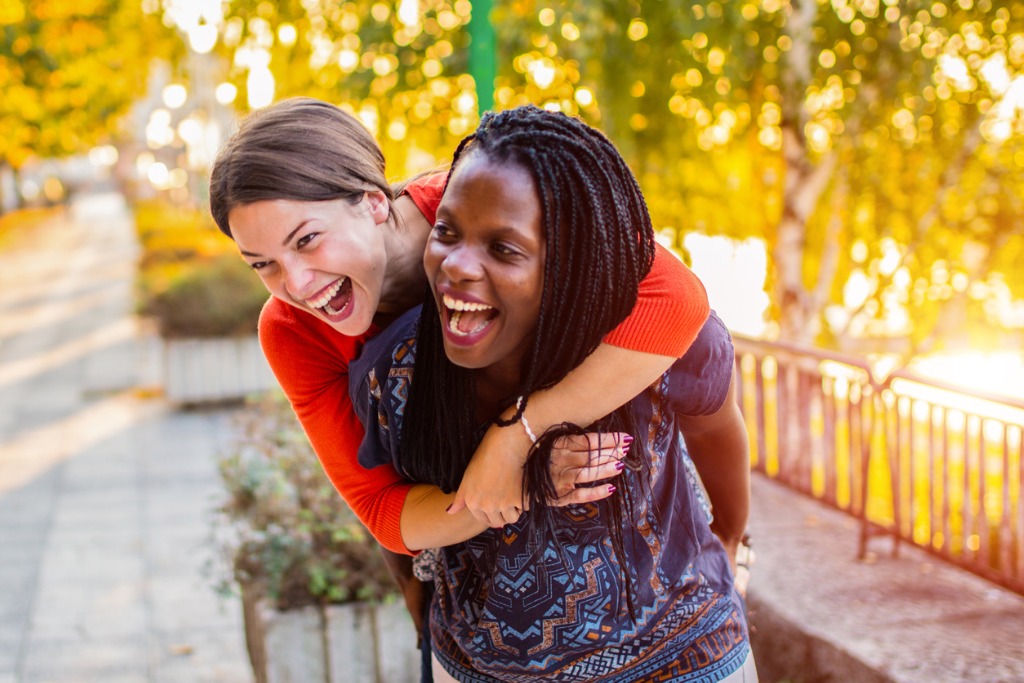
photo byViktorcvetkovic via iStock
An image series can make a viewer stop and take a look, which is great because lingering increases the chances that they will download an image. Having a series of the same object, place, people, or theme might even result in multiple sales since the buyer can already see in the mind’s eye how they may want to use more than one of your stock photos.
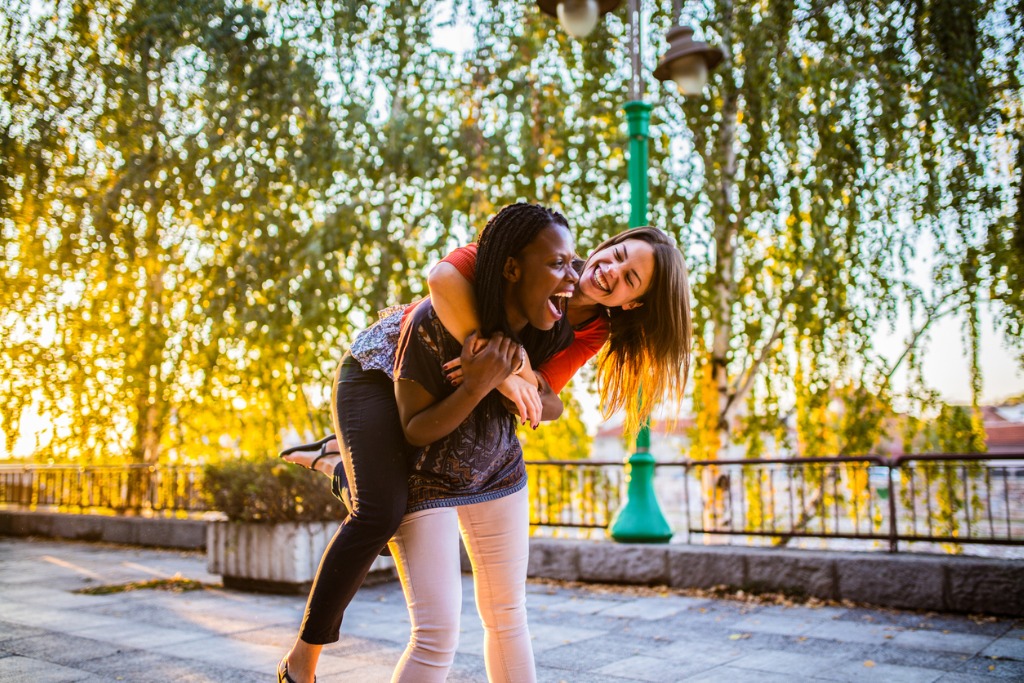
photo byViktorcvetkovic via iStock
A series can be made by varying where the negative space in the image is placed or you can make a series showing progressive effort or continuous action.

photo byViktorcvetkovic via iStock
Once again, keeping up with current trends through the agency you’re using for your stock photos will be of vital importance, since 9 images in a row of a biker riding past you may be popular one week (think Tour de France week), but not gather any attention the next. Which is why the last of my tips for how to improve stock photos is no less important that the previous six.
Keep Shooting
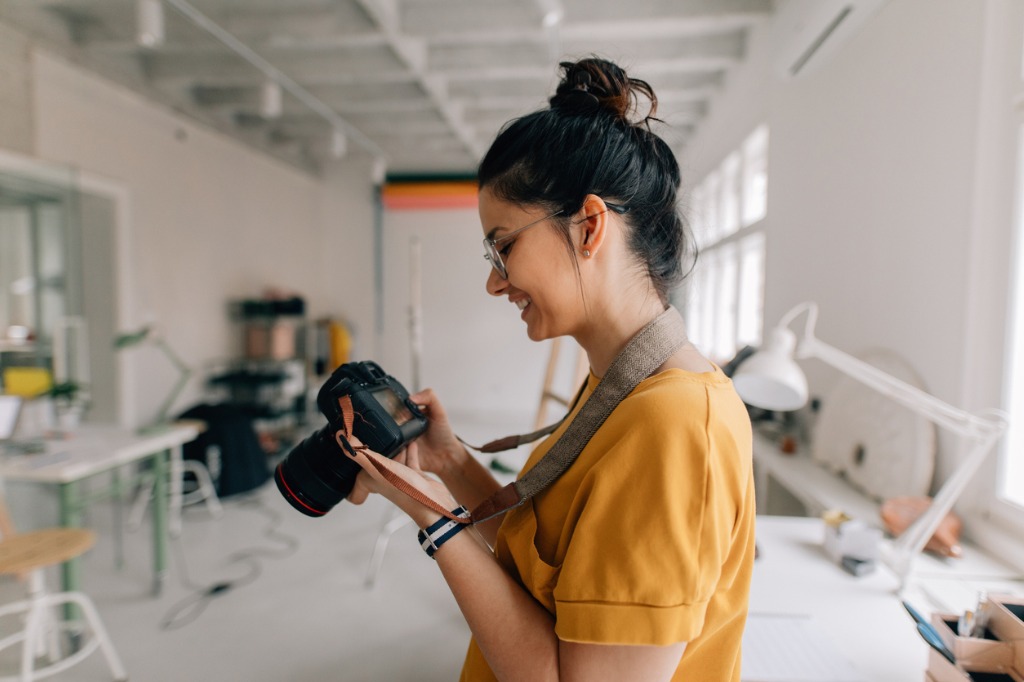
photo byAleksandarNakic via iStock
A popular TV astronomer from my youth used to have a catch phrase “Keep looking up!” He meant that if you don’t look at the sky every now and then, you could miss out on something really cool. (Jack Horkheimer, the Star Gazer, of the Miami Space Transit Planetarium in case you’re wondering, it showed on PBS.)
Same idea works equally as well with your hopes and efforts concerning stock photos, if you don’t keep shooting, eventually you’ll have nothing left to show and sell. Most of us are photographers not only for making money, but also because we love the art and craft of photography.
If you keep shooting, you’ll always be on the lookout for new ways to express your creativity. Not only will keep you abreast of current trends in selling stock photos, but it will also make you happy. I know I’m happy. I never work a day in my life because I love what I do. I’m positive you do too, so keep shooting and make your stock photos shine.
We Recommend
9 Alternatives to iStockPhoto

Years ago, before iStockphoto came along and you wanted a stock image, there were really only a couple of reputable outfits to find what you needed.
Even then, the supply of stock images wasn't all that great, with few images, images of questionable quality, and photos that just screamed of being from a stock collection.
That all has since changed, due in no small part to iStockphoto.
iStockphoto changed the game of stock photography because it made it faster and simpler to find high-quality photos. And while we're at it, iStock made it easier for photographers like you and me to sell our photos to end-users.
That improved access to stock photography came at a great time because we now live in a world in which content is king, and part of what makes content so important are the images that accompany the text.
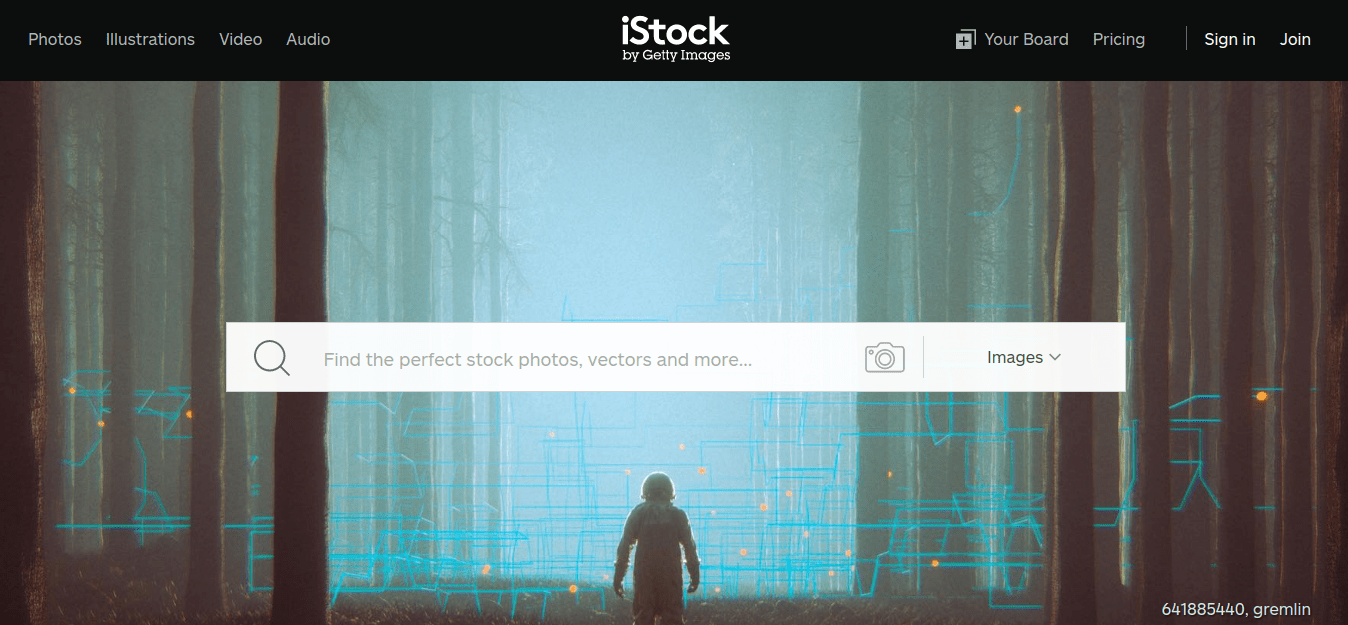
In that regard, a good stock image is like having a nice front porch - it welcomes you, makes you feel at home, and makes a great first impression.
Every article on PhotographyTalk has a featured image just for that purpose. It's not just there to look good; it's there to grab your attention and get you interested in reading the article.
What's more, having great photos throughout an article helps the reader. Good images can illustrate a concept or make an article look more professional. Images also serve to break up large swaths of text, which readers tend to appreciate.
Given that photos have so much power, you need to find the right images for your purposes.
A lot of times, iStockphoto has what you're looking for.
But in this era of creating original content, sharing on social media, and the like, you might find that you need a few more resources for finding the photos you want. Consider this list a good place to start.
123rf

At the time of writing, 123rf has nearly 75 million photos in their library, making it an excellent alternative to iStockphoto.
Like many other stock photography sites, you can purchase credits on 123rf, which are then used to purchase the images you like.
You'll likely find that the credits and subscription plans on 123rf are a little pricier than on other stock photography sites (subscription plans start at $59/month for 150 images), but they have a wide selection of free images that helps take the sting out of your pocketbook.
Most of the free images are small sizes or low resolution, but if you need something for a quick social media post, the size and resolution of the image won't matter as much.
See the stock photography inventory at 123rf.
Shutterstock
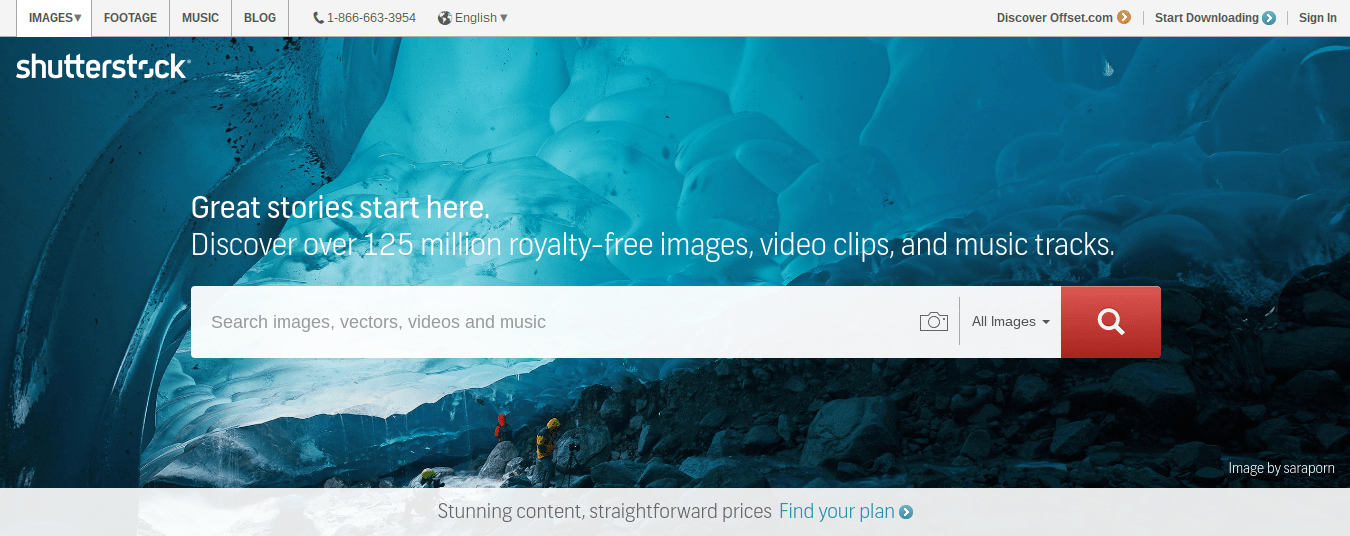
When it comes to inventory, it's tough to compete with Shutterstock.
With 125 million files and counting, it's got one of the largest stock libraries available today.
While most of those files are royalty-free stock images, Shutterstock also has video clips and music tracks, just like iStockphoto.
Shutterstock also has an enormous contributor list, with photographers from around the world uploading hundreds of thousands of images each week.
That means no matter how insatiable your need for images might be, Shutterstock won't be running out of fresh photos anytime soon.
With professional subscription plans that start at $29/month for 10 monthly downloads, Shutterstock is perhaps more budget-friendly than other sites on this list.
See the stock photography inventory at Shutterstock.
Dreamstime

Younger than some of its competitors like iStockphoto, Dreamstime has nevertheless built a solid reputation for offering top-notch photographs for stock photo users.
That includes a library of hundreds of thousands of public domain and royalty-free images that you can immediately download and use without paying a dime. If you're in a bind and need a good photo fast, the free images on Dreamstime is a good way to do it.
At the time of writing, Dreamstime claims only about 56 million images, which pales in comparison to other sites on this list.
However, Dreamstime boasts the largest contributor community around, with a whopping 17 million members contributing to the growing collection of stock photos on the site. That includes editorial images, illustrations, audio files, and videos.
The subscription plans for Dreamstime run the gamut from one-week plans with 5 images for $0.05/per image to 12-month plans with 9,125 image downloads for $1,724.
Needless to say, Dreamstime has a package for you regardless of your stock photo needs!
See the stock photography inventory at Dreamstime.
Fotolia

Fotolia is unique in a couple of ways.
First, it's owned by Adobe, which, depending on your opinion of Adobe, that might be a good or a bad thing.
A second unique feature of Fotolia is that its collection is more equally distributed between photos and illustrations, something that iStockphoto cannot claim.
In fact, if you're in need of illustrations for a blog, article, or other content, Fotolia is probably your best bet.
Fotolia also offers an incredible variety of plans, including an on-demand service that gets you 10 image credits for $14.
See the stock photography inventory at Fotolia.
Alamy
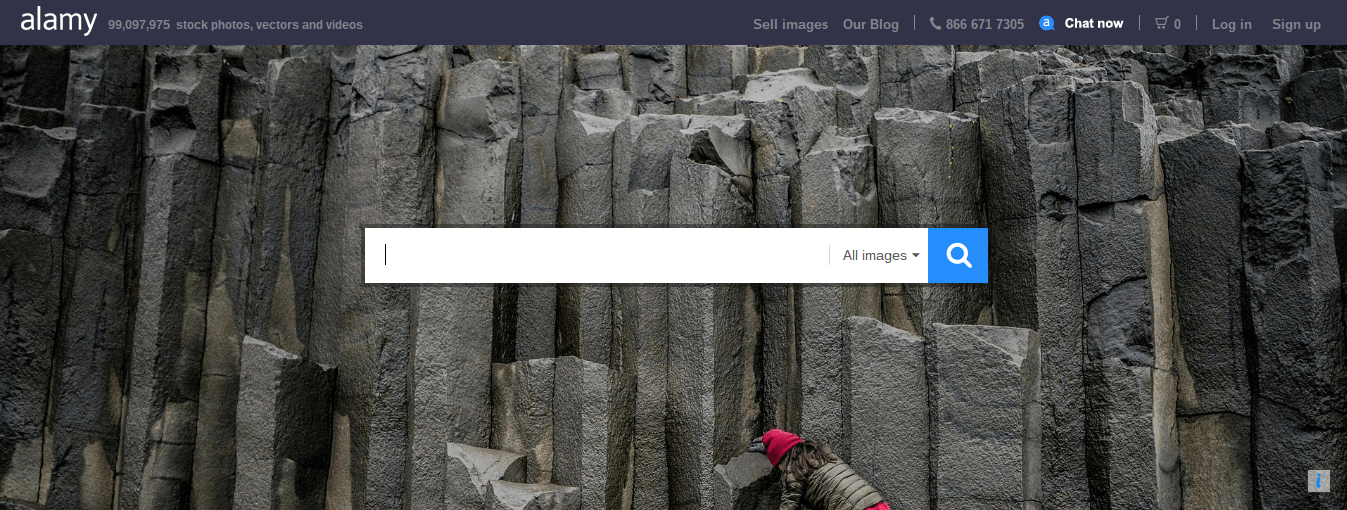
A newer player in the stock photography field is Alamy, which is growing at an astonishing rate.
Just a few years ago, they had scarcely 10 million images, but now they have nearly 100 million images, videos, and illustrations in their collection with 80,000 more added each day.
When it comes to diversity of photos, Alamy actually has one of the best collections around.
What's more, Alamy doesn't require you to purchase credits or subscribe to a specific plan.
In fact, you don't even have to register to use Alamy.
Just pick a pricing plan - which start at $19.99 - and you're good to go to get high-quality images.
See the stock photography inventory at Alamy.
Fotosearch
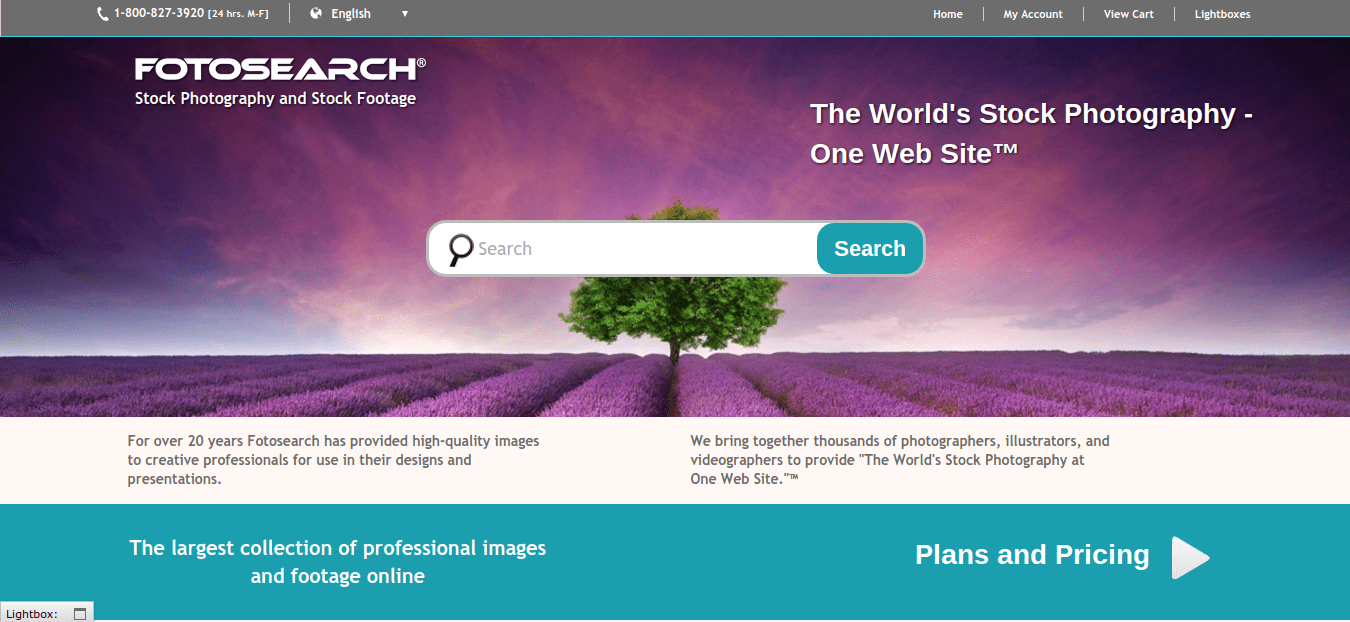
Now in their 20th year of business, Fotosearch has come on as a primary player for people that need stock photos, illustrations, and videos.
Fotosearch has a solid reputation like iStockphoto for having high-quality images in popular categories that everyone from work-at-home bloggers to corporate marketing specialists can use for their respective needs.
Having high-quality photos is a good thing, but that's especially true in the case of Fotosearch because they have many different pricing plans to meet various needs.
In fact, you can choose your plan based on the type of photos you need. Sign up for a plan for royalty-free images, rights-managed images, or go the more traditional credit route if you so choose.
See the stock photography inventory at Fotosearch.
Bigstockphoto

With nearly 50 million stock photos, videos, and illustrations at the time of writing, Bigstockphoto might not have the expansive collection that iStockphoto does, but that doesn't mean that Bigstockphoto is short on quality.
In fact, this site is owned by Shutterstock, so users have access to many of the perks that Shutterstock users enjoy, including an extensive list of image categories from education to sports, business to travel, and everything in between.
Bigstockphoto also has several pricing plans to fit about any budget, from $79/month for 150 images.
See the stock photography inventory at Bigstockphoto.
Depositphotos

Another excellent alternative to iStockphotos is Depositphotos.
This site has creative images, editorial images, videos, and illustrations that fill out its inventory of 60 million files.
One thing that Depositphotos users enjoy is news images that are updated daily for editorial purposes.
What's more, the site has an excellent categorization system that makes it easy to find photos, even those in genres that don't get much attention like signs, symbols, or tools.
Registration for Depositphotos is free, and you can choose from a variety of pricing plans. Among the most popular is the Flexible Plan, which gets you 30 high-resolution images per month for $29.
See the stock photography inventory at Depositphotos.
Canstockphoto
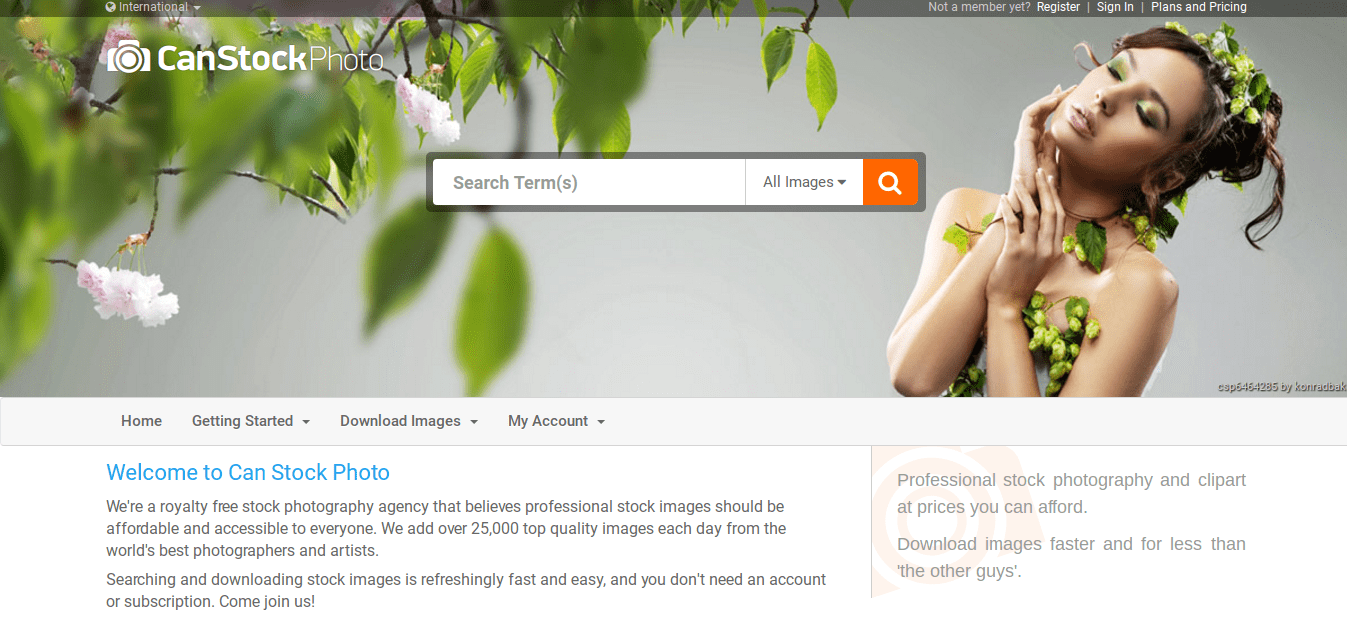 If you're looking for a budget-friendly option, Canstockphoto gives iStockphoto and the other sites listed above a run for their money.
If you're looking for a budget-friendly option, Canstockphoto gives iStockphoto and the other sites listed above a run for their money.
With many images as little as $0.14 each (depending on the plan you choose), you can get tons of images for pennies on the dollar.
Canstockphoto has a good selection of photos but also has illustrations, vectors, and videos for other needs.
About 25,000 files are added to Canstockphoto each day, so their collection is up-to-date and fresh.
What's more, you don't have to subscribe or register to use the site.
See the stock photography inventory at Depositphotos.
As noted earlier, iStockphoto is an excellent choice for individuals and businesses that need to procure stock images, audio or video files, or illustrations.
In fact, iStockphoto is one of my favorite stock sites.
But if you can't find what you're looking for at iStock, there are plenty of other websites where you can find what you need.
We Recommend
Do More With Less: Mastering Negative Space
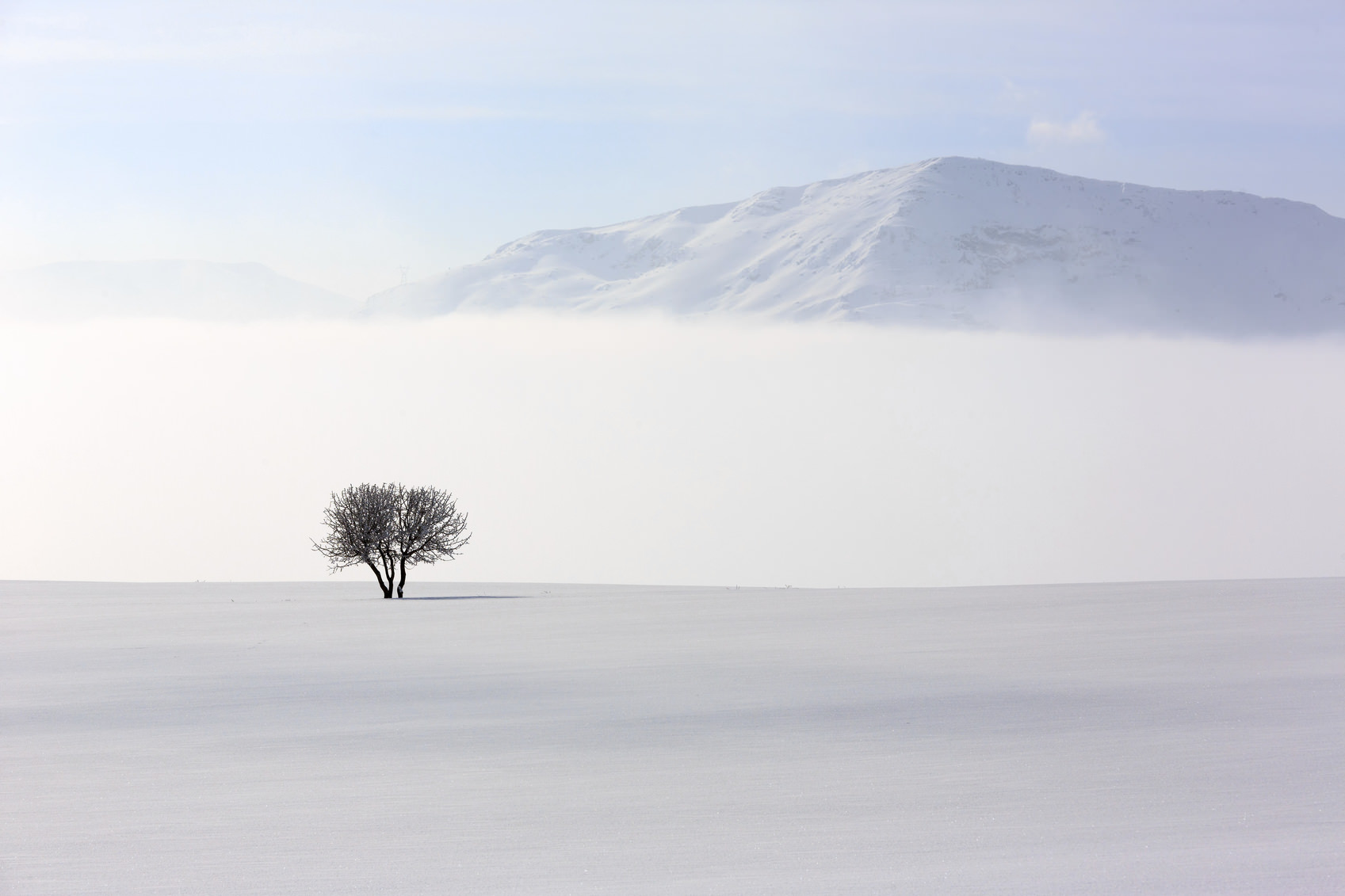
Be honest...how often do you compose a photo and are so fixated on getting your subject just right that you forget about one or two other elements that could have just as much impact on your composition? How many ugly backgrounds, branches protruding into the frame, and unwanted sun flare have you had in your images over the years?
The chances are that there have been more than a few. There’s also a good chance that along the way you’ve neglected to think about how negative space can improve your compositions as well.
In this tutorial, we’ll explore negative space, including why it can be such a positive thing for the photos you create.
Negative Space Defined
For the uninitiated, negative space is the area in the photo that is not occupied by your subject. Negative space can take many forms, from colors and tones to textures and shapes. The common thread, though, is that negative space is typically relatively featureless so that it doesn’t compete with the primary subject of the photo for the attention of viewers.

Benefits of Negative Space
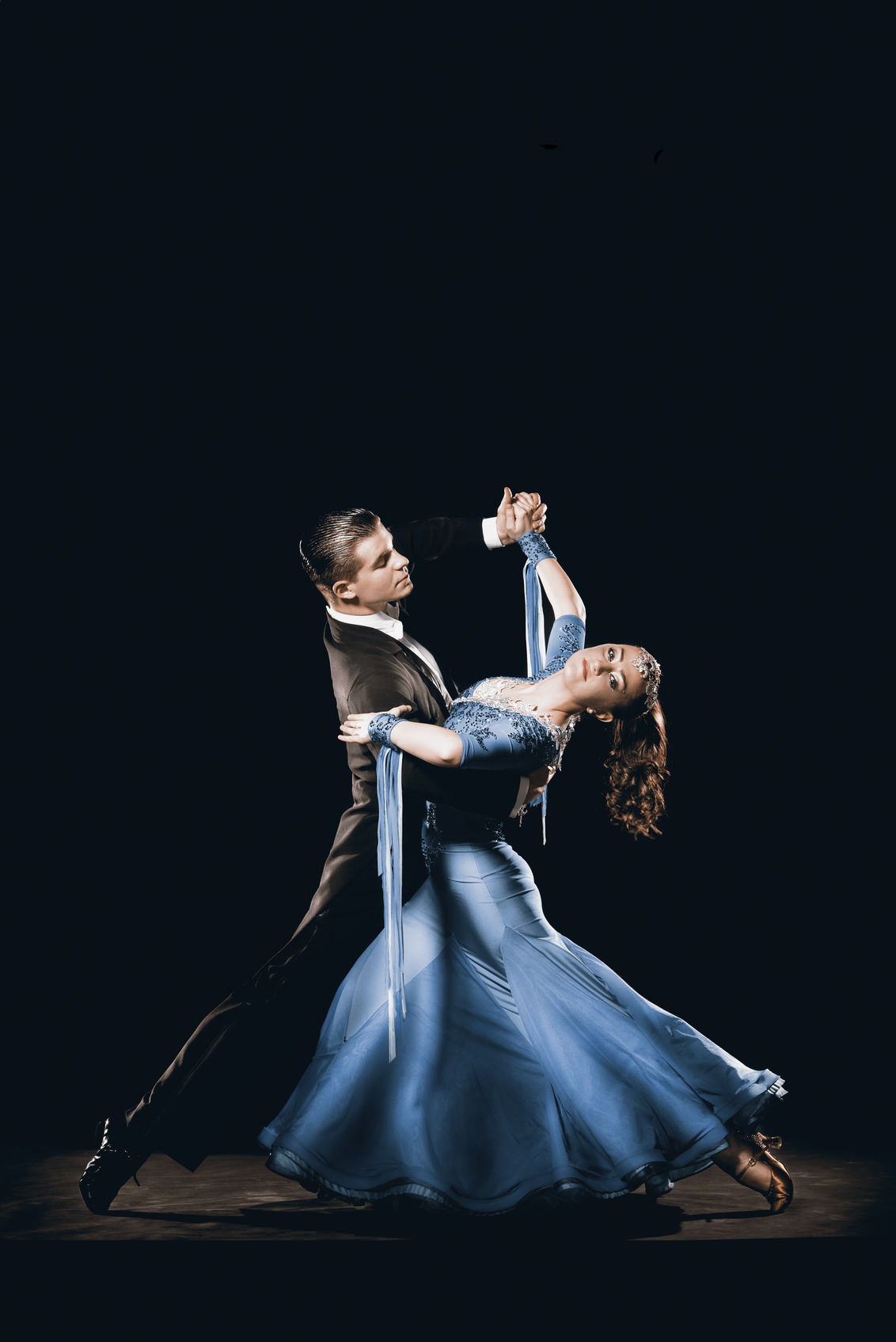
You might not think that negative space is all that valuable. After all, it’s just “empty” space. Yet, including negative space in your images does have its benefits. When the positive space - your primary subject - takes on such an important role in your image, you need something to act as a counterbalance. Where positive space is packed with detail and interest, negative space is typically devoid of much detail. By incorporating an area of negative space that’s larger than your primary subject, the image has greater balance. Negative space usually serves to confine the positive space as well, giving it increased definition in the image.
Furthermore, negative space helps push the viewer’s eye toward the primary subject. Because the negative space doesn’t compete with the visual interest provided by the subject, the subject becomes that much more important and holds the viewer’s attention for longer. Think about it this way: if you view two portraits, one of a person standing in front of a non-descript wall and another of the same person in a sea of other people, which image has the more powerful subject? The first image has more power, of course, and that’s thanks in large part to negative space.
How to Define Negative Space
When you compose an image, it’s natural to give your attention to the subject. However, when using negative space, it’s equally as important to define it within the context of the frame.
Doing this is quite simple: when composing your image, pay close attention to how the negative space and the edges of the image interact with one another. The border of your image should serve to contain the negative space, which gives it shape and dimension, and also helps to define it as a purposeful element of the image.
Composing Images With Negative Space
Including negative space in your images requires you to visualize your subject and its relationship to its surroundings. You have to look closely at the background, inspecting it for qualities that will make it good negative space or qualities that cause it to be a distraction. In the latter scenario, there are several things you can do to rectify the situation:
Move Yourself
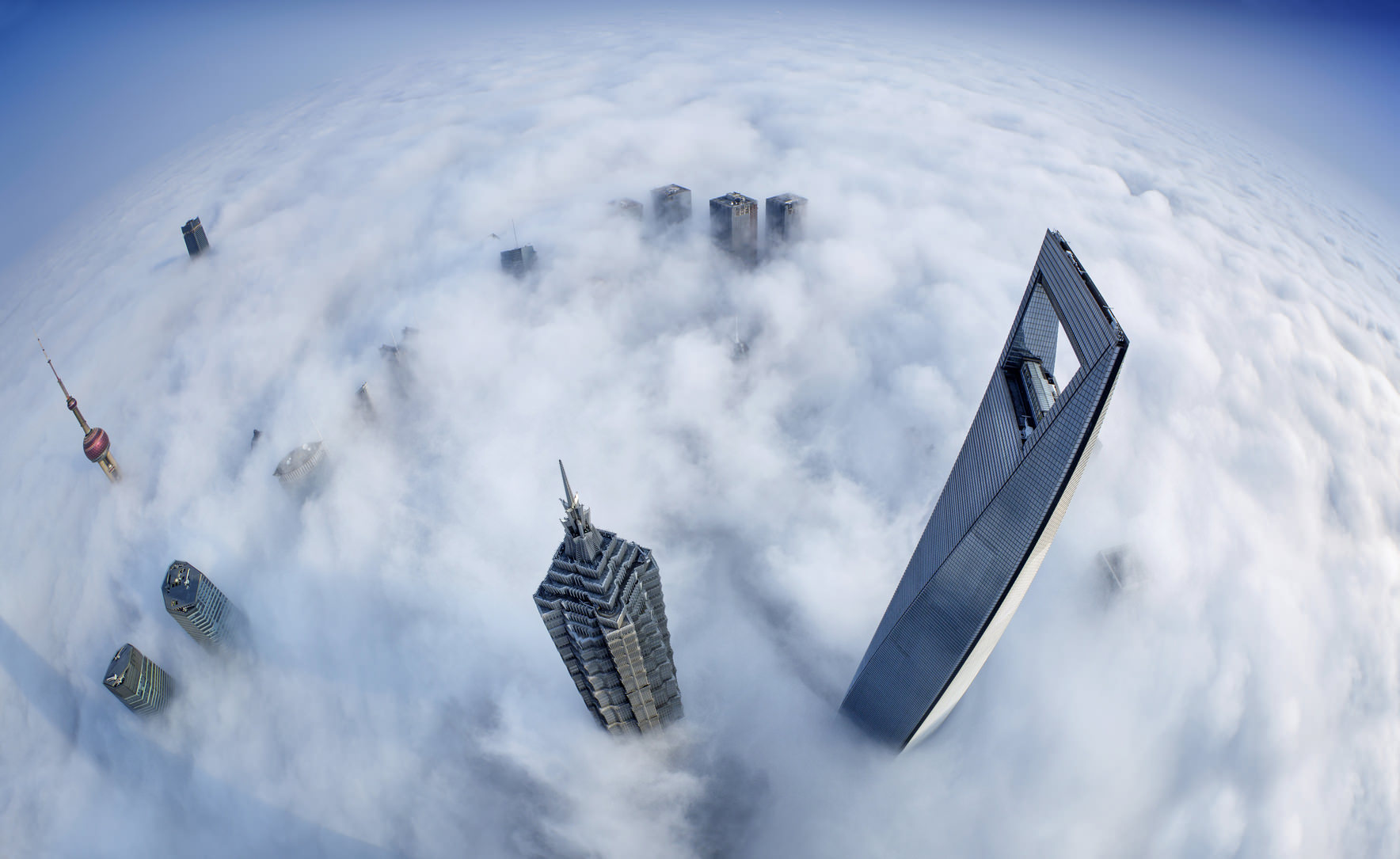
This might be the easiest solution for seeking out negative space. All you have to do is move your feet and find a better angle or perspective from which to shoot. If the background is too busy, try shooting upward at your subject from a low angle such that the sky becomes a nice, relatively featureless background that will serve well as negative space. Also try shooting downward from a high perspective, using the ground or the floor as a nice area of negative space.
Shoot Wide Open
The wider the aperture, the shallower the depth of field, and the blurrier the background becomes. A blurry background can be used effectively as negative space, so long as it isn’t too busy with different colors or areas of light that, though blurred, can still be distracting. As noted above, keeping an eye on the background and the qualities it presents is key to a successful image.
Move the Subject

This isn’t always an option, but if you can, try moving your subject such that it is placed in front of an uncluttered background. Even better, plan ahead and select shoot locations that are ripe with nice backgrounds that can serve as good negative space. For example, when shooting an outdoor portrait, place your model in front of a solid-colored wall as opposed to in front of a garden full of brightly colored flowers.
Final Thoughts
Using negative space as a compositional tool is nothing new or groundbreaking, yet many beginner photographers don’t utilize it to their advantage. As discussed above, negative space helps create a more balanced composition and draws the viewer’s eye toward the subject. Negative space also defines the positive space in the frame, resulting in an image that is more pleasing to view. Negative space isn’t something that’s necessary for all photos, but having it in your compositional toolkit will only benefit you moving forward.
We Recommend
Inspiring Tips for Your Stock Photography
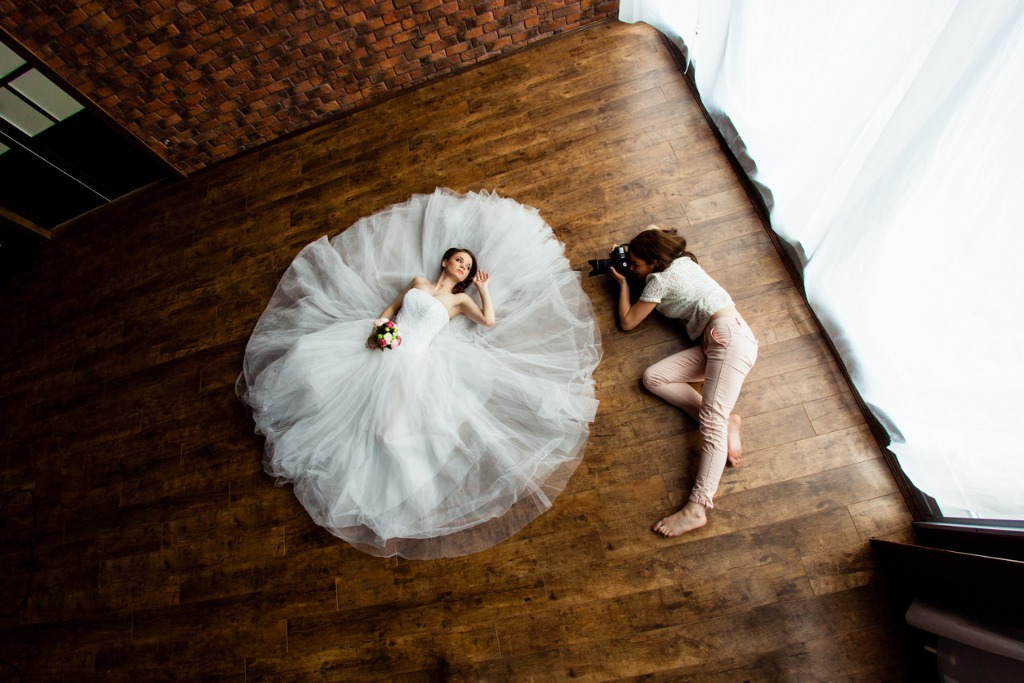
photo bymeatbull via iStock
Stock photography is an excellent way for photographers to bring in money right now while they can’t actually participate in photoshoots.
But, stock photography is one of the more grueling types of photography. It can be tiring to work endlessly to build up your stock photography business before seeing much return. It’s like a game of sales where you’re repeatedly hearing the word, “no,” or worse yet, not hearing anything at all.
To give you all a little inspiration on your stock photography game right now, we’ve been building a huge stockpile of stock photography advice, including an article about how to sell stock photos, one about the most popular stock photography categories right now, and another about mistakes you need to avoid.
In this article, you can expect just a little more inspiration to ensure you don’t give up on your stock photography game just yet.
Stick to a Niche
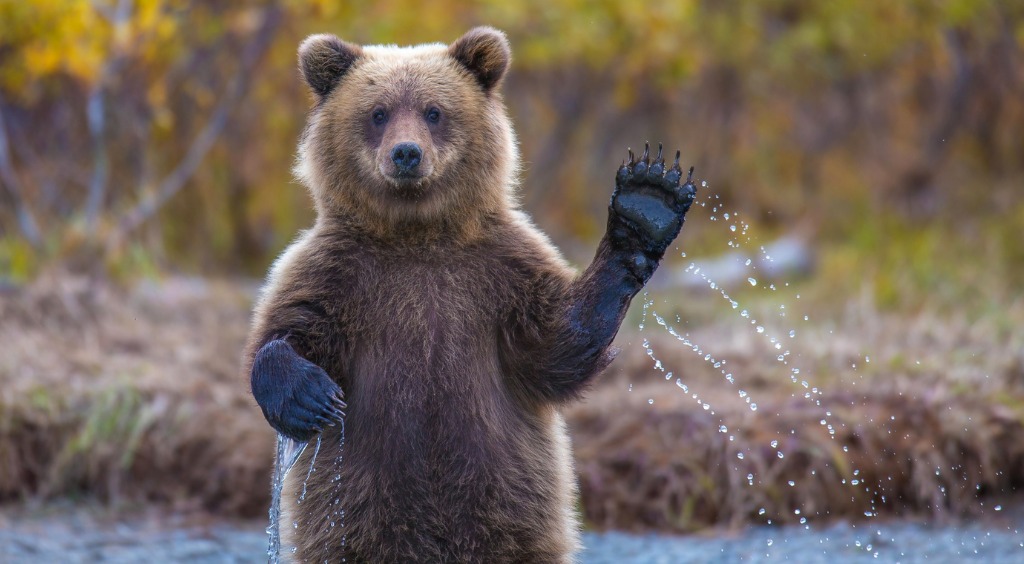
photo byMasha Rasputina via iStock
Once you’ve learned how to shoot for stock photography, your next goal is going to be to find a niche that you love and think you can stick with.
This is going to take some exploration, but it’s important that you pick something you can really put your heart and soul into, or else your photos are going to fall flat. Marketers don’t want photos with no artistic appeal whatsoever.
Editor’s Tip: Want to get really inspired to improve your stock photography? Try our 30-DAY CREATIVE EYE CHALLENGE! This course explores many different genres of photography and helps you build skills that will generate improved results in just 30 days. Give it a try and watch your skill set improve!
Listen to Your Customers

photo bypicture via iStock
Depending upon the stock photography website you use, you will either get direct or indirect feedback from your customers. Direct feedback means they will be able to message you and let you know why they chose your work. This is easiest to understand.
Indirect feedback, on the other hand, means you simply need to pay attention to which of your photos are selling and try to figure out why from your clients’ perspective.
Put in the Hours

photo byandresr via iStock
The reason we’re doing this series of articles on stock photography tips is that it can be incredibly tiring to work for 60-70 hours a week on something without seeing any financial gains.
But, if you really want to succeed within the stock photography market, you need to build up your business. Treat it like a full-time job and you’ll be raking in the cash in no time.
Pay Attention to Trends
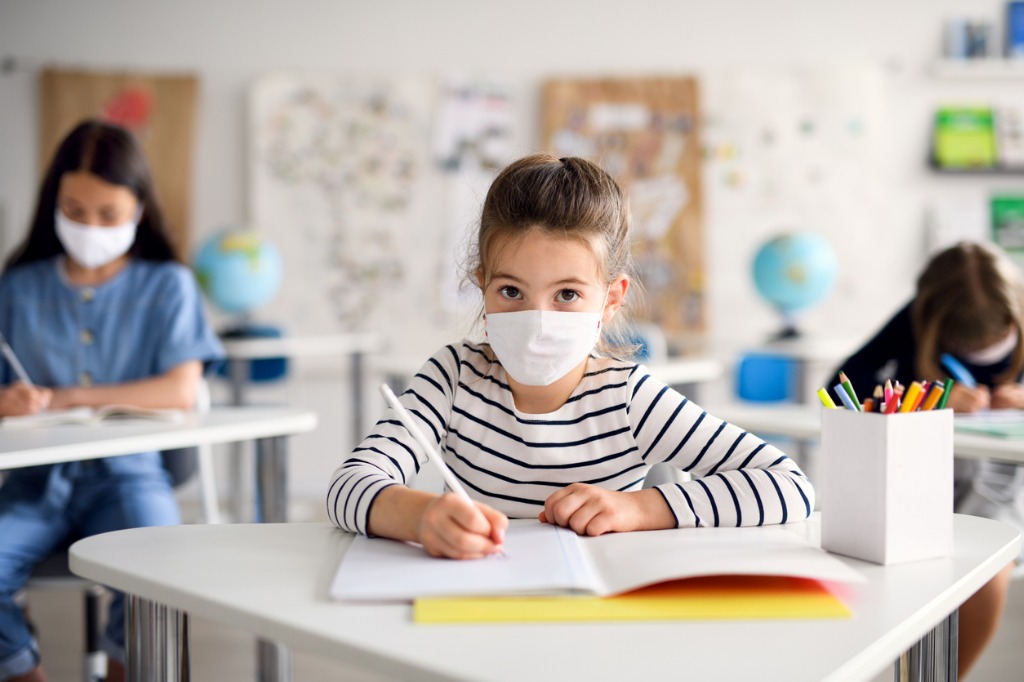
photo byHalfpoint via iStock
I recently wrote an article all about different stock photography ideas that are selling right now. Obviously these trends are going to change, but if you can get on top of a trend before it hits full steam, more clients are going to choose your photos, which in turn means that stock photography websites will favor your photos in the future.
Trends can include holidays, which happen every year, or current events, like the pandemic.
Be Authentic
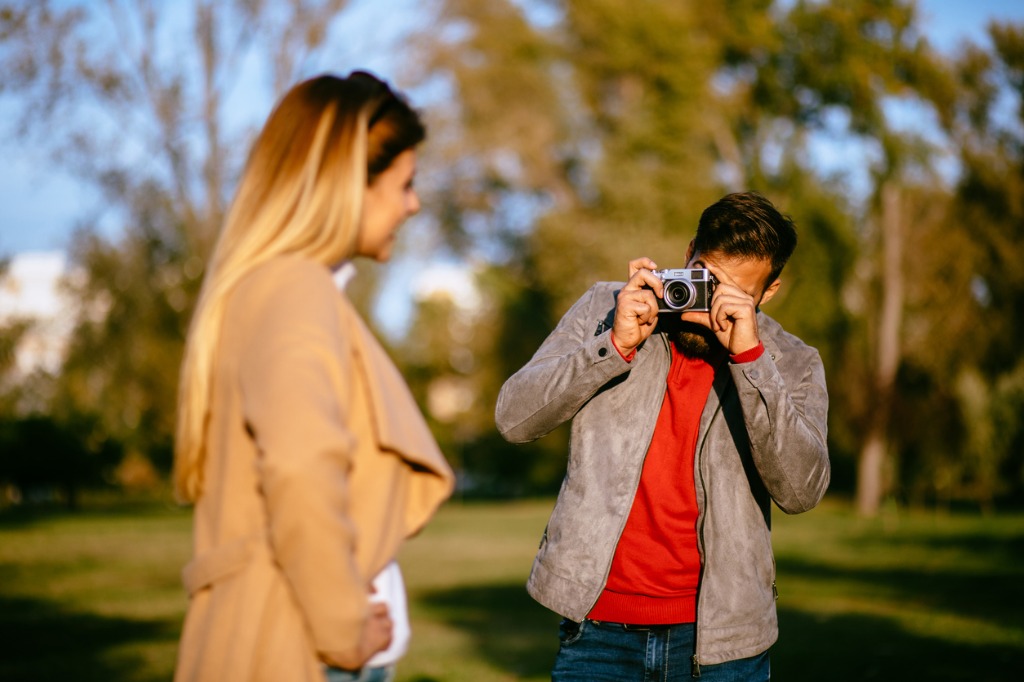
photo byEmirMemedovski via iStock
Authenticity comes through in your stock photography. If you ever find yourself taking photos you don’t like or don’t agree with, then you need to reevaluate.
Keep Up with the Competition

photo bykate_sept2004 via iStock
Just like you need to pay attention to trends in stock photography, you also need to keep an eye on your competitors. What are they doing that is different from what you are doing? Do you see them all doing something similar?
The way that I do this is I found a few people who are creating stock photography I really enjoy and I’ll check in on their work about once a month.
Create Photos for Everyone

photo byfizkes via iStock
You need to create diverse photos because there are a ton of people out there in the world who don’t look, think or act like you do. Are you really willing to lose out on their business because you couldn’t open up your circle a little bit?
Learn More:
- Stock Photography Success Tips: Planning and Research
- Stock Photography Success Tips: Best Stock Photo Sites 2020
Don’t Quit Your Day Job

photo bymixetto via iStock
This is one of those stock photography tips nobody wants to talk about, but it’s really best to keep your day job (even if it’s in photography) until you can be certain your stock photography business will bring in enough cash.
Of course, during a time when very few people have jobs, building something for yourself instead of sitting on the couch is definitely the right move.
Ensure Each Photo Tells a Story
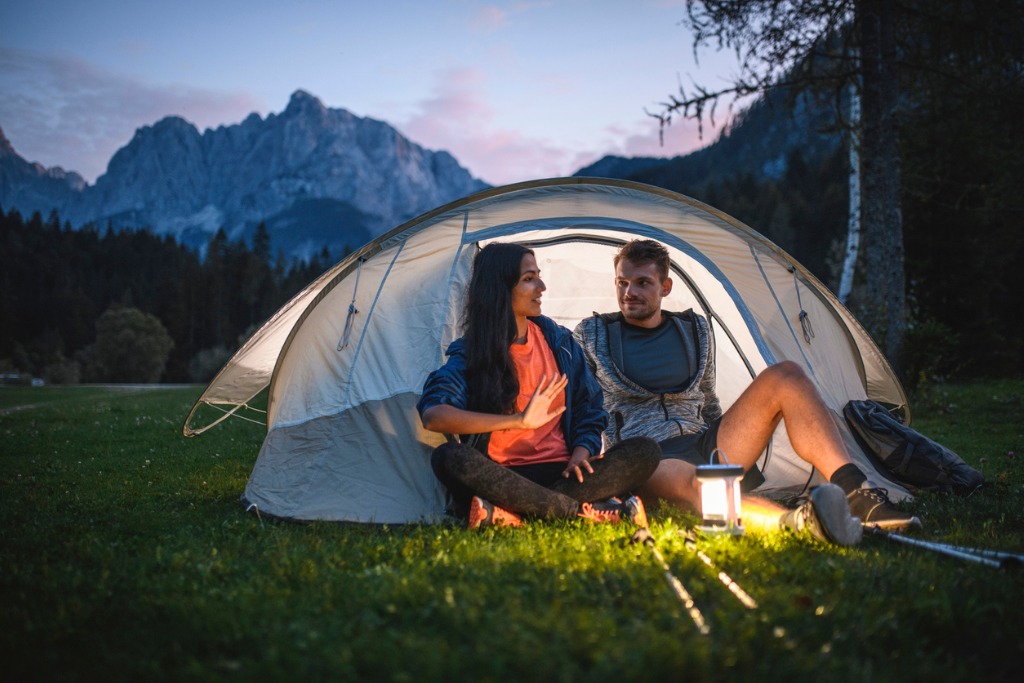
photo byAzmanL via iStock
What’s more interesting: a photo of a beautiful landscape or a hero shot of a person in front of a beautiful landscape?
People are drawn to stories. They’re also drawn to other people. If every one of your photos tells a story, you’re going to sell more of them.
Don’t Put Your Camera Down
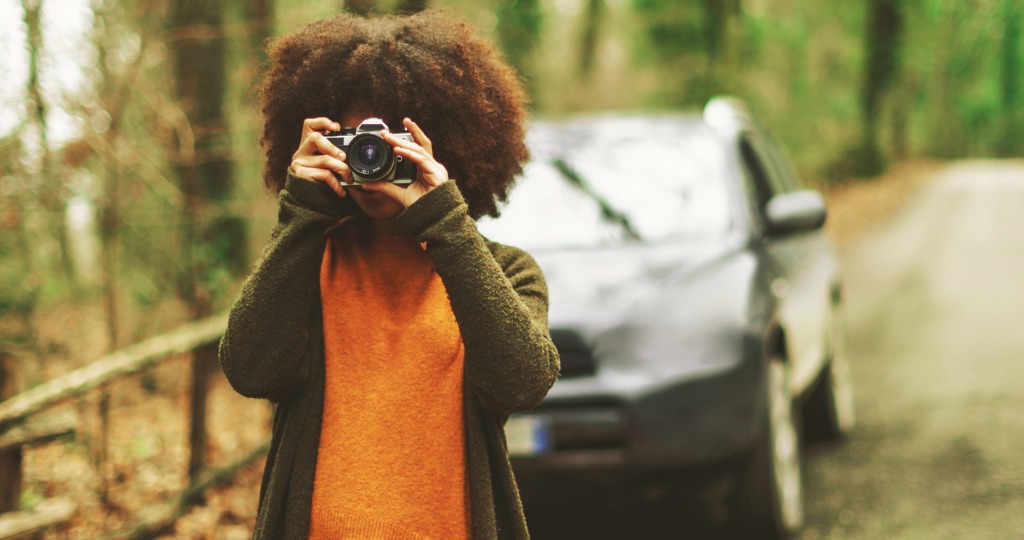
photo bypiola666 via iStock
This sort of goes along the lines of don’t stop working, but the more times you have your camera with you, the more times you’re going to catch an image you never otherwise would have.
Whenever you’re commuting, playing with your children, or simply going on a walk, bring your camera. You never know what you might see.
Think About the Human Experience
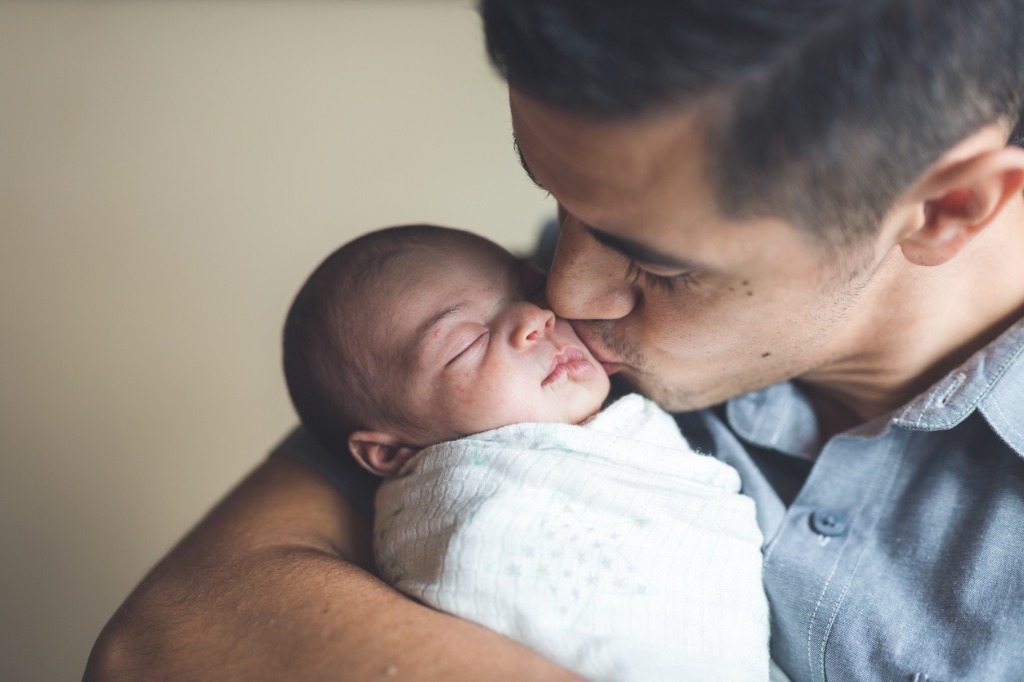
photo byFatCamera via iStock
One way to be more authentic while you’re shooting is to capture things you think are funny, or sweet, or saddening. If something triggers your emotions then it’s more likely that it will also trigger the emotions of someone else looking at your photo.
While humans obviously have a lot of differences, we also have a lot of similarities that make us part of the same group.
Bring a Piece of Your Hometown to the World
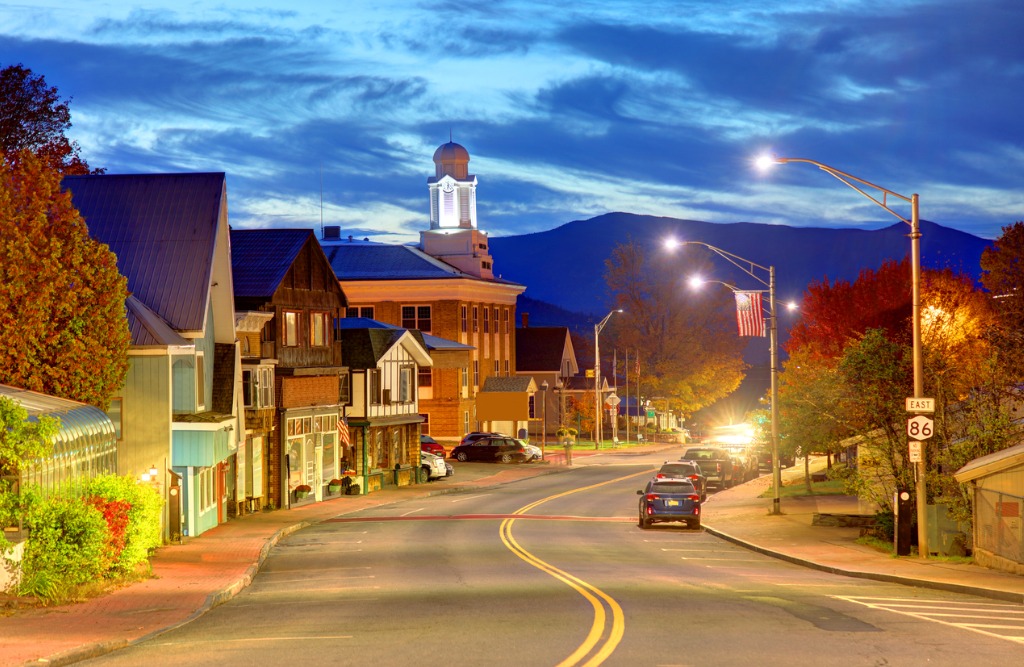
photo byDenisTangneyJr via iStock
Not everyone can afford to travel all over the world for their stock photography business, but that doesn’t mean your photos are going to be any less interesting than theirs.
Try and look at your surroundings as if you’ve never seen them before and capture what it feels like to be a tourist in your hometown.
Think Like a Marketer

photo byPeopleImages via iStock
Marketers are probably going to be your number one client in stock photography, which means you need to approach your body of work from their perspective.
Learn PhotoShop

photo bygorodenkoff via iStock
While all stock photography is obviously in danger of being overedited, your clients definitely don’t want raw photos either. If you aren’t well-versed in PhotoShop, then you should take a local class or teach yourself through YouTube.
Learn More:
We Recommend
Master the Art of Drone Photography: Part 1

If you have a drone - and these days, who doesn’t - you understand the trials and tribulations as well as the joys of using an aerial vehicle for photography.
But to think that taking photos from above is the same as it is from your handheld camera is a total misconception. There are the photographic considerations, including subject matter and camera settings. There are also the issues related to the responsible, safe, and legal use of drones.
In the first part of our two-part series on drone photography, we explore legal and privacy issues, as well as topics related to safely flying your drone.

Legal Issues

As drones have become ever more popular, more and more laws have been passed governing their use. Since consumer-based drones are still relatively new, governments worldwide are scrambling to devise rules that pertain to when, where, and how drones can be used, and by whom.
At the center of it all is the common sense use of your drone. Naturally, flying it near buildings, over your neighbor’s backyard, or near airports will do nothing but get you in a heap of trouble. Additionally, flying your drone over something that could be damaged or destroyed should the drone crash is a simple matter of using your head and your wits. In short, if you’re about to fly your drone somewhere and you have doubts about the appropriateness of it, don’t do it!

In the United States, the Federal Aviation Administration has issued a broad spectrum of rules of which you need to be intimately familiar before you take your first flight. The FAA’s Unmanned Aircraft Systems website is the go-to place for the latest in terms of news, regulations, instructions on how to register your drone, and procedures for flying. Other entities, like states, and cities, may have their own set of rules as well. These regulations also vary from country to country, so it’s best practice to check with local authorities before sending your drone up into the sky.
Another excellent resource is the Know Before You Fly Campaign. With guidelines for responsible flying, resources for drone enthusiasts, and much more, it is worth a visit if drone photography is in your future.
Practice Makes Perfect

Once you’ve explored the legalities of flying a drone, it’s time to practice.
It goes without saying that you will need to examine a practice area to ensure that it is safe and legal to fly there. A wide-open area would be an ideal spot, such as an empty field in a rural area. Granted, not everyone that has a drone has the luxury of an open field nearby, so this is another common sense moment. Choose a location that is as open as possible and affords you sweeping views so you can maintain eye contact with your drone at all times. Above all else, ensure that your practice location has nothing that can be damaged and no people that can be hurt. If it crashes, you want to deal with a broken drone at the worst, not a destroyed car windshield or a hurt bystander.
You’ll also want to check the weather to be sure you’re taking to the skies in the best possible conditions. The less wind, the better, for obvious reasons. You will have enough to worry about just trying to master the controls of the drone; you don’t need a breezy day to add more stress to the situation!
Beware of the Battery

Many drones are equipped with a feature that, in case of an emergency, it will return to its launch point automatically. This is great for both you and the drone if something goes awry.
However, if you don’t keep an eye on the battery levels of your drone, it will land wherever it pleases, which can be inconvenient at best and downright destructive at worst. It’s far too easy to get caught up in the process of flying, and once you add taking photos, there is an awful lot to command your attention.
As such, you will need to develop a system for checking your battery life. Set a reminder on your phone. Have a friend time your flight and call out how many minutes of battery life are left. Try to launch the drone as close to the area you want to photograph as possible. These are simple steps, but they could very well save you lots of trouble should your drone run out of juice.
Understanding the factors that reduce battery life is essential as well. The more camera weight it has to carry, the less time your drone will be able to fly. Windy conditions and cold weather have a deleterious impact on battery life as well. Be prepared to cut your flight time in these conditions by as much as half!
Final Thoughts

There is far more to know about flying a drone for photography purposes, so be sure to check the resources provided in this article before you attempt to tackle drone photography. As noted above, it’s mostly about using common sense and being informed about what you can and cannot do with your drone. Be responsible, check local regulations, and take the time to learn how to fly your drone safely before you attempt to add photography to the mix.
We Recommend
Popular Stock Photography Categories
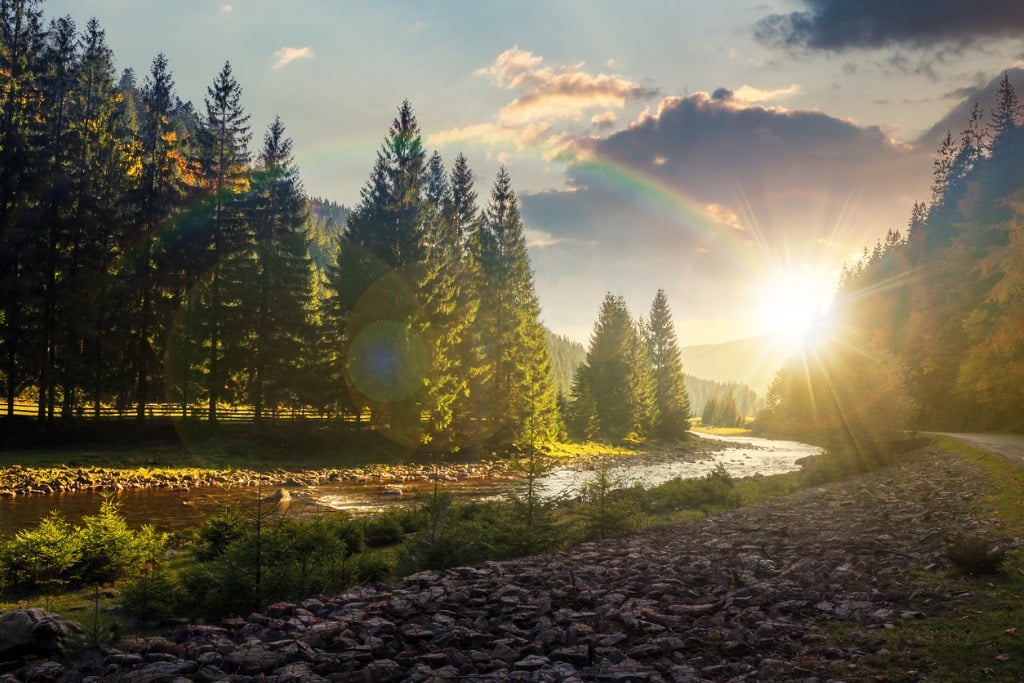
photo byMike_Pellinni via iStock
I’ve written a bunch of stock photography articles lately encouraging photographers to try to break into the field to bring in some extra money during the pandemic.
For instance, I recently wrote an article outlining different research methods for photographers looking to begin selling their images on stock photography websites.
But, I haven’t covered the different popular stock photography categories. This is obviously a problem since some stock photography categories are incredibly niche and others are very sought after.
While we need photographers working all different types of stock photography, you should at least know about the popular stock photography categories because these are the categories that are most likely to bring you in regular income.
I’ve outlined a group of 11 popular stock photography categories here that are either always popular or have been exponentially growing over the last few years.
Editor’s Tip: Do you want to dive into the stock photography game, but aren’t completely confident in your photography skills? Dial up your ability to create interesting and engaging photos with our 30-Day Creative Eye course! Each day of the course covers a different photography topic so you can learn new skills and gain practical experience taking all kinds of photos. See stunning example images, participate in photography activities, and watch as your photos improve! Join the course now!
Lifestyle

photo byAleksandarNakic via iStock
One of the most popular stock photography categories is “lifestyle.” While everyone defines lifestyle stock photography a little differently, I like to think of it as anything you may do in your free time when you’re not working.
So, things like hobbies would be considered lifestyle stock photography, as would things like church, household chores, and parties.
Lifestyle stock photography can be a little difficult because they might require you to get model releases, but since lifestyle photos are one of the most popular stock photography categories, you can rest assured that you will get much more money back than what you pay your models.
Older People

photo byFatCamera via iStock
As the general population ages, photos of aging people are becoming one of those most popular types of stock photography.
A lot of the stock photography currently available of older people fall into a few distinct, stereotypical categories, like grandparents, sickly people, or houseridden people.
Since this is no longer representative of the aging population, it doesn’t make sense to keep producing the same images.

photo bymonkeybusinessimages via iStock
Photos of older people working out, traveling, working on computers or in offices are definitely needed.
Since those who are 75+ aren’t always ill or boring, why do all stock photos depict them this way?
The more interesting photos you can snap of the aging population, the better.
Nature
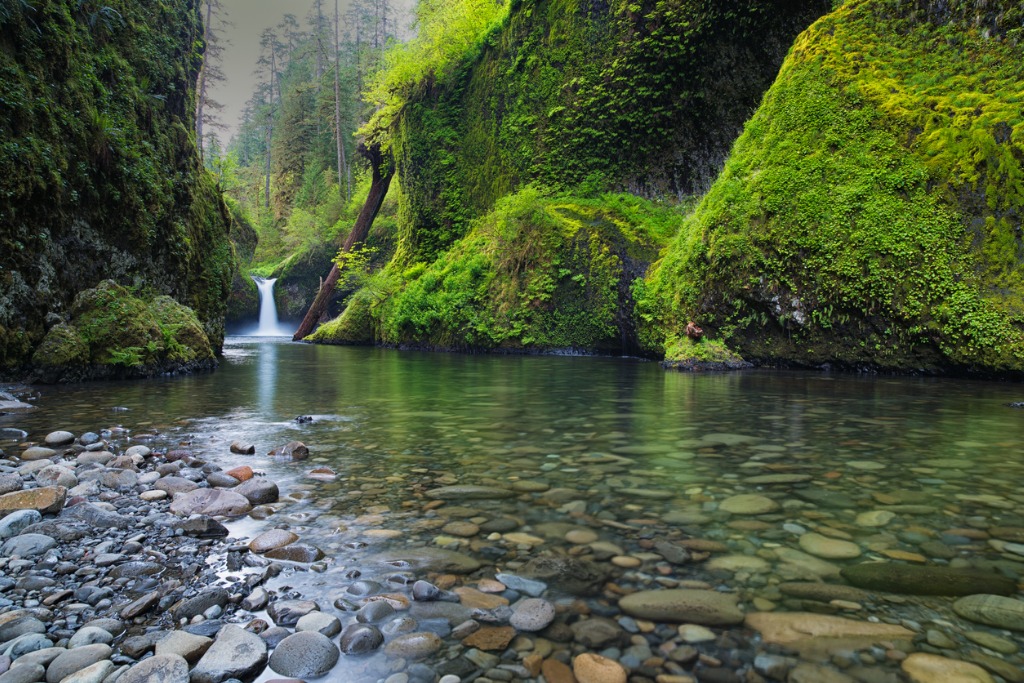
photo byjuly7th via iStock
Photos of nature have always been one of the most popular stock photography categories because they are beautiful and can be used in a variety of situations.
Nature photos are also a stock photographer’s dream because they don’t require any releases, and so do not require payment to models up front.
While you may not be able to travel to grab nature stock photos right now, you should try taking photos of nature that you can find immediately around your home. There are thousands of photos of Iceland on iStock, there may not be very many of the woods near your hometown.
Mental Health

photo bymonkeybusinessimages via iStock
This is the first category that has really been booming over the last few years, and has especially grown over the last few months.
While many popular stock photography categories tackle happy or benign subjects, this category will take some sensitivity on your part since it is a touchy subject for many people.
Still, mental health photos are in high demand for corporations looking to push different HR campaigns and they can bring in a lot of money. It’s all about making the photos look both realistic and beneficial.
Learn More:
Modern Business

photo bySDI Productions via iStock
Since just about everyone is working from home nowadays, stock photography websites have seen a huge boom in photos of employees on Zoom calls, or photos of employees trying to juggle both their personal lives (kids and pets) and their jobs at once.
This will probably never return back to normal, if you listen to what the experts have to say about it. Taking photos of modern businesses and modern business people could look like taking photos of people working while traveling, like on trains and airplanes. It could also look like images of moms working on computers with toddlers strapped to themselves or pictures of businessmen with suits on only half of their bodies and pajama pants on the rest.
This category is fun because, let’s face it, working from home can look pretty ridiculous at times!
Travel

photo byRanta Images via iStock
While not very many people are traveling right now, I’ve actually seen more travel articles recently than I was seeing before because those with the travel bug are going crazy at this point.
Travel stock photos are one of those really wide-reaching popular stock photography categories because they can include images of every step of the process, from packing to flying to landing and checking in at your hotel.
Modern travel also looks a lot different than it ever used to. Check any of the stock photo websites right now for travel and nearly every image features people wearing masks and carrying hand sanitizer.
Sustainability

photo bysvetikd via iStock
As the younger generations grow up, they’re making sustainability a huge piece of many parts of their lives.
Sustainability efforts are no longer confined strictly to HR campaigns in large corporations looking for a boost to their public image, they pervade every part of our lives.
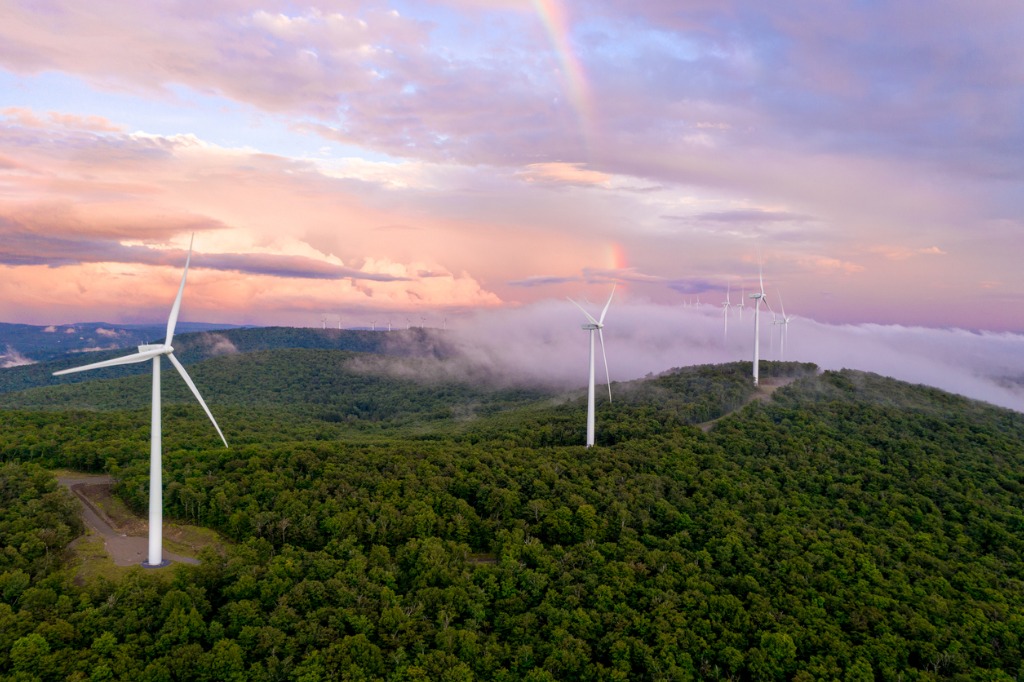
photo byGabriel Shakour via iStock
This means that we need to be taking photos of them. Sustainability stock photos include different types of alternative power sources, trash-free shopping and trends like metal straws or Hydroflasks.
Since the sustainability movement is, at its heart, a political one, this means it is constantly evolving. This provides you a great chance to get in on the ground floor of the next sustainability stock photo trend.
Breaking News
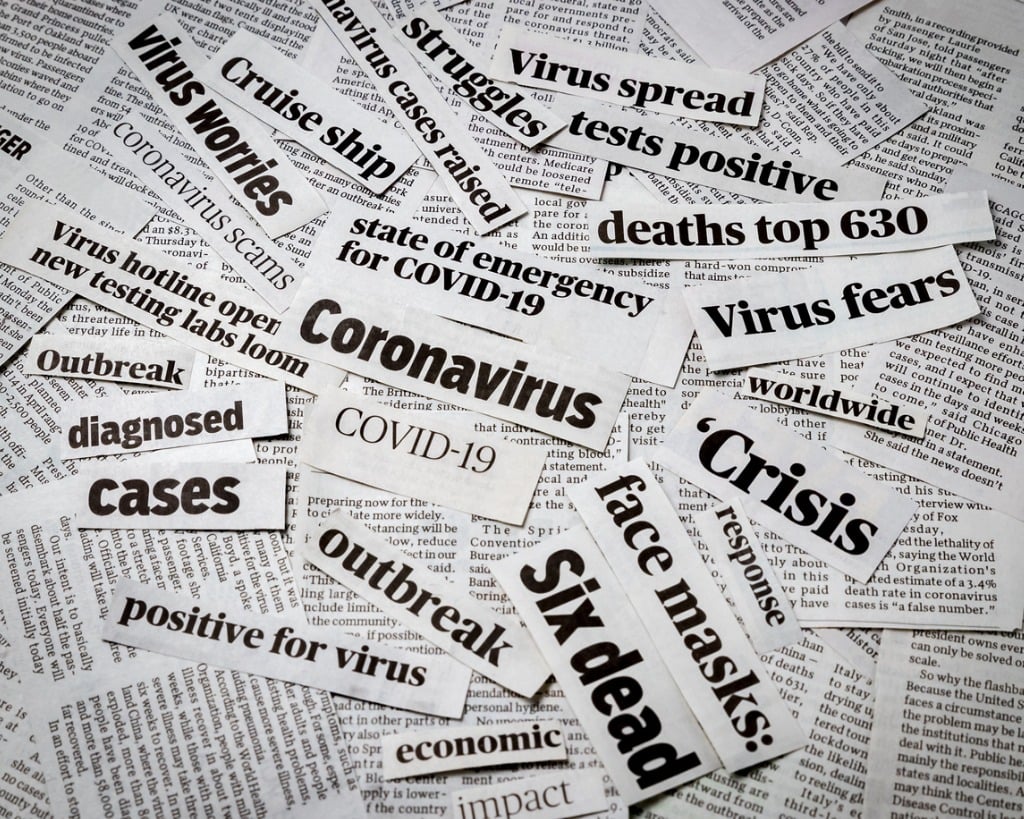
photo byJJ Gouin via iStock
I’ve obviously been talking about the coronavirus pandemic a lot because it has changed all of the popular stock photography categories and this is an excellent example of breaking news stock photography.
Just about the minute the pandemic was announced, stock photo websites were flooded with coronavirus photos.

photo byglegorly via iStock
While not everyone has photojournalism experience, you don’t necessarily need to be on the ground covering stories in order to hop onto breaking news stock photography.
For example, unemployment in America is at an all time high right now. Even if you don’t have a long line of people waiting to get unemployment benefits in your city, you can take images of people filling out unemployment forms online or take images of stressed people in business attire.
Health

photo byLightFieldStudios via iStock
A lot of these popular stock photography categories are intertwined and this is another example.
As people tend to grow older than they ever have before, they are more concerned about staying healthy so they can enjoy their twilight years.
People are also especially concerned with health nowadays because of the pandemic.
Health stock photos are also wide-reaching. They include images of health food, exercising or visits to healthcare providers.
Holidays

photo byArtistGNDphotography via iStock
Holiday stock photos have always been popular and they will always be popular because holidays are never going away.
One way to produce images that may be in higher demand is to pick a niche holiday that isn’t celebrated by as many people and so hasn’t been covered as extensively yet.
Drones
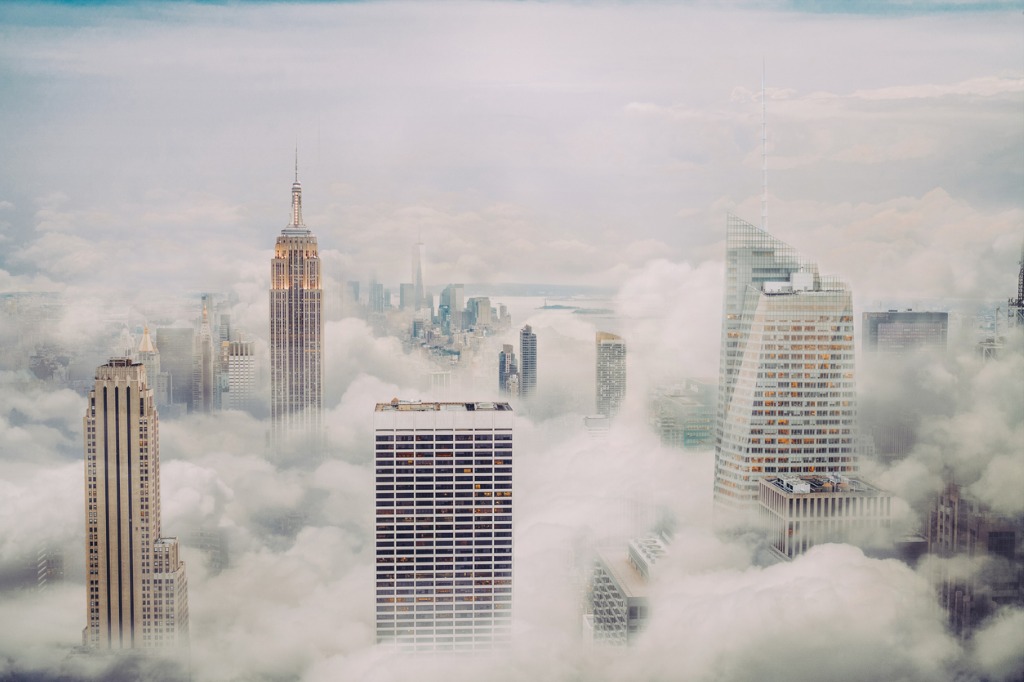
photo byOrbon Alija via iStock
Aerial images are also in high demand as there are not as many photographers with drones.
Aerial photos of housing are used quite frequently by real estate agents while aerial photos of beautiful, exotic locations are used by those in the hospitality and tourism industry.
While landscapes have been extensively covered in this stock photography category, try and think of something feasible for you to cover that will provide a unique take on drone photography.
Learn More:
We Recommend
Pro Tip: How to Use Light Falloff for Great Gradient Backgrounds
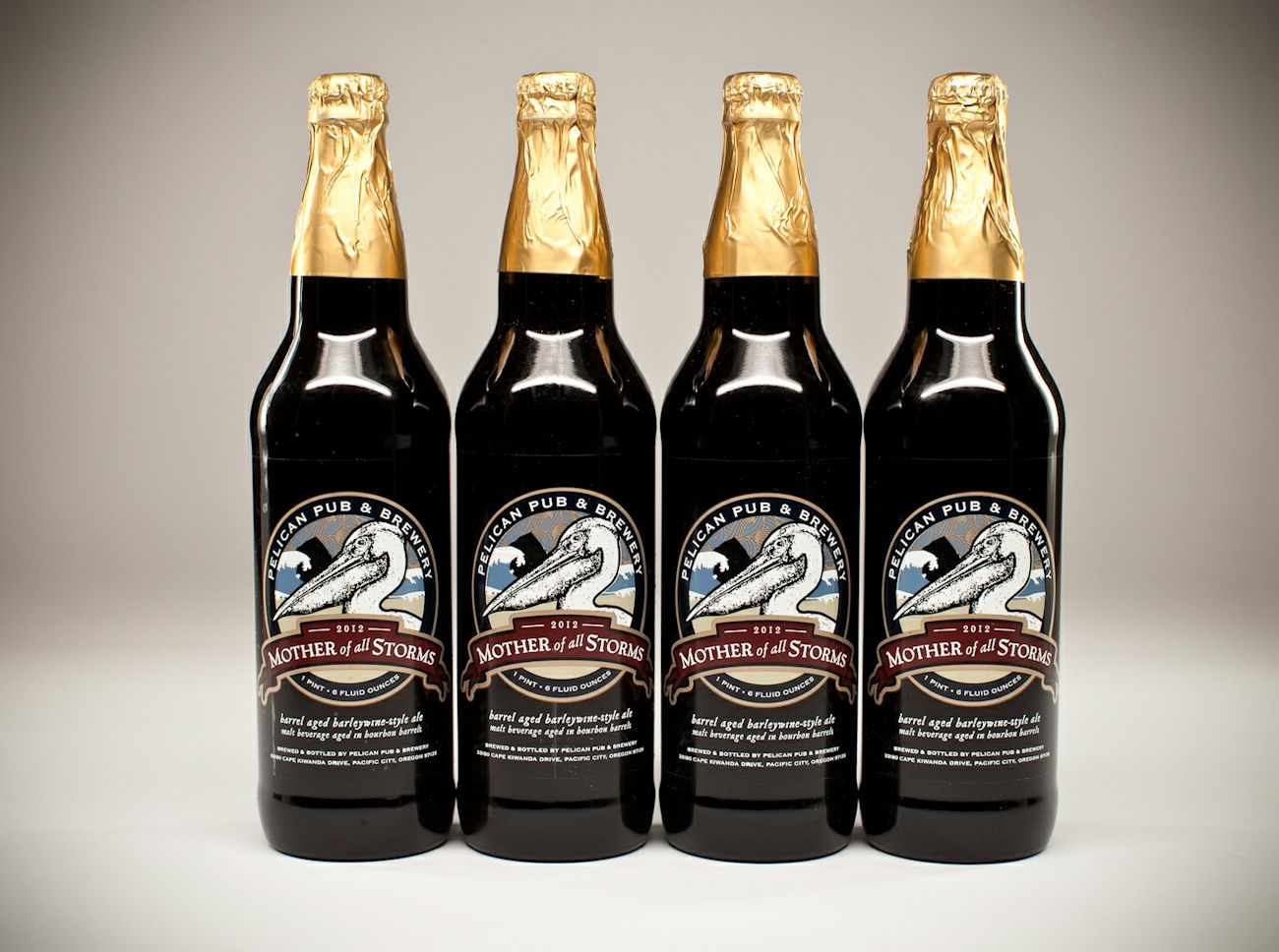
Shooting against a bright, white background to create that "floating" effect is nice, but once in a while, wouldn't it be great to use a background that adds a bit more drama and dimension to the shot? A gradient background can do just that, especially for small- to medium-scale work like product or pet photography. The good news is that with a fairly simple lighting setup and little bit of room, you can create countless gradient effects while still modeling your subjects well.
Depth is Key
Whether you're shooting fashion models or miniature figurines, relative depth in the setting is important. That allows you to control the amount of light falloff simply by changing the angle of the light, as well as determine your subject placement within the light and shadow areas.
A seamless background that recedes as far as possible before and as it rises will give you the most flexibility. You don't need a football field; three to six feet of horizontal space will work nicely for most small-scale setups, using an eight-foot long background. You'll need enough width to allow for the convergence of the edges.
Use a Wide, Even Main Light
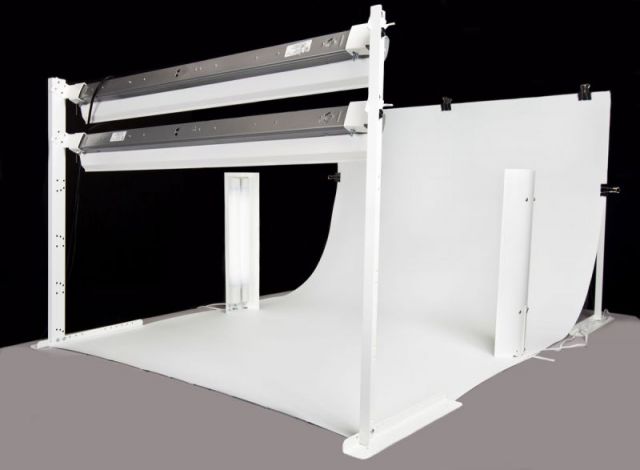
To create an even effect, start with a strong main light above and in front of the subject. A fluorescent fixture works well, or you can use a big soft box. A round light or pair of lights will also work, and can add shape to the gradient, but you'll have to beware of creating hot spots or casting unwanted shadows on your subjects. A straight, horizontal gradient is easier to control.
Angling the Light
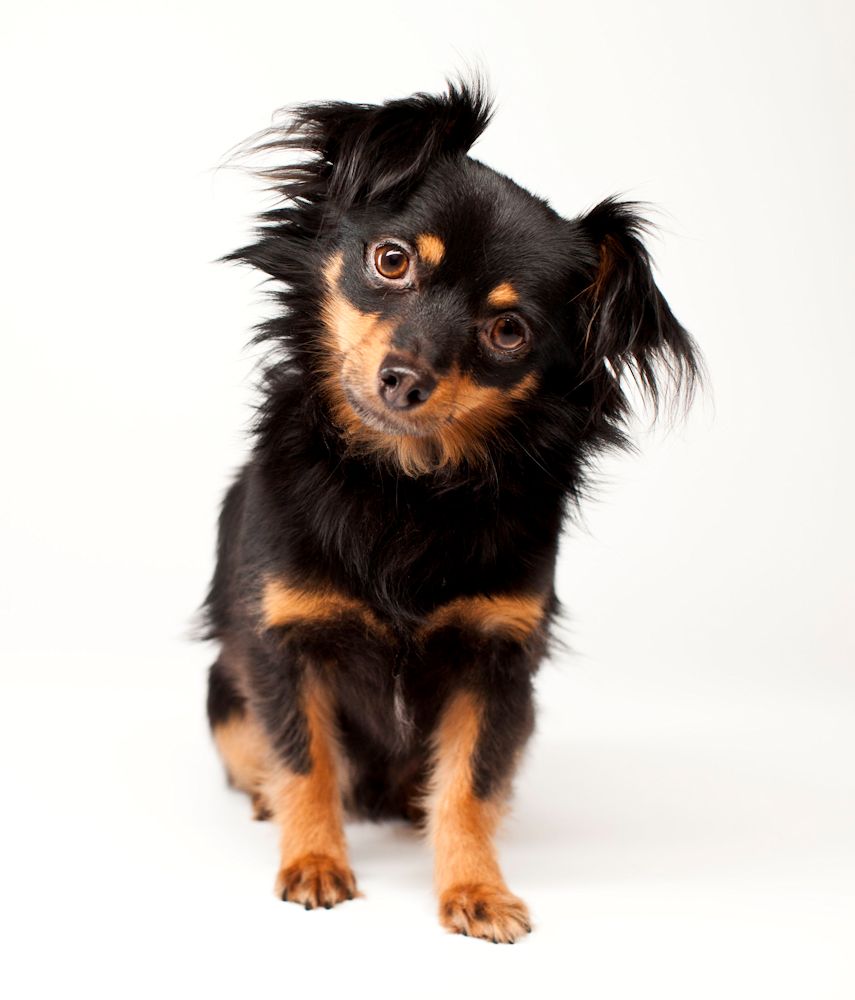
Once your main light is in place, place your subject, or a suitable substitute if your subject moves, and frame up the shot. Controlling the location of the gradient is a simple matter of angling the main light to feather the shadow area into the receding and rising background. If necessary, you can also move the support for the upper edge of the background to adjust the falloff rate.
Adjusting the Subject
Where you place your subject is the other variable in how it fits with your background. If you'd like a little more brightness around the base of the subject, move it closer to your camera, into the brighter area created by the main light. Moving it away from the camera and more into the shadow area can help incorporate any shadows into the background.
Adding Modeling Light
Once you have your gradient created and your subject placed, go ahead and add any modeling light needed to enhance and define the shape of your subject. This can be done with bounce cards, reflectors or additional light sources placed to the sides of the subject. Be careful not to mix color temperatures with mismatched lighting or off-color reflectors.
Aaaand, Shoot!
That's about all there is to it. Creating gradients this way is quick easy, extremely flexible and best of all, cheap. You can work with any color you like, simply by changing the background. Changing the gradient is a matter of changing the angle of the light or depth of the setup. More depth obviously means a more gradual falloff.
Here's a great video that demonstrates just how simple it is to create gradients and how to use modeling and accent lights to bring out the best in the subject. It also demonstrates one of my favorite tools for projects like this: the Versa Sweep series of MyStudio® tabletop setups, specifically the VS36 Kit. Watch how many effects this photographer creates with a few simple changes.
Finally, if, like me, you like having everything you need for this type of photography in one kit, take a few minutes to look at this kit. It's a little larger than their compact studios, and the 96" background gives you more depth to work with than the smaller kits, too. You can also step up to the VS53 Kit if you'd like to have twin main lights and accent lights to match. You can check that one out here.
We Recommend
Simple Stock Photography Tips
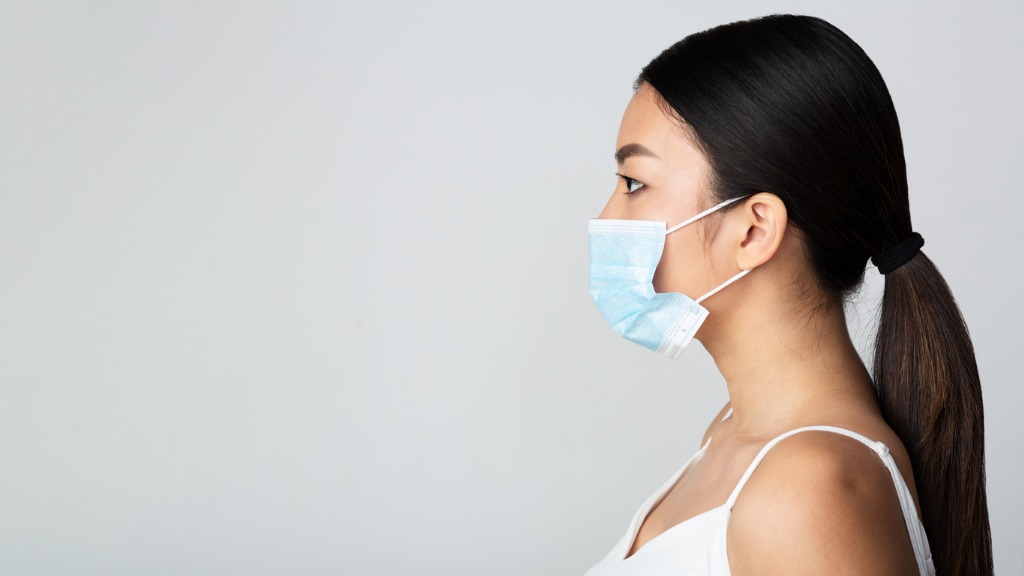
photo byProstock-Studio via iStock
As someone who has been stuck at home like the rest of you, I’ve been working a lot with stock photography sites because it’s one of the ways I can still bring in revenue without putting myself or others in danger.
I’ve been working with different stock photography sites for more than a decade, and definitely consider myself a professional at it at this point in my career, but I realize not everyone is so lucky.
So, if this pandemic has made you think twice about how sustainable your photography business truly is, I definitely suggest you start following our string of articles on stock photography tips.
So far we have covered stock photography trends, ideas about how to get into stock photography, and we have created a list of the best stock photography websites for photographers in 2020.
This article is going to be much more straightforward and is geared towards beginners. Here are some basic stock photography tips you should know before you start shooting.
Editor's Tip: To create stock photos that sell, you need a creative eye that helps you compose compelling images. Our 30-Day Creative Eye course is purpose-built to help you ratchet up your creativity to improve the quality of your images. With dozens of lessons, actionable steps and assignments, and hundreds of inspiring images, this course is just what the doctor ordered for learning to see creatively. Start building your creative skills today!
Keep Everything Classic

photo byizusek via iStock
One of the greatest stock photography ideas is to hop on breaking news pieces.
For instance, I spent a good amount of time this year taking images of people working with masks on, or people working from their new home offices. I knew that COVID-19 was going to be a huge selling point in the stock photography world because a ton of businesses were going to be trying to abruptly train their entire workforces to work from home in a matter of days.
This trend is not what I’m talking about.
Unless you are very specifically covering breaking news, like creating stock photos that you are planning to sell within the next month, then you need to make sure that the stock photos you are taking are timeless. The best way to do this is to make sure that your photos have a classic look.
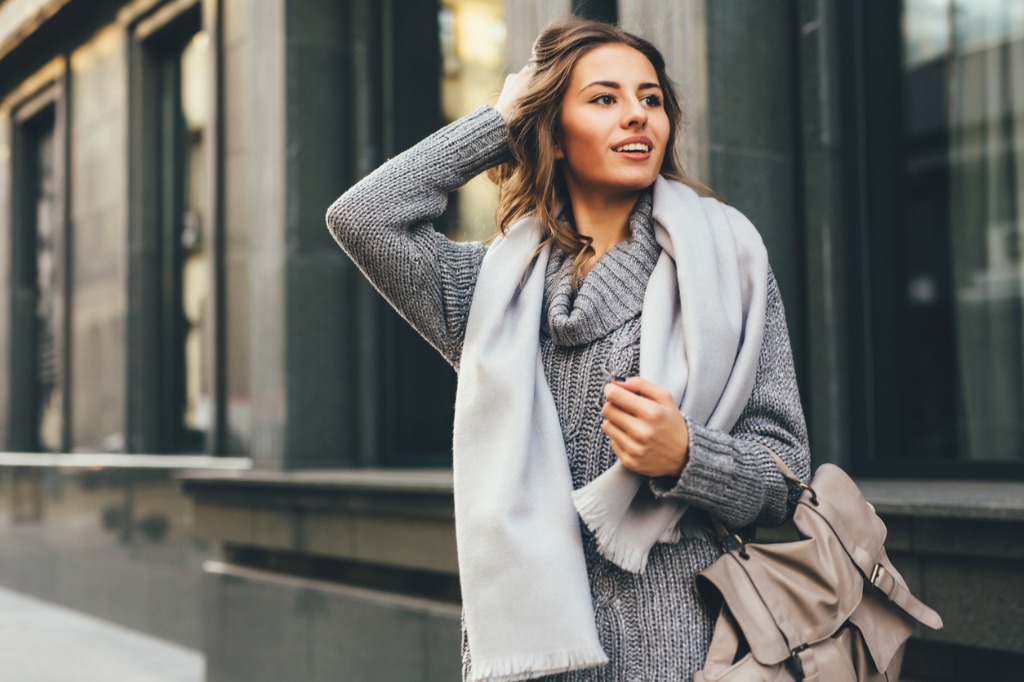
photo byTodor Tsvetkov via iStock
For example, don’t dress your models in fringe fashion that will be out of style by the end of the year. Asking your models to stick to basic color choices for their outfits will also be helpful, think blacks, browns, whites and other non-neon solid colors.
Another way you can keep your stock photos timeless is by refusing to use any brands or logos in your photos. Out of all of our stock photography tips, this one can be tricky because a small logo is really easy to miss. But, by sticking to a timeless look you are going to greatly extend the life of your stock photography.
Shoot for a Global Audience
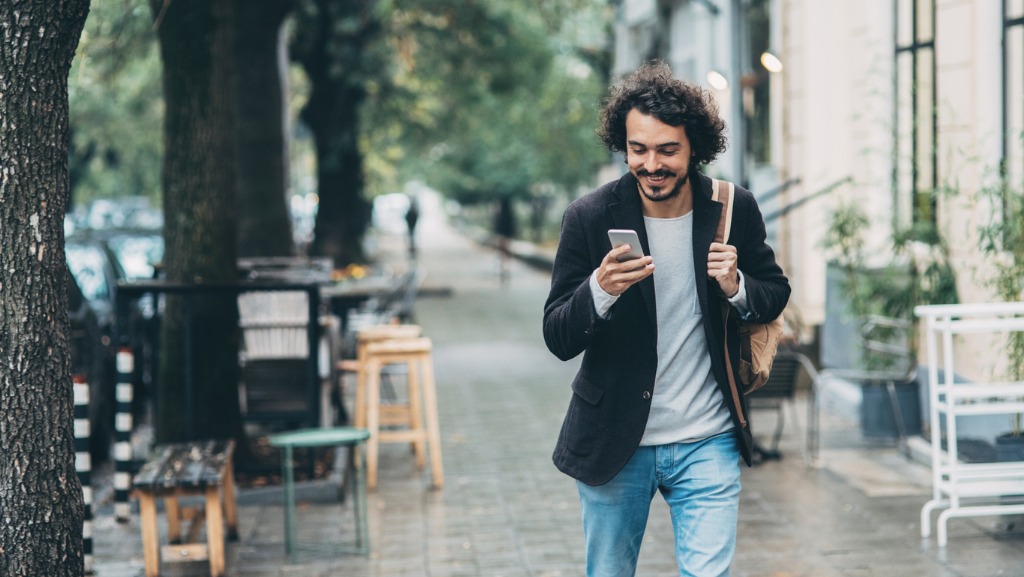
photo byfiladendron via iStock
Most stock photography tips leave out one of the most important tips, at least for me and definitely for Americans. We tend to get into this American mindset since our country is so large and we forget that, in doing so, we may accidentally be excluding a huge number of potential clients.
What I mean by this is that if your photos include any cultural norms, even accidentally, then those photos automatically exclude a huge audience.

photo bymonkeybusinessimages via iStock
One really great example of this is cars. If you’re taking a photo of someone driving and they’re on the left side of their car, you automatically excluded nearly all European clients.
It’s obviously impossible to strictly shoot photos that are going to be globally recognizable, but even keeping audience-centric stock photography tips in mind while you’re shooting means you are going to expand your reach.
Learn More:
Run Your Photos Through a Thumbnail Test
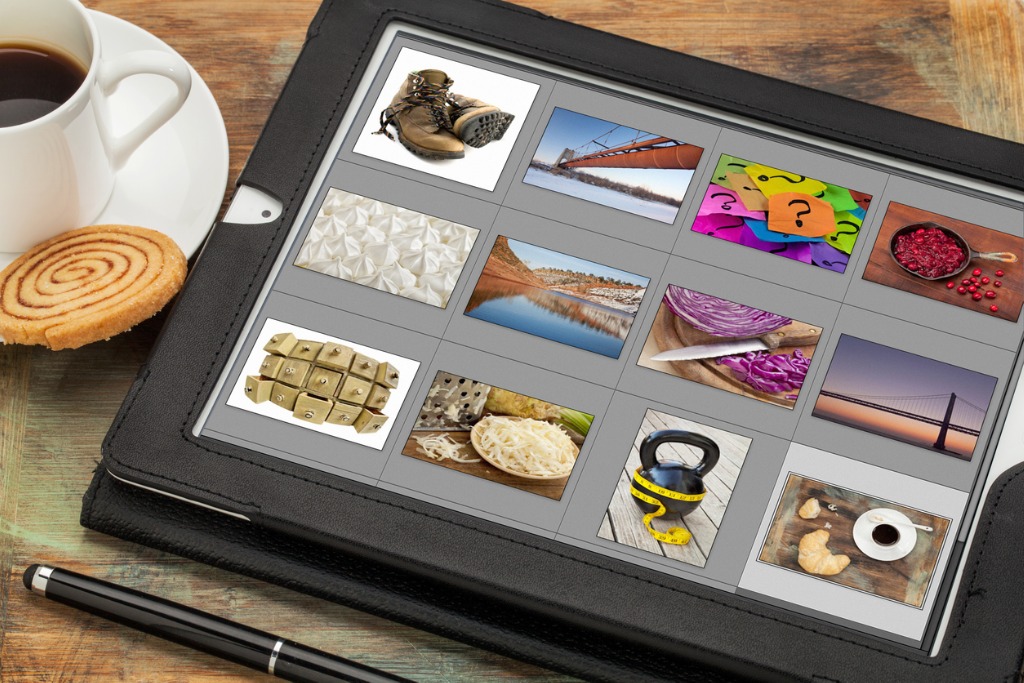
photo bymarekuliasz via iStock
When you’re learning how to sell stock photos, one of the most helpful stock photography tips is to start using the thumbnail test.
The thumbnail test is when you take your stock photos and make them around 15-20% of their original size in order to test whether your image still has a very clear theme and subject.
This is helpful for you because it will teach you how to convey a clear story with an image instantaneously, but it is also helpful for you to simply see your photo and how your potential clients are going to be seeing your photo.
No matter which stock photography website you choose to work with, your photos are going to be just one small blip on a page filled with thousands of options for your clients. If your image doesn’t convey a clear message to you when it’s on your desktop alone, it will definitely not convey that message to your clients.
Use Models
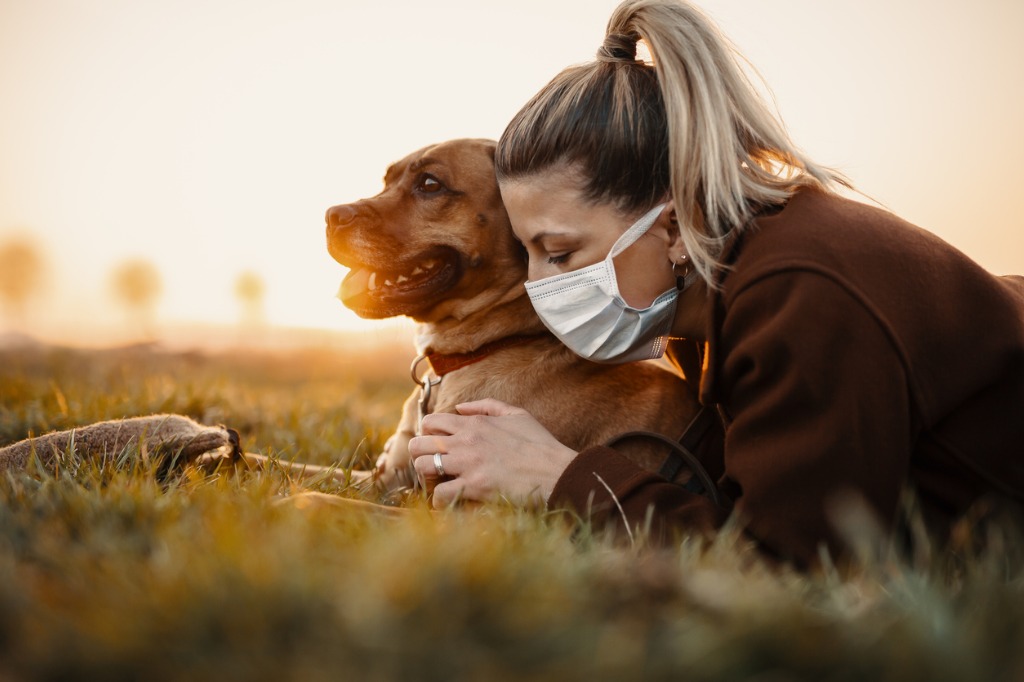
photo byManuel Tauber-Romieri via iStock
This is another tip that a lot of stock photography tips articles leave out: don’t be afraid to use models.
I understand that using models can be intimidating because it requires more legalities, like model waivers, but if you ever hope to become a successful stock photographer then you simply can’t do it without people.
Plus, there’s no need to reinvent the wheel.
This video by Matt Granger walks you through how to create a model waiver, and while he isn’t a lawyer, he is a photographer that’s been working in the business for a long time.
Another reason why using models in your stock photography is absolutely essential is that people are simply drawn to images with people in them over images without people in them. You’re going to make more money the more photos you create with models.
This is especially true of photos that use your models very prominently. If you’re planning on shooting a lot of stock photography in the future, you can pretty much put your wide angle lens in a closet because you want images that focus on your subjects.
Try and fill your whole frame with your models if you can (I mean, you’re paying them to be there after all).
Less is More
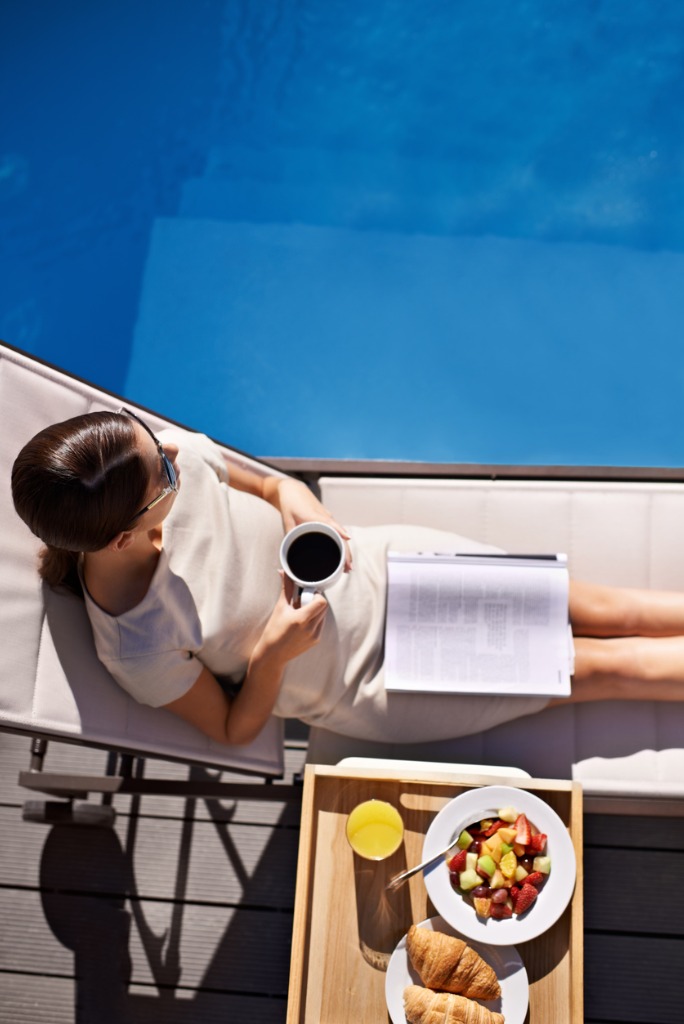
photo byPeopleImages via iStock
If you’re thinking about selling only the best, most composed shots as stock photography then you need to think again.
One of the best stock photography tips my mentor ever gave me was this one: less is more. All of those “luxury” shots you see on stock photography websites, like the one above, were created for an incredibly specific audience. “Luxury” shots, or shots that are hyper posed and clean, are typically only going to be purchased by lifestyle magazines.
And frustratingly enough, once one lifestyle magazine has purchased your shot, another one probably won’t.
Another way to look at this is that instead of constantly worrying about whether you’re following all of these stock photography tips or not you should be worried about creating something that looks like something you might see in your everyday life.
Don’t Be Afraid of Strong Emotions

photo byRowan Jordan via iStock
If you’ve ever worked in marketing, then a lot of these stock photography tips may seem pretty obvious to you, especially this one.
Don’t be afraid to exhibit really strong emotions in your photos. A lot of the time, businesses are simply going to search basic human emotions, like “fear,” “anger,” or “sadness,” when looking for a stock photo because they translate to every industry in the world.
Learn More:
We Recommend
Stock Photography Mistakes You Need to Avoid
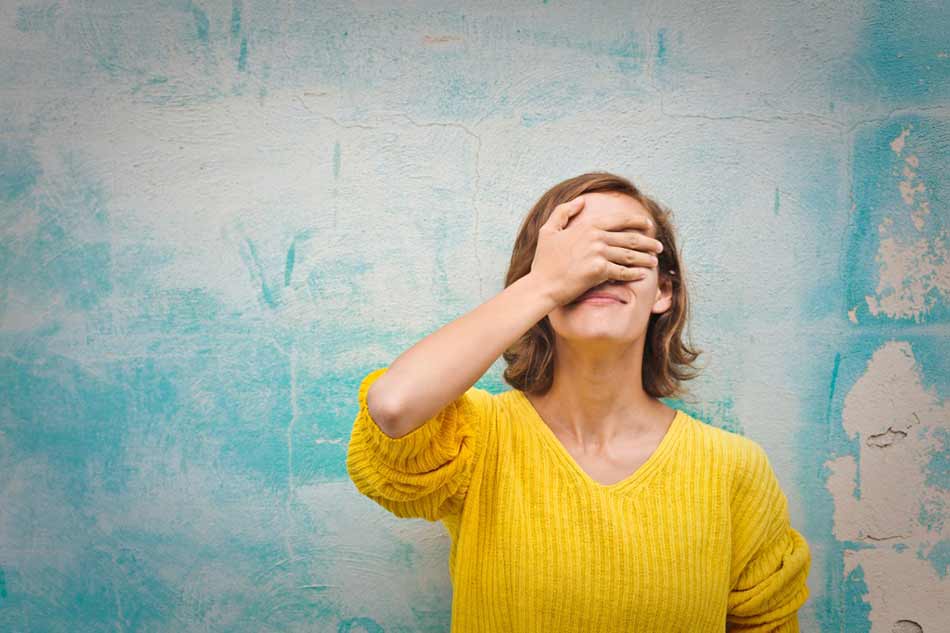
photo byMarisa9 via iStock
I’ve been writing a series of articles on how to shoot stock photography over the last few weeks. I’ve covered things like the most popular stock photography categories and ideas for making your stock photos stand out. I’ve even covered some more basic stock photography tips.
But, the one thing I haven’t covered yet is stock photography mistakes. That’s because giving stock photography advice is pretty easy, but teaching someone what not to do is much more difficult, especially when you’ve been creating stock photos for as long as I have been.
But, we’ve gotten a ton of messages asking for us to do an article on stock photography mistakes, so I asked around the office and pulled together a pretty solid list. Here’s how not to do stock photography.
Editor's Tip: Minimize your stock photography mistakes by maximizing your ability to create a gorgeous, impactful image. Our 30-Day Creative Eye course can help you do just that by learning new techniques, increasing your creativity, and honing your photography skills. Give it a try!
Don’t Be Too Harsh on Yourself
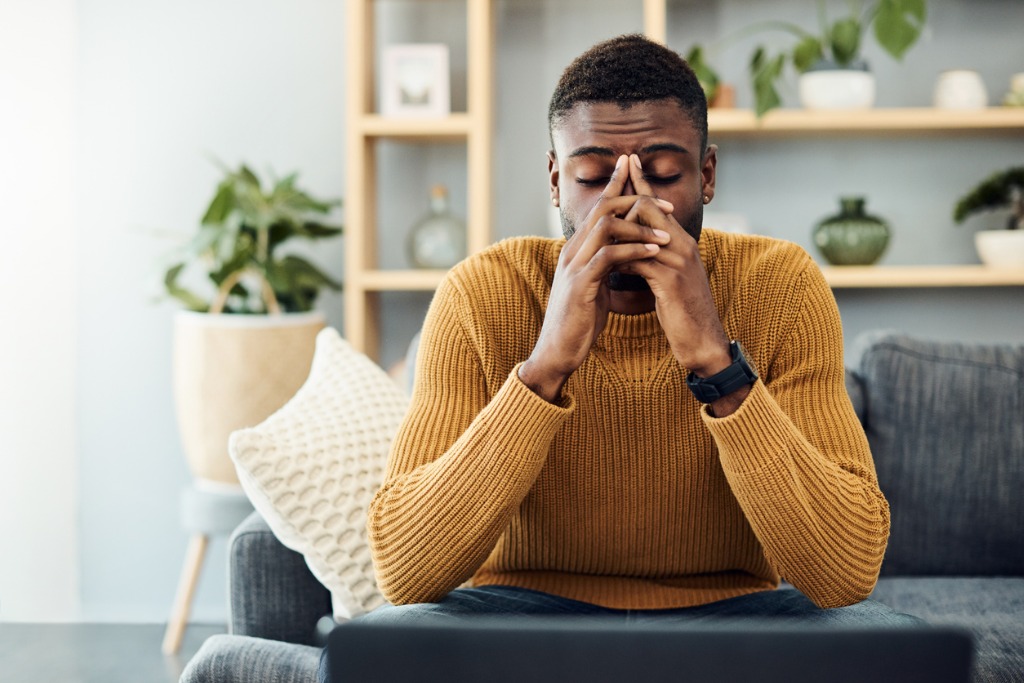
photo byNicola Katie via iStock
While a lot of stock photography mistakes revolve around problems with composition or lighting or storylines, even more stock photography mistakes are due to self-editing.
If you’re too harsh on yourself, your stock photos are going to suffer for it. I’ve seen photographers who were so self-conscious of their stock photos that they were unable to put more than a dozen up online. I’ve also seen photographers who were so self-conscious about their work that they ended up in an endless research cycle and never got around to actually taking photos.
While it’s normal to self-edit, make sure you don’t spend more than 10% of your time critiquing your work.
Don’t Copy Yourself
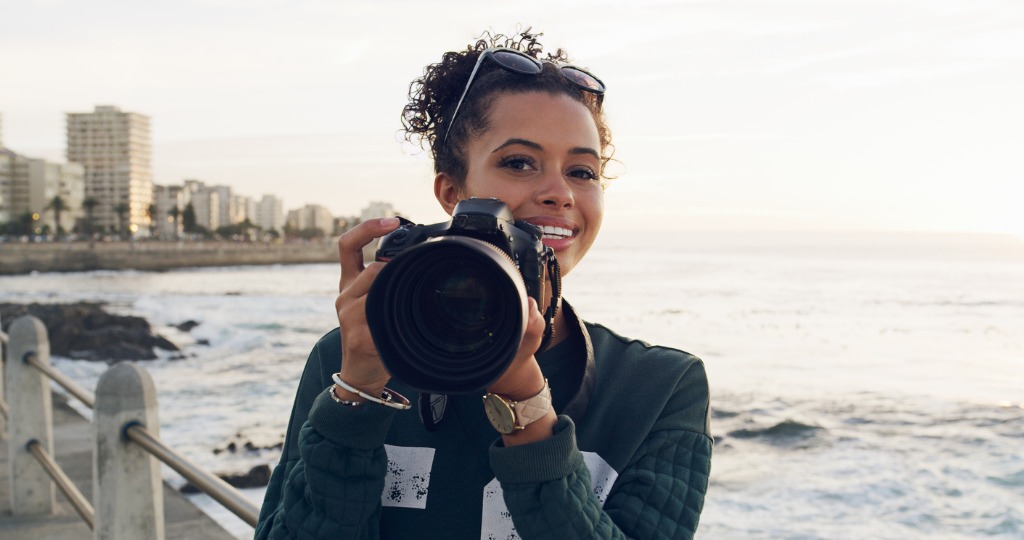
photo byCecilie_Arcurs via iStock
This is another one of the most common stock photography mistakes that people new to stock photography make.
Once you start to sell stock photos, you’re going to get really excited and want to continue that revenue stream. So, a lot of people start to copy the photos that they created that actually sold.
Essentially, if a photographer creates a stock photo that showcases an interracial wedding and it sells, they may be tempted to continue shooting similar photos of interracial weddings.
The problem with copying past work that you’ve created that sold is that you’re stealing clients from yourself. Instead of convincing more clients to purchase your work, you’re giving the same niche of clients more options to choose from.
This means that you aren’t going to sell more. Instead, if you find a niche that works for you, take photos in that niche that don’t look exactly the same, or incredibly similar, to work you’ve already sold.
But Don’t Copy Others, Either

photo bygrinvalds via iStock
I never said stock photography is easy. Many stock photography mistakes overlap with one another. While you don’t want to copy your past work, you also don’t want to copy other photographers.
Other photographers have gotten popular because they found an individual niche for themselves, and while it can be tempting to try and dip into that pre-established client pool, all you’re really going to do is make that photographer frustrated.
You don’t want to work against yourself, and copying other stock photographers is the number one way to do so.
Learn More:
Don’t Forget About Your Schedule

photo bybaloon111 via iStock
Some stock photography mistakes are also business mistakes. While it can be tempting to let your life overrun your stock photography business schedule, you will never be able to create a steady stream of income in this photography niche without dedicating a solid amount of time to it.
Every week, I sit down and I build two goals for myself for the week. The first goal is to figure out exactly how much time I want to devote to stock photos for that week. The second goal is to figure out when I’m going to do that and actually build a calendar for myself.
This way, if my calendar doesn’t pan out the way I want it to, I can still keep myself on track with my larger goal for the week.
Of course, this doesn’t work every week. Sometimes I can’t hit my weekly goal. The important thing is to still take some photos.
Don’t Over-pose

photo byRyanJLane via iStock
Of all the stock photography mistakes I see photographers making, this is the worst one.
Stock photos need to communicate a clear emotion or idea, but that doesn’t mean they need to be overly obvious. Photos of people staring right at the camera or photos of people with their faces frozen in incredibly uncomfortable and unrealistic places are not the way to go.
This is also one of the more frustrating stock photography mistakes for me because I understand why new stock photographers do it. If you go to any stock photography website and search a basic keyword, like “angry,” all of the photos that come up are going to be incredibly over-posed simply because they match the keyword perfectly.
But these are not the photos that your future clients are really going to connect with.
Don’t Create Fake Photos

photo byDNY59 via iStock
Sort of along similar lines, you typically want to avoid creating obviously fake photos. What I mean is that you don’t want to create photos like the one above and you don’t want to create unrealistic scenarios in your images.
The reason for this is that images like the one above don’t have as broad of appeal. Yes, someone, somewhere will want this photo (like us for this article!), but sticking to images that have more uses for more people will give you more revenue coming in.
Don’t Forget to Do Your Research

photo byNickyLloyd via iStock
I’ve linked to a number of articles on PhotographyTalk about creating wonderful stock photos. I suggest you read them. But, I also suggest you read articles about taking stock photos on other websites.
Research is an important part of avoiding stock photography mistakes. You can learn proper technique, discover types of stock photography you can try, and figure out where to sell your stock photos, among many other things!
Don’t Throw Your Formal Training Out

photo byGeber86 via iStock
Finally, do not throw out all of your past training. If you’re a good photographer, that doesn’t necessarily mean you're going to be a good stock photography photographer, but it definitely gives you a huge advantage over your competitors.
All of the basics of photography still apply to stock photos. Don’t forget about your composition, framing, lighting, posing, and so forth when creating stock photos.
While the overall point of stock photos are very different from other photos in different photography niches, the same things still draw people to them. For instance, stock photos that feature people are going to be purchased much more frequently than those that don’t. Similarly, stock photos that are well-composed and beautiful will result in more sales.
So, if you doubt your ability to create compelling stock photos, simply avoid the mistakes outlined here and rely on your skills as a photographer. Doing so will help you get on track with your stock photography game!
Learn More:
We Recommend
Stock Photography Success Tips: Planning and Research

Photo by af_istocker via iStock
It's no secret that a lot of photographers have been out of work in 2020. Many are still out of work or working in a reduced capacity.
But as bleak as things are, there is always hope that tomorrow brings new opportunities. Besides, there are things you can actively do right now, today, to supplement your income and try to make up for some of the lost cash flow due to the pandemic.
One of those things is stock photography.
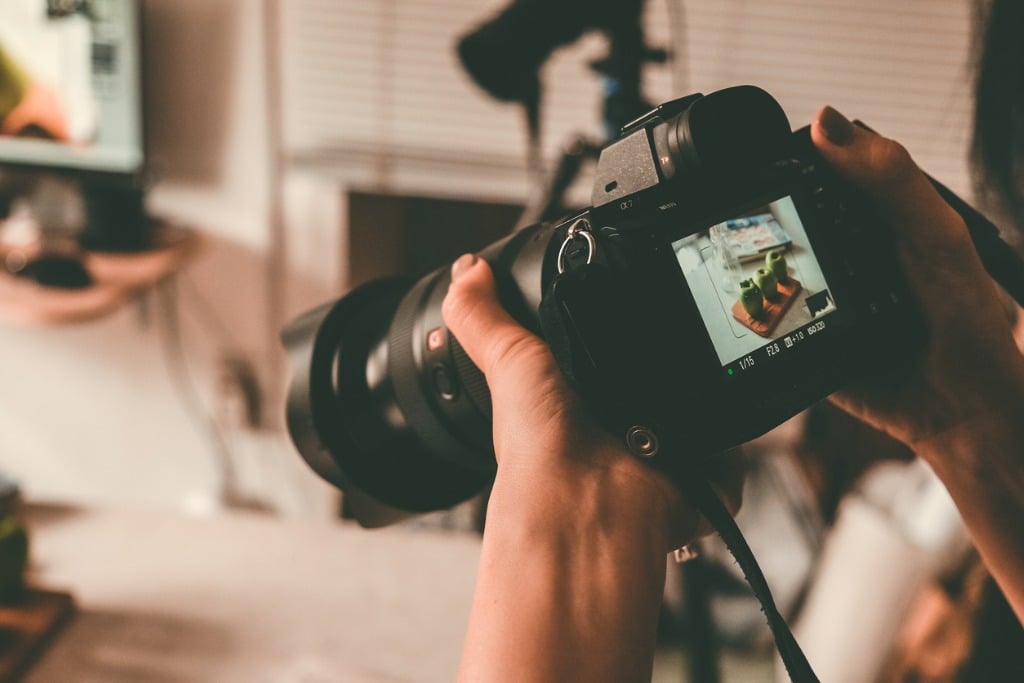
Photo by NguyenDucQuang via iStock
I know that stock photography doesn't pay what it used to. But that doesn't mean that it's not still a good means of earning passive income. You just need to know how to go about it in the right way, that way you maximize the exposure of your images on stock sites while maximizing the number of downloads.
Over the next couple of months, we'll be doing a weekly article that explores things you can do to improve your sales of stock photography.
Today's installment covers the initial stage of planning and research.
So, let's get to it!
Editor's Tip: Ready to take your stock photography to the next level? You need to learn to see creatively first. Learn how to create photos that stand out from the crowd by developing your creative eye. Check out our most popular course, the 30-Day Creative Eye Challenge to get started!
Stock Photography Success Tip #1: Find Your Niche
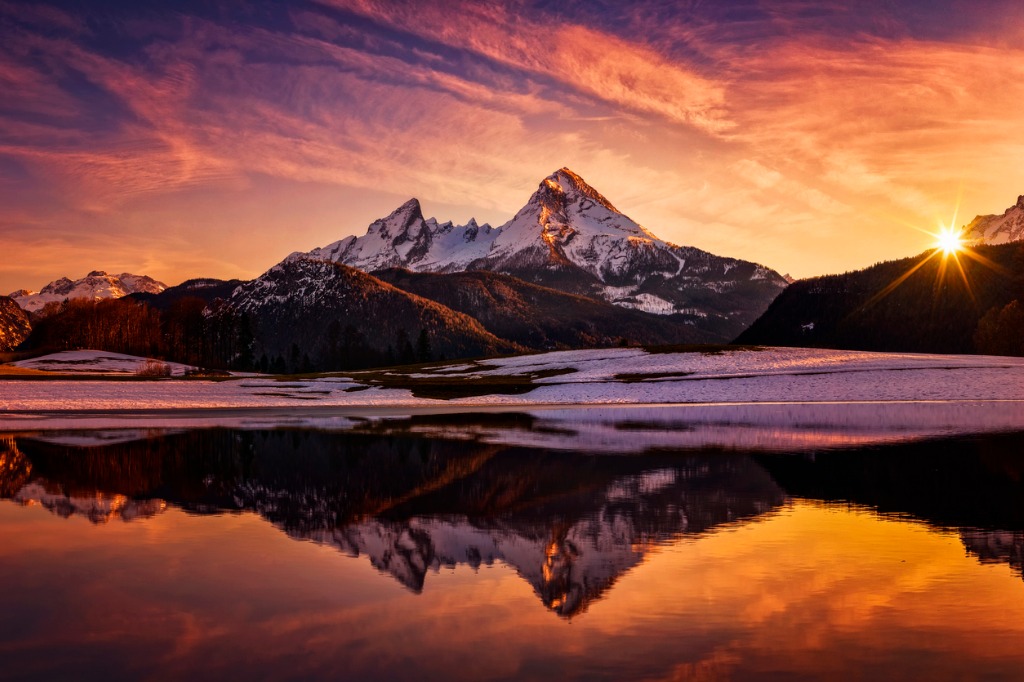
Photo by DieterMeyrl via iStock
At some point, you'll likely want to expand your horizons and upload photos that fit into multiple niches. But when you're just starting out, it's advisable to focus on one niche, learn the ropes of stock photography, and then expand into other areas.
It's better to be master of one than a Jack of all trades and master of none.
So, if your passion is landscape photography, focus on that as the subject for your stock photos for the time being.
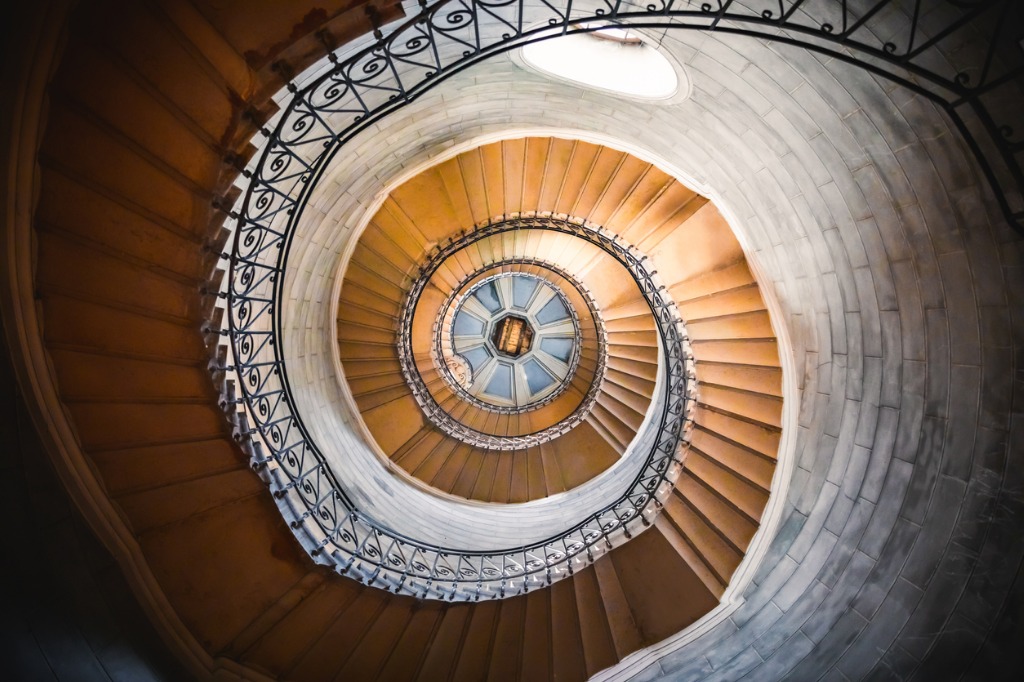
Photo by Gregory_DUBUS via iStock
Then, once you feel comfortable in your ability to generate income with stock landscape images, expand your reach into other niches. Perhaps you move into architecture photography next.
Even so, I'd recommend that you keep your stock images in a few domains - perhaps three or four - rather than trying to supply images for six or eight different niches. I know for me, the more I try to do, the less awesome my work is. If you're the same way, you'll be better served focusing on higher-quality images for fewer niches.
Stock Photography Success Tip #2: Use the Tools Stock Sites Provide You
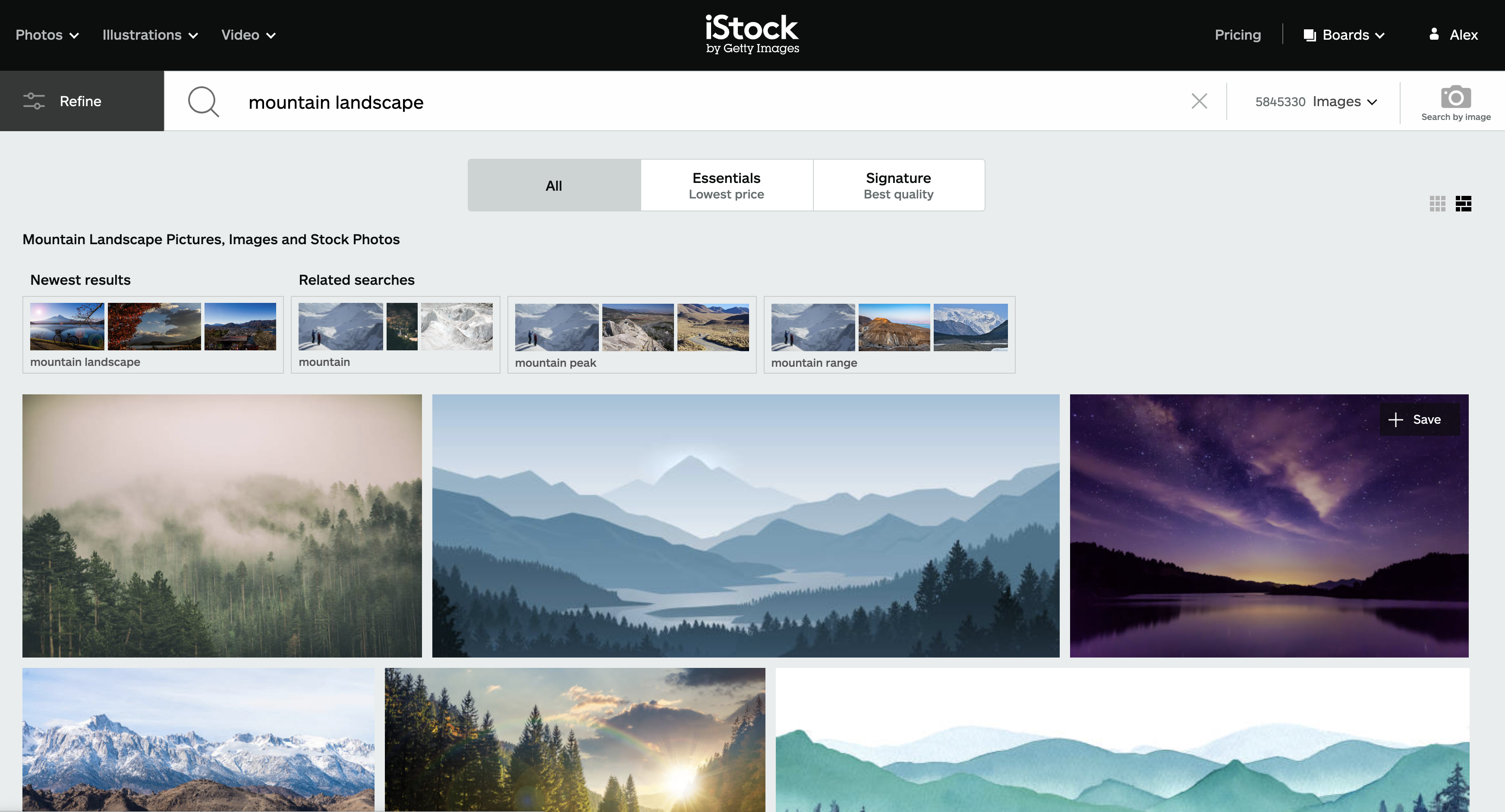
Part of your research should be to discover what stock photo sites can do to help you improve your images.
The first thing you can do is simply search stock sites for specific key terms to see what images are already in that category.
Above, you can see the first page of results I got when I search iStockPhoto for "beautiful landscape."
But you can filter these results to view the best images, as shown below.
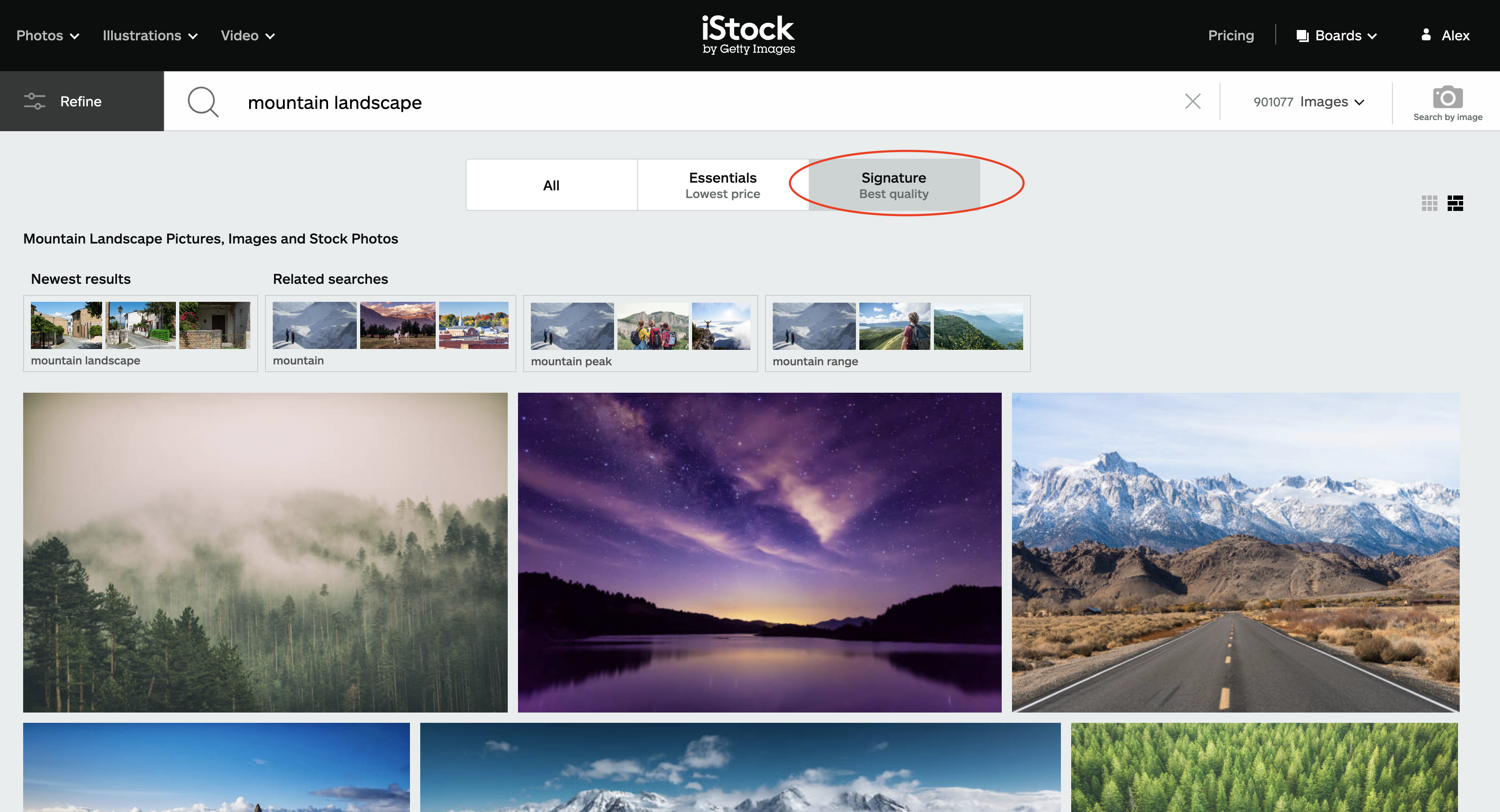
By investigating what other people have already done, you accomplish a few tasks:
- You get an idea of what imagery is already available and has performed well.
- You can find inspiration in what other people have already uploaded.
- You can identify areas that aren't well represented and focus your attention on those.
Looking at the best images on a stock site can also clue you into the types of keywords you should use for your image.
Keywording is crucially important, and it's necessary that you take the time to do it right.
After all, you can have the most gorgeous images, but if people can't find them because you've not done a good job of keywording, then all the work you put into taking the image will be for naught.
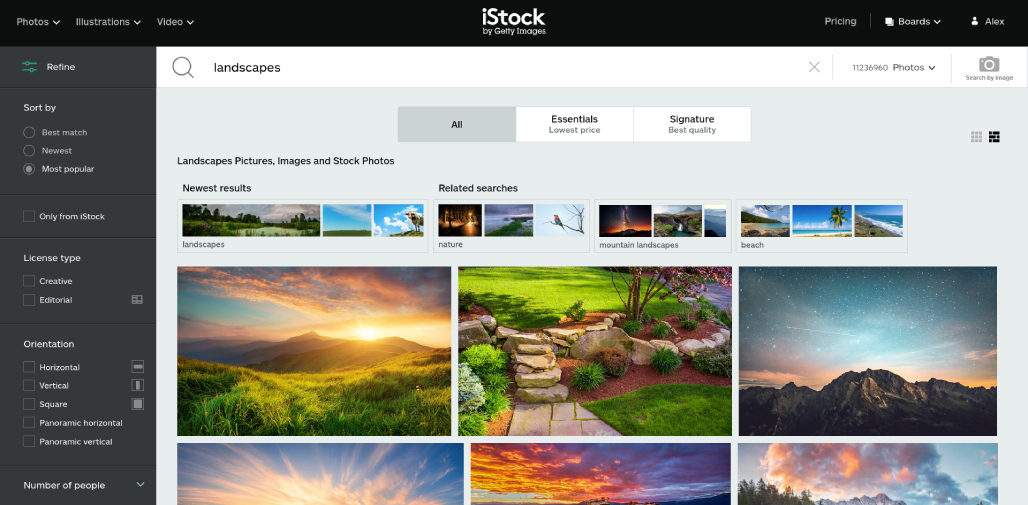
Other tools you can make use of on stock sites include:
- Many sites let you refine search results. As shown above, iStock lets you see the most popular results for your search. By evaluating these images, you can pick up on subject matter, theme, composition, colors, and other features that are common to the most popular images.
- Stock sites often provide you with related search terms. As shown above, the original search for "landscapes" is related to "nature," "mountain landscapes," and "beach." Looking at these related searches can give you ideas for additional images. They can also help you determine what keywords to use.
- Look at images in the niche you want to work with and examine their keywords. The keywords for your images must be relevant to the subject, but looking at what keywords other people have used for similar images can help you hit on important key searches.
Bonus Tip: Get a Good Monitor
 I use two monitors in my home office - a ViewSonic VP3881 (bottom) and a ViewSonic VP3481.
I use two monitors in my home office - a ViewSonic VP3881 (bottom) and a ViewSonic VP3481.
To make the most of your stock photography pursuits, you need the right gear to take and edit photos. And one of the most important pieces of your setup is your computer monitor.
You need something that offers you impeccable color accuracy that way your photos are truly representative of your creative vision. For me, the ViewSonic VP3881 is the best in the business when it comes to color. And while we're at it, this monitor presents images in beautiful detail.
I love the curved ultra-widescreen display because it immerses me in my images and allows me to really focus on editing my photos in a way that's eye-catching and impactful. That's just what you want when you're creating stock images!
Stock Photography Success Tip #3: Meet the Demand
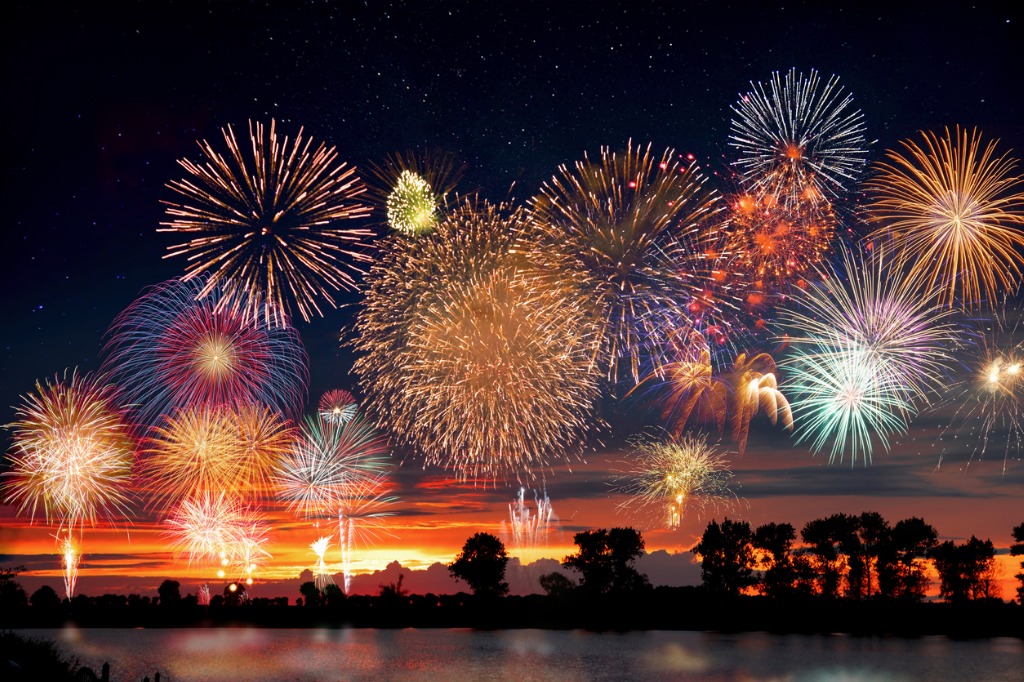
Photo by wideonet via iStock
As important as it is to find your niche and become an expert at it, there's also something to be said for meeting current demand.
For example, with the July 4th holiday coming up in the United States, there is an increased demand for photos of fireworks. Combining images of fireworks and landscapes could be your "in" to making more money from an increased number of image downloads.

Photo by gorodenkoff via iStock
Sometimes, you might need to venture out of your comfort zone to meet demand, too.
With the 2020 Tokyo Olympics postponed until 2021, there will be an increased demand for images of athletics. This gives you time to develop your skills as a sports photographer and capitalize on the demand for athletic imagery in the coming months.
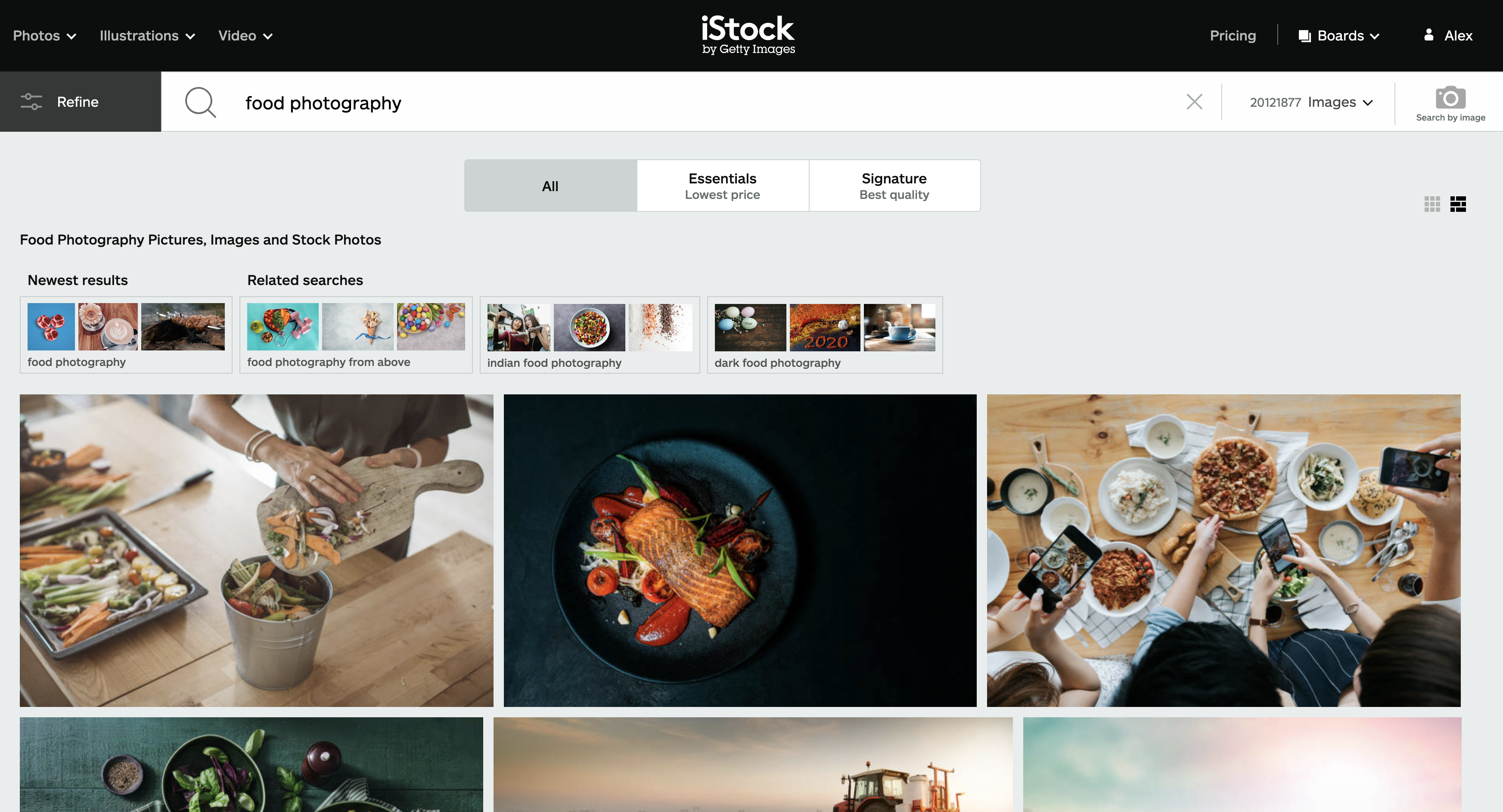
By another token, sometimes you have to focus on the subjects that you can easily photograph.
With many of us under quarantine again, it's difficult, if not impossible, to photograph some subjects.
So, if you love to photograph landscapes, you might use this time to instead work on your food photography skills. After all, food is right there in your kitchen, and you have your camera, so why not give it a go?
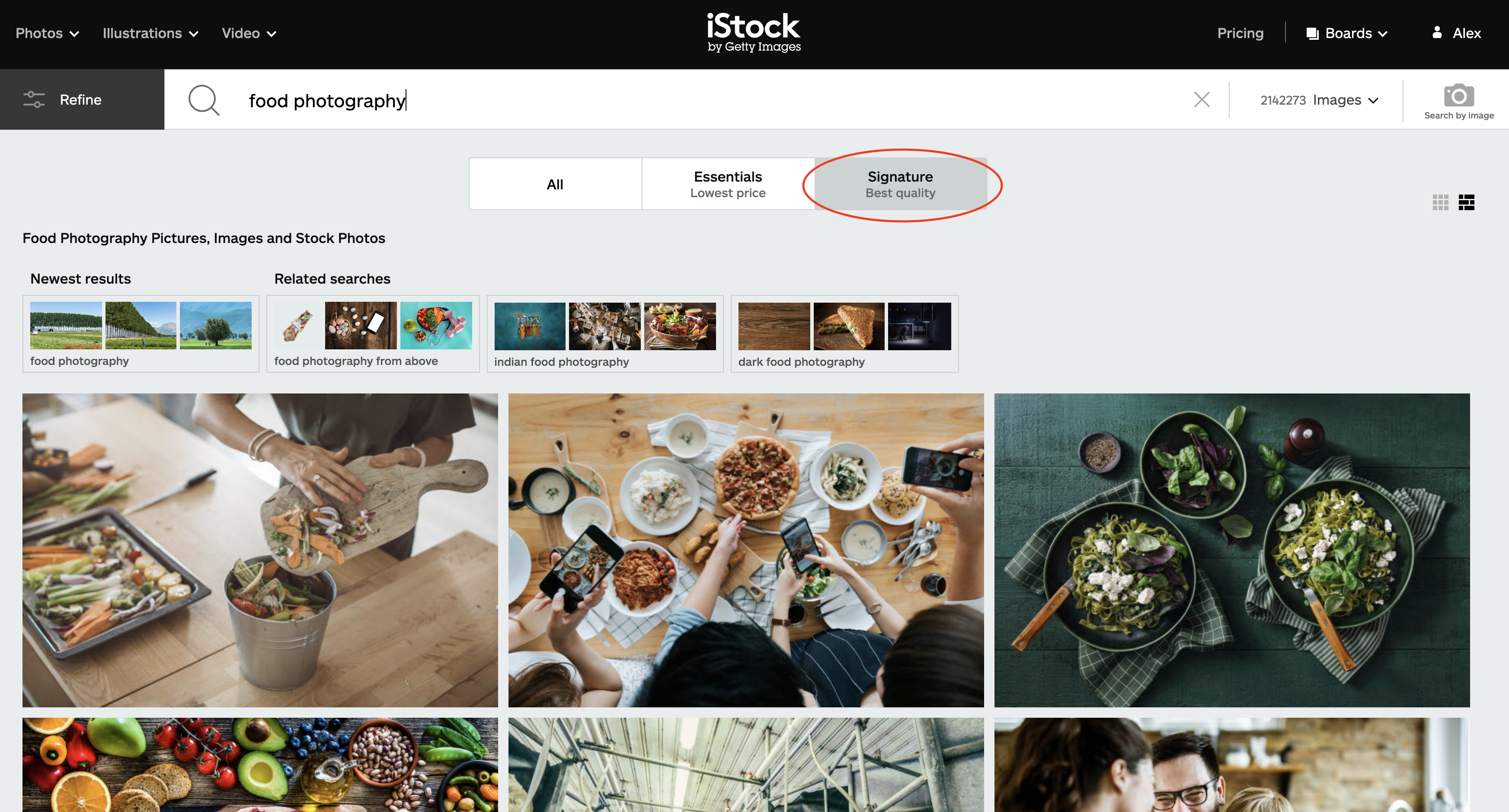
Again, using the tools that stock sites have to filter images, search keywords, sort by most popular, and so on, will greatly aid you in the research phase and inform you as to what direction you should go with the images you create and upload.
Stock Photography Success Tip #4: Plan a Series
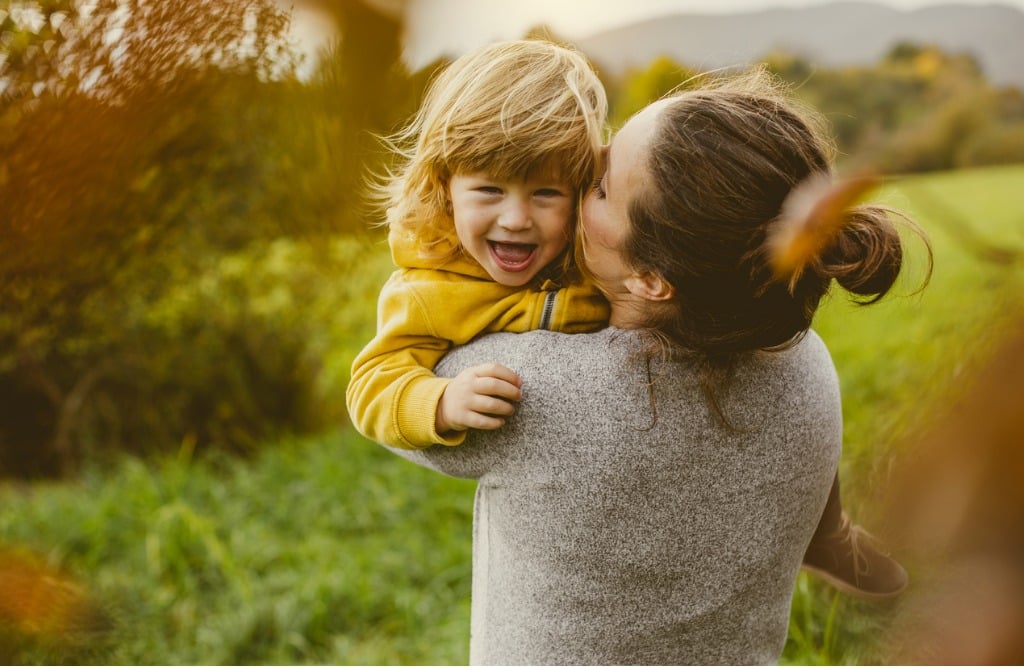
Photo by sanjeri via iStock
We use stock images on this site all the time, and I can tell you from personal experience that there have been times that the initial image I wanted to use from a stock photographer was replaced by another one in a series of images.
By offering a series of related images, you can expand the footprint of your image collection and increase the potential of more image downloads.

Photo by sanjeri via iStock
What's more, sometimes people will want to use multiple images from your collection, so rather than getting one image download, you might get three or four.
So, plan your shoots accordingly. Take images from the front, back, and sides. Move closer and further away. Give people options, and you'll find that those options lead to more image downloads.
Editor's Tip: Our 30-Day Creative Eye Challenge is one of our most popular courses, and for good reason. Taking better photos is all about learning to see creatively and harness that creativity to create compelling shots. This course will supercharge your ability to take your best shot. Learn more about how you can learn to see more creatively.
Stock Photography Success Tip #5: Work on Your Creative Eye
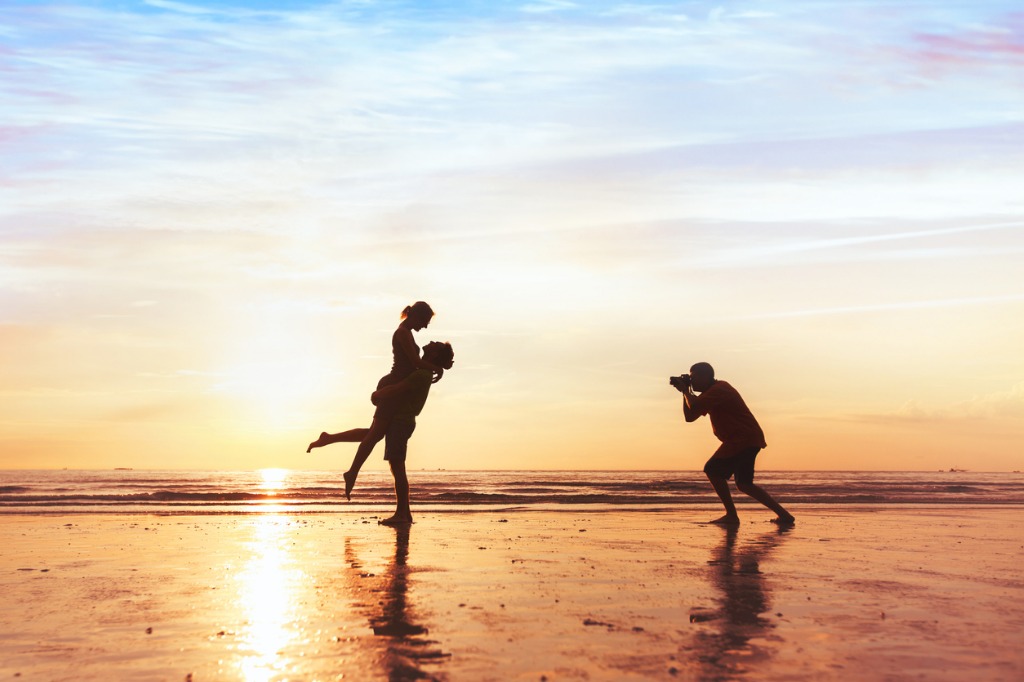
Photo by anyaberkut via iStock
Part of setting yourself up for success in stock photography is learning how to take more creative and engaging pictures. To do that, you need to work on your creative eye.
By seeing things that other people don't see and by learning new ways of composing images, you can position yourself to create images that are more impactful and that stand out from the crowd.
Of course, simply taking a lot of photos will help you develop your creative eye - the more you shoot, the more capable you become behind the lens.
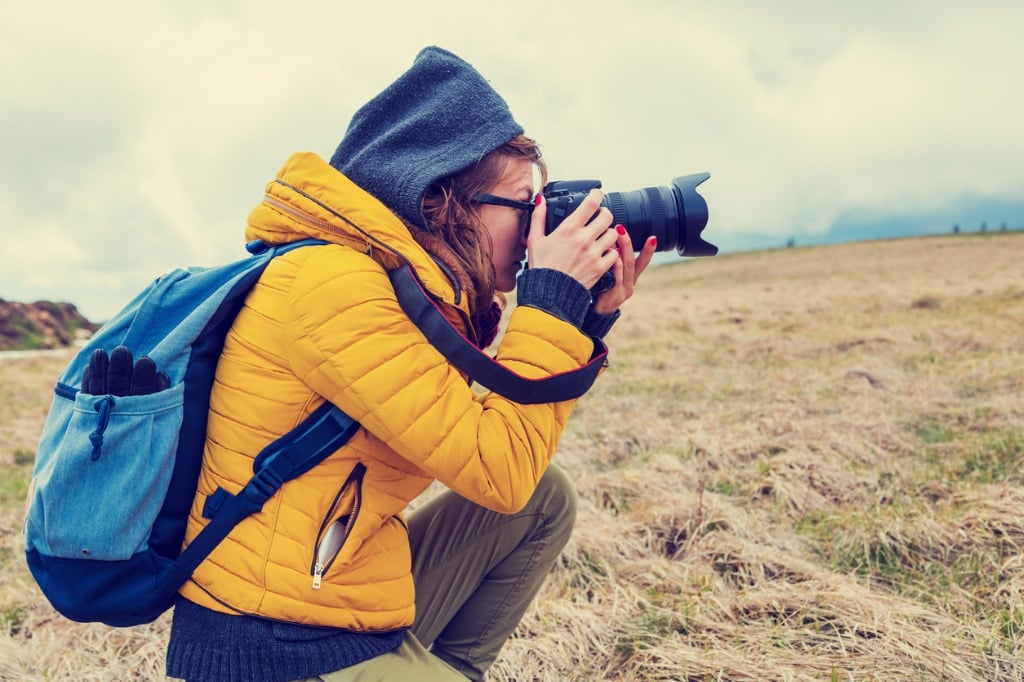
Photo by m-gucci via iStock
But for many photographers - myself included - sometimes it's hard to find the motivation to practice a lot. For others (again, myself included), having some kind of structure or direction really helps focus your attention and zero in on improving your creative skills.
Whether you commit yourself to a photography project, participate in our 30-Day Creative Eye Challenge, read an e-book or two, watch YouTube tutorials, or something in between, there are many avenues you can pursue that will lead to your ability to take better images.
The hard part is simply getting started! But once you're in a routine of learning each and every day, it becomes second nature.
If you can do that, and if you can follow the other stock photography success tips I've outlined here, you'll be well on your way to making the most of what stock photography has to offer.
Recommended Stock Photography Sites
There are more stock photo sites out there than ever before, but some are definitely better than others.
Below is a list of the four sites we recommend. This was going to be a list of five sites, but we removed Shutterstock in light of their recent policy changes that negatively impact photographers.
iStockPhoto
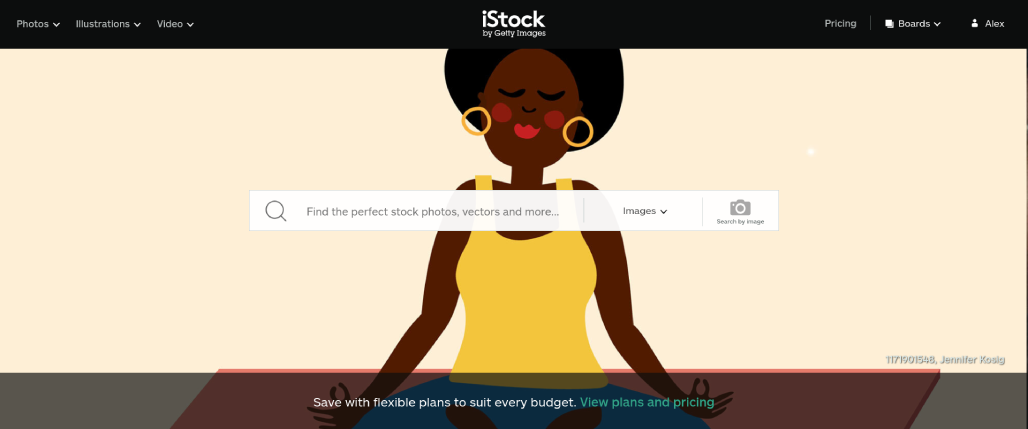
Visit iStockphoto to learn about their guidelines for joining their community.
Read our full iStockPhoto review.
Dreamstime
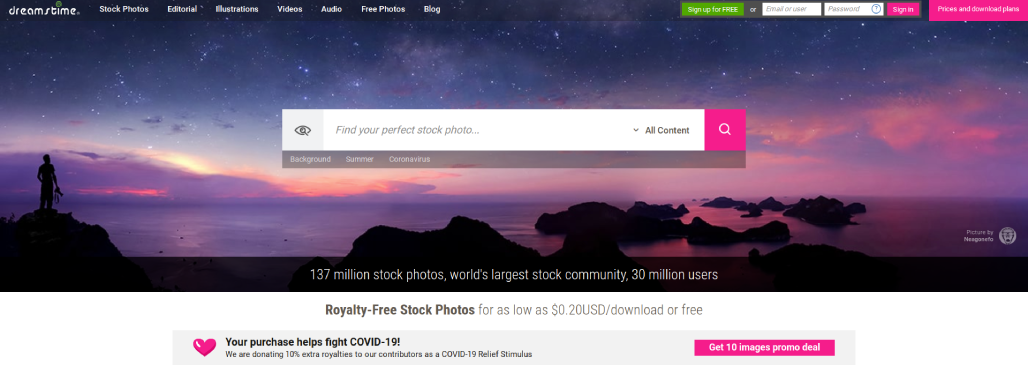
Head over to Dreamstime to see how much you can make in royalties from your stock photos.
Read our review of Dreamstime.
Getty Images
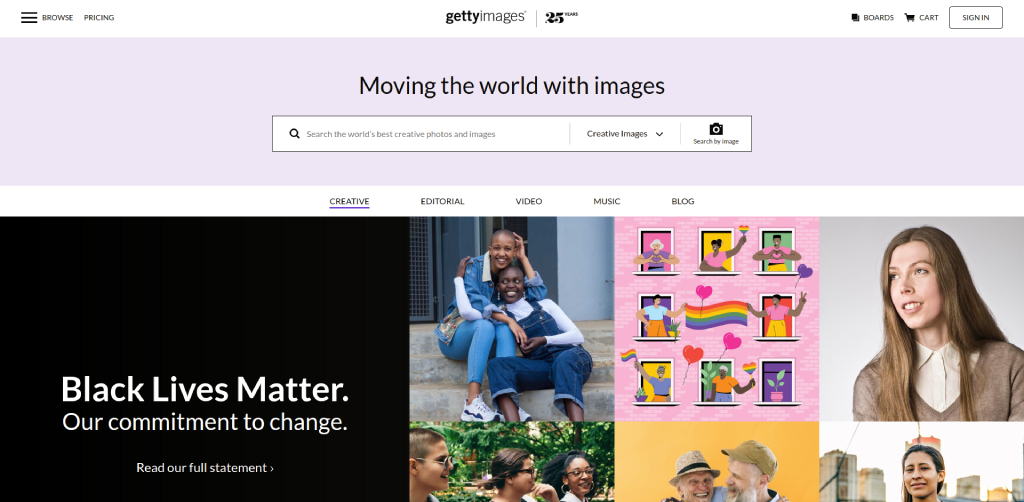
Getty Images is one of the largest storehouses of stock images in the world.
Have a look at our Getty Images review to see if it's the right stock photo site for you.
123rf

123rf is known as one of the top choices for stock photographers.
Read our 123rf review to learn the ins and outs of this popular stock photo site.
When deciding what stock photo sites to work with, bear in mind that it is advantageous to use multiple sites. Not only does it expand your footprint, but money in stock photography is often made by focusing on the volume of imagery you have available.
Be sure to stay tuned for future weekly installments in this series so you have all the resources you need to take your best shot!
We Recommend
The 19 most expensive photographs ever sold
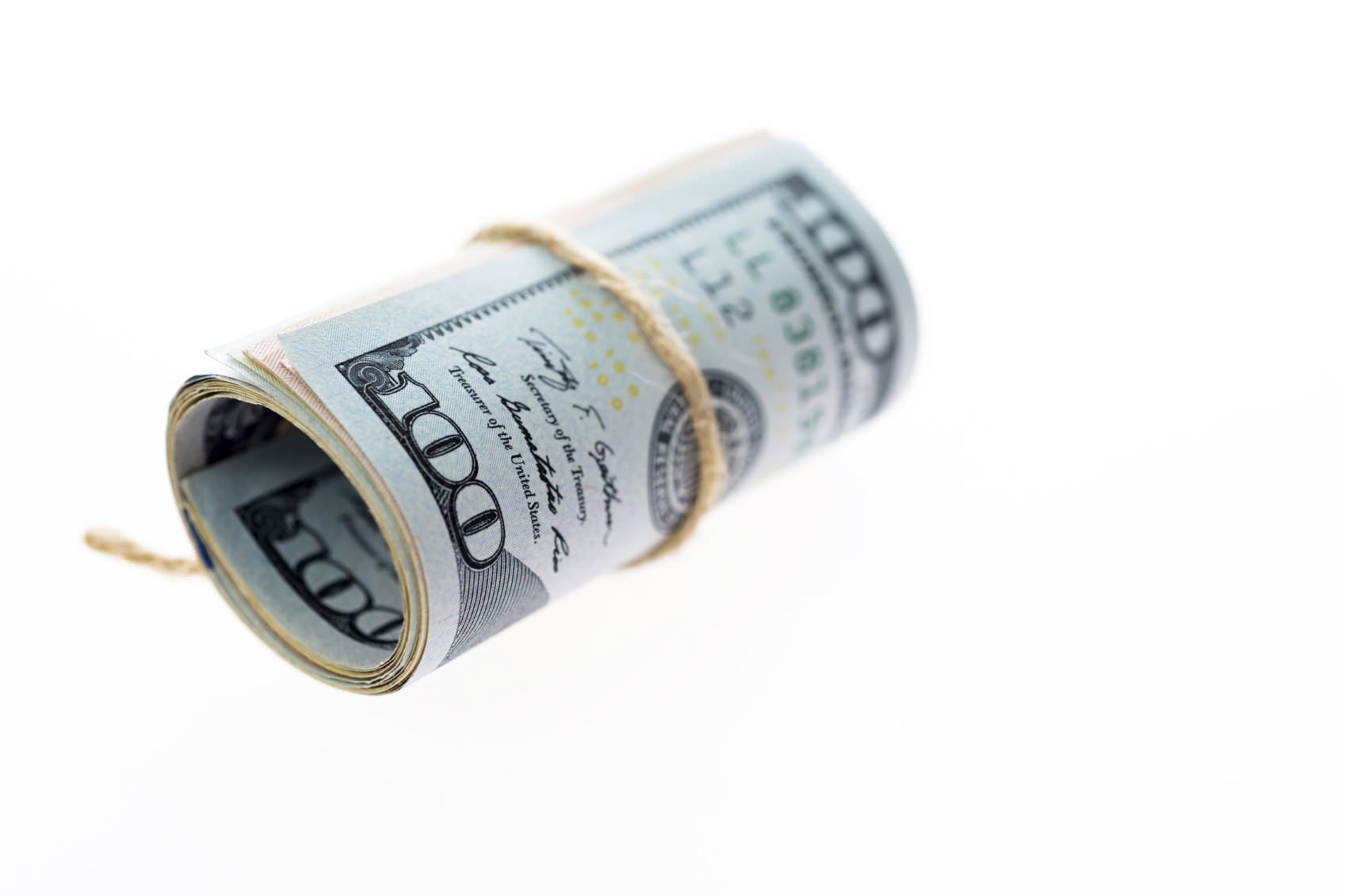 It has been a long debate weather photography has its place at the fine art table or not. Opinions are divided among art specialist. Some would never consider photography to be a true art form, capable of reaching the depth of a painting or a sculpture. Others are more flexible in this regard and look to photography as a distinct ,stand alone form of art that is in no way shadowed by other mediums. While more and more critics and art specialists feel this way, the majority of the art world has not yet fully welcomed photography among the other visual languages that represent the gross of the market. The most expensive single photograph ever sold came at a huge price but still, a very long way from the most expensive painting ever sold. It is fortunately a growing market. Naturally, with the number of photographers being so high, it is easy to become frustrated and intrigued about how the apparent simplicity of some of these works earned them so much money. It isn’t an easy answer to give and perhaps I am not the most qualified person to give that answer, however we have a three part series that will ultimately cover the 51 most expensive photos ever sold. Here are 19 from that list:
It has been a long debate weather photography has its place at the fine art table or not. Opinions are divided among art specialist. Some would never consider photography to be a true art form, capable of reaching the depth of a painting or a sculpture. Others are more flexible in this regard and look to photography as a distinct ,stand alone form of art that is in no way shadowed by other mediums. While more and more critics and art specialists feel this way, the majority of the art world has not yet fully welcomed photography among the other visual languages that represent the gross of the market. The most expensive single photograph ever sold came at a huge price but still, a very long way from the most expensive painting ever sold. It is fortunately a growing market. Naturally, with the number of photographers being so high, it is easy to become frustrated and intrigued about how the apparent simplicity of some of these works earned them so much money. It isn’t an easy answer to give and perhaps I am not the most qualified person to give that answer, however we have a three part series that will ultimately cover the 51 most expensive photos ever sold. Here are 19 from that list:
Updated 2015: This article has been very popular over the years, however this year we have an update. As some of you may know already, back in December 2014 Australian landscape photographer Peter Lik has had one of his photos take the lead as the most expensive photograph ever sold. As shown below, the photo called “Phantom” was sold to a private collector for an Earth shattering $6,500,000! This price tag is $2,161,500 greater than the previous record set by Andreas Gursky back in 2011 with his photo called “Rhein II”. So, you clicked on this article with the impression you will see the top 19 most expensive photos… today you will see 20 of the most expensive photos!
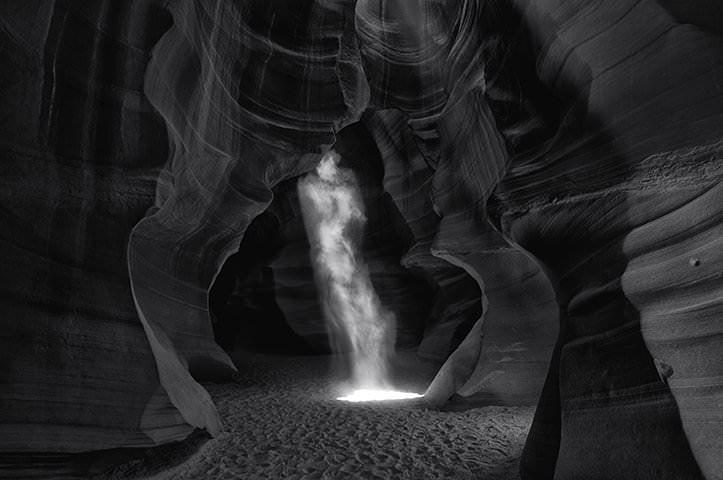
Recommended Cameras:
Nikon D500 | Nikon D3300 | Canon EOS Rebel T5 | Sony A7RII | Canon 7D Mark II
1. Rhein II by Andreas Gursky – $4,338.500 in 2011
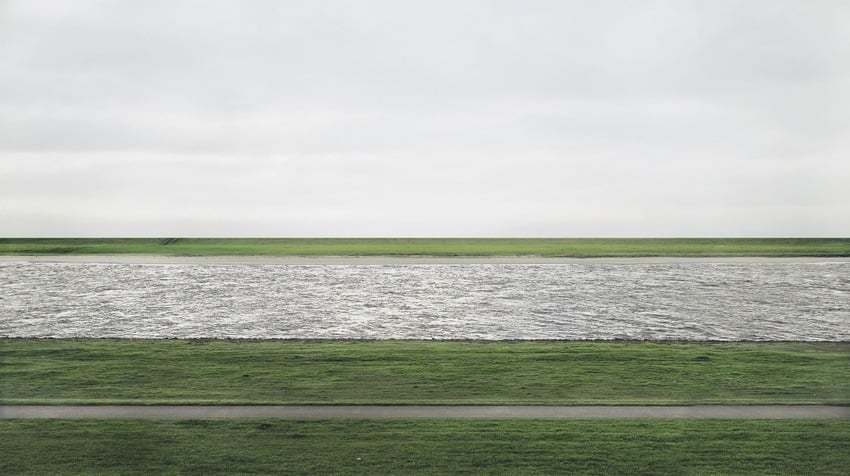
It is a 360x190cm photograph of the flowing Rhein river .Gursky removed some of the elements that were damaging to the composition, like people and buildings, claiming that ”a fictitious construction was required to provide an accurate image of a modern river. ”
Recommended Reading:
Andreas Gursky: Architecture
Andreas Gursky: Photographs
Andreas Gursky: Photographs from 1984 to the Present
Andreas Gursky: Images
2. Cindy Sherman- Untitled #96- $3,890,500 in 2011
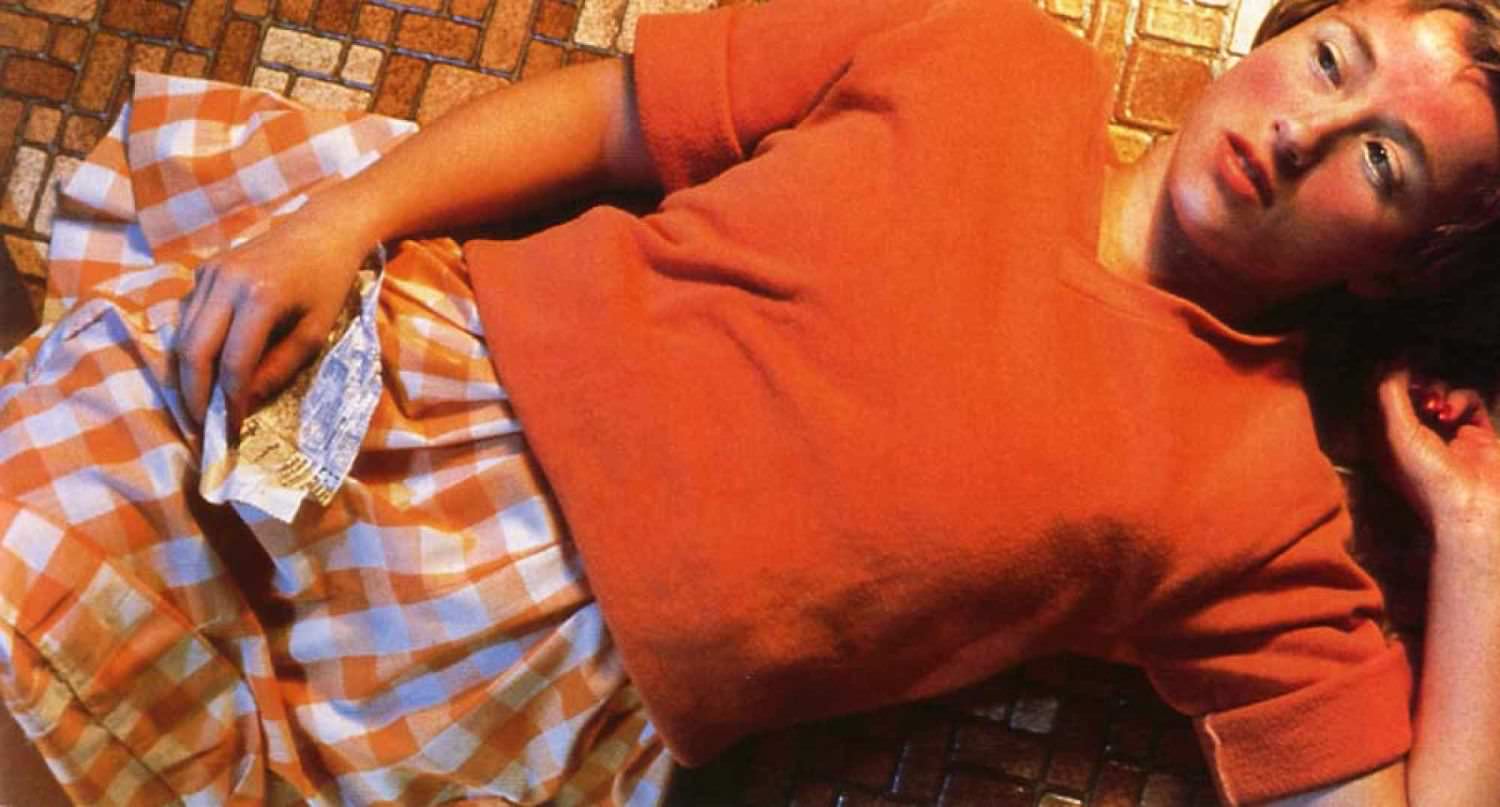
Self-portrait of the author wearing teenager clothes, taken in 1981. Christie’s, who auctioned it , noted in the presentation: “Who is this girl?Is she scheming to find true love ,or the brokenhearted victim of a failed love affair?”. The intrigue obviously worked.
Recommended Reading:
Cindy Sherman
Cindy Sherman: The Complete Untitled Film Stills
Cindy Sherman: The Early Works: Catalogue Raisonné, 1975-1977
Cindy Sherman: Working Girl
3. Dead troops talk- Jeff Wall- $3,666,500 in 2012
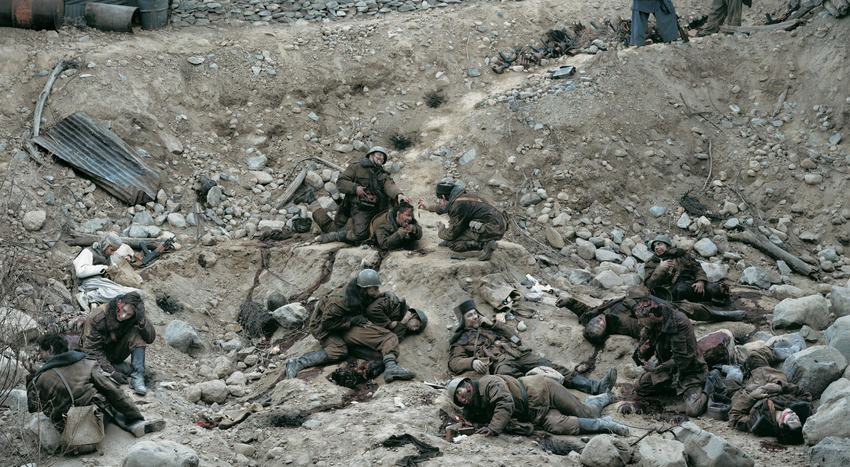
It is a montage made in 1992, a vision after an ambush of a Red Army patrol ,near Moqor, Afghanistan, winter 1986, according to the author. It seems like quite an impressive piece of work, given the fact that it’s a montage made in the early ‘90s. Wall also published a number o f successful albums, including the well reviewed Complete Edition.
Recommended Reading:
Jeff Wall: Exposure
Jeff Wall: Figures & Places--Selected Works from 1978-2000
Jeff Wall: Photographs
Jeff Wall: Complete Edition
4. 99 cent II Diptychon - $3,346,456 in 2007
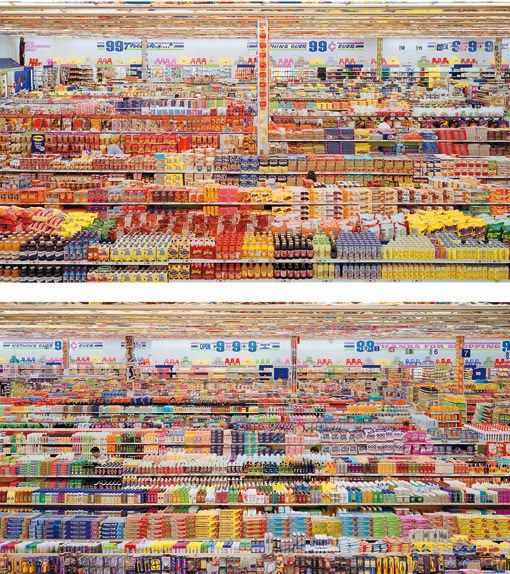
The image captures a supermarket interior with numerous, colored products, in a two part composition. It stirred the photography world a bit after the price was made public.
5. The Pond-Moonlight- Edward Steichen -$2,928,000 in 2006
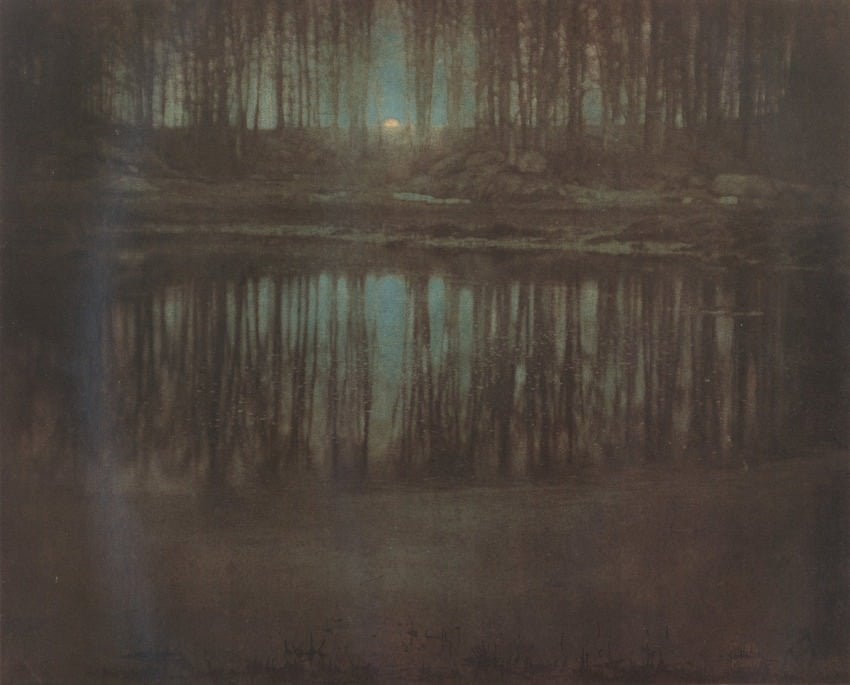
It is said that only three versions of this 1904 pictorial photograph are still in existence. Due to the manual hand-layering technique of the time, each one is different. At the time of the auction, in February 2006, it was the most expensive photograph ever sold in history.
Recommended Reading:
Edward Steichen: Lives in Photography
Edward Steichen: In High Fashion - The Conde Nast Years, 1923-1937
Edward Steichen: A Life in Photography
The Bitter Years: Edward Steichen and the Farm Security Administration Photographs
6. Untitled #153- Cindy Sherman-$2,700,000 in 2010
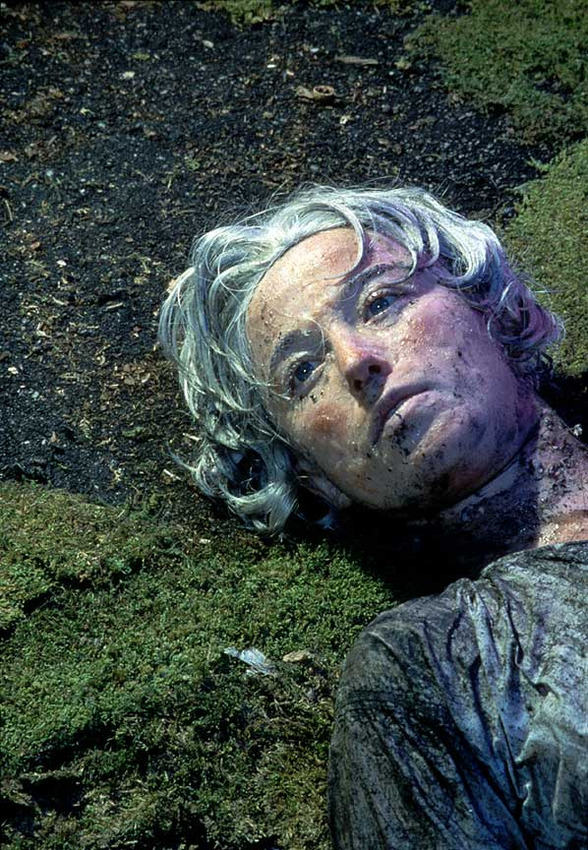
Another self portrait of the artist. In the words of Sherman: “you can be terrified and screaming and hiding your eyes, but you’re laughing, the worse it is, because it’s just so over the top and cathartic to confront these things that are really disturbing.”
Here is a collection of her works.
Recommended Reading:
Cindy Sherman
Cindy Sherman: The Complete Untitled Film Stills
Cindy Sherman: The Early Works: Catalogue Raisonné, 1975-1977
Cindy Sherman: Working Girl
7. Billy the Kid-unknown -$2,300,000 in 2011
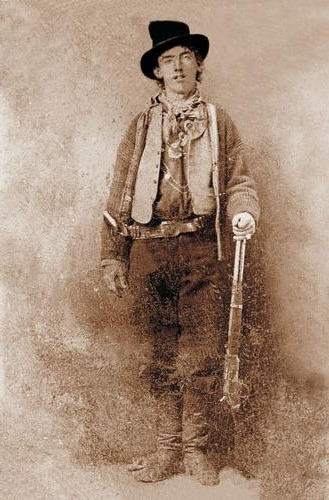
This portrait of the famous American gunman has an anonymous author. It is the only surviving authenticated portrait of The Kid.
8. Tobolsk Kremlin- Dmitry Medvedev-$1,750,000 in 2010
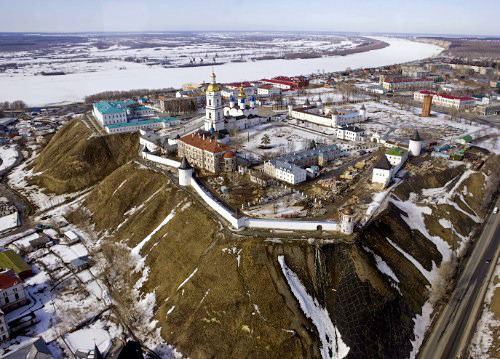
This aerial photograph was taken by none other than former Russian President, Dmitry Medvedev. It was auctioned in Sankt Petersburg in January of 2010.
9.Nude- Edward Weston-$1,609,00 in2008
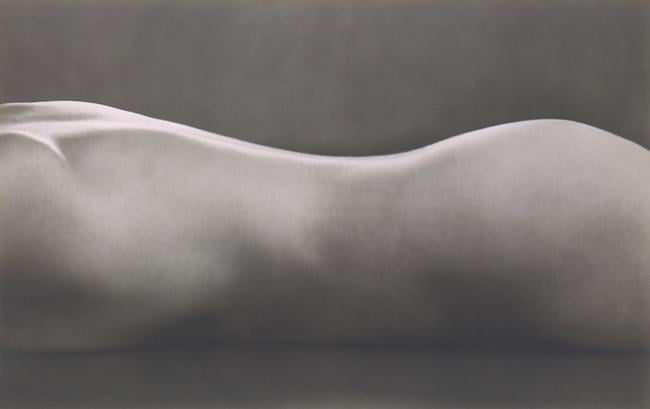
It is one of Weston’s best known nudes, and although estimated at “only” $700 000/1 million,
it was sold after a heated battle between two bidders for almost double the predicted amount.
10. Georgia O'Keeffe (Hands)-Alfred Stieglitz-$1,470,000 in 2006
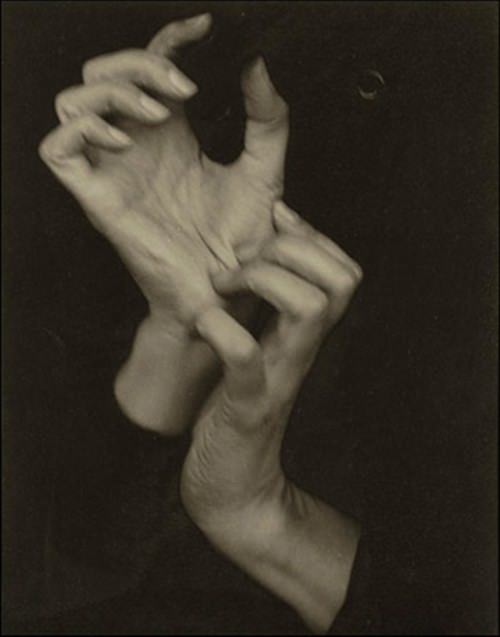
Taken by Stieglitz in 1919 ,the photograph is part more than three hundred photographs of the painter Georgia O'keeffe. Stieglitz used to consider this kind of images to be portraits of individual body parts, rather than a study or an advanced composition.
Recommended Reading
Alfred Stieglitz: The Key Set - Volume I & II: The Alfred Stieglitz Collection of Photographs
Alfred Stieglitz New York
Stieglitz: Camera Work (25th Anniversary Special Edtn)
Stieglitz, Steichen, Strand: Masterworks from The Metropolitan Museum of Art
11. Georgia O’Keeffe Nude- Alfred Stieglitz - $1,360,000 in 2006
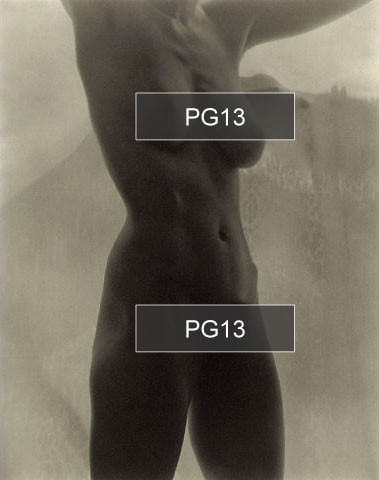
Part of the same series , it was originally estimated at a value of $700,000-1 million. Eight of nine highest prices paid for Stielglitz photographs are images of O’Keeffe.
Recommended Reading
Alfred Stieglitz: The Key Set - Volume I & II: The Alfred Stieglitz Collection of Photographs
Alfred Stieglitz New York
Stieglitz: Camera Work (25th Anniversary Special Edtn)
Stieglitz, Steichen, Strand: Masterworks from The Metropolitan Museum of Art
12. Untitled(Cowboy)-Richard Prince-$1,248,000-in 2005
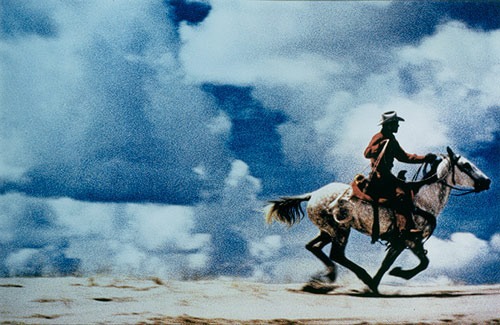
Prince’s technique involved mostly re-photographing old pictures that had been previously featured in the New York times. “Cowboy” is a re-photograph of a Sam Abell picture and is the first of its kind to raise over $1 million.
13. Dovima with elephants- Richard Avedon-$1,151,976 in 2010
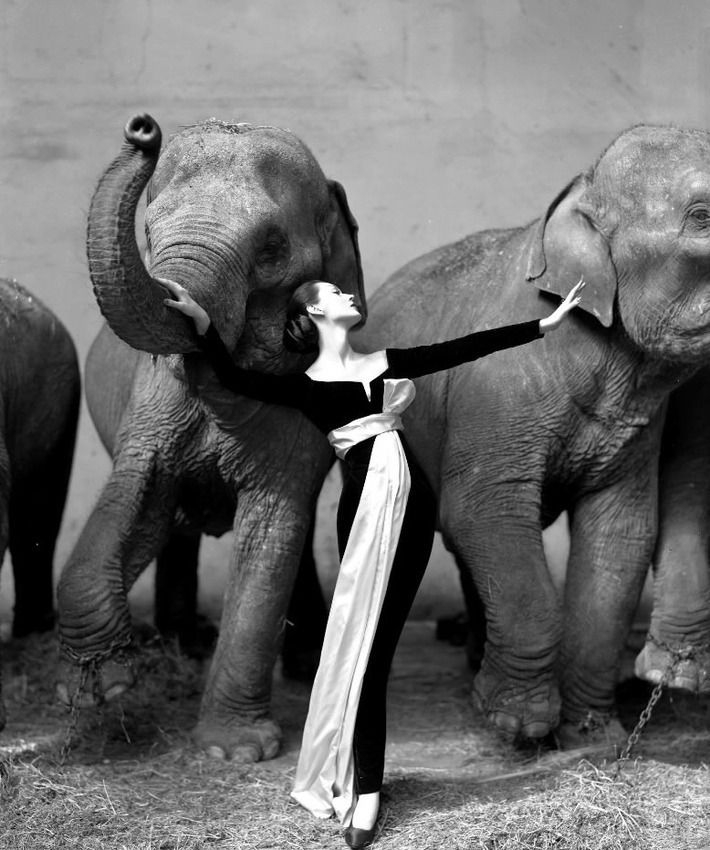
Avedon’s iconic photograph of Dovima, one of the most famous American supermodels was originally published in Harper’s Bazaar. There were two photographs from the shoot, this one and another where Dovima's dress is black. However, the negative from the “white version” mysteriously disappeared and only one print was ever made. Avedon is one of the most influential photographers of the 20th century. His work can be found in numerous photography albums.
14. Nautilus- Edward Weston-$1,082,500 in 2010

Weston took this picture in 1927 after noticing several paintings in the studio of artist Henrietta Shore, depicting sea shells. Some historians believe that this image, along with others of Chambered Nautiluses, was a turning point in Weston’s career and helped develop him as one of the greatest photographers of the previous century.
Recommended Reading
Edward Weston: 125 Photographs
In Focus: Edward Weston: Photographs From the J. Paul Getty Museum
Edward Weston: The Last Years in Carmel
Edward Weston (Aperture Masters of Photography)
15. One-Peter Lik-$1,000,000 in 2010
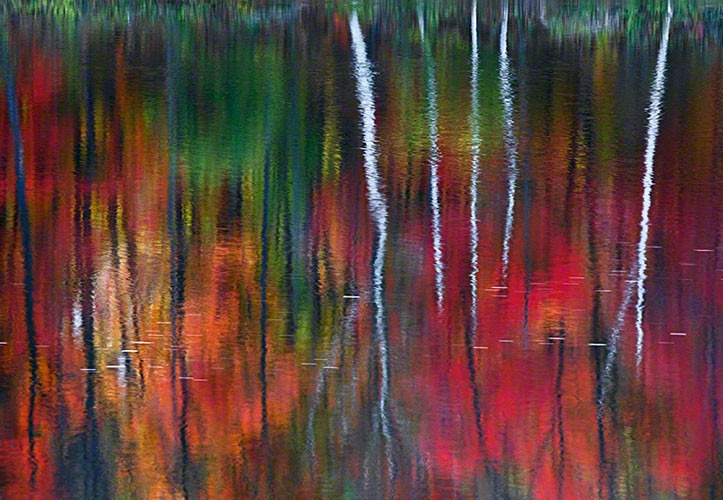
Lik is an Australian landscape photographer who is often compared to Ansel Adams.This image, resembling an impressionist painting, was taken on the banks of the Androscoggin River in New Hampshire.There was only one print ever made.
Recommended Reading:
Spirit of America
Australia: Images of a Timeless Land
San Francisco
Las Vegas and Beyond
16. Untangling-Jeff Wall- $1,000,000 AUD in 2006
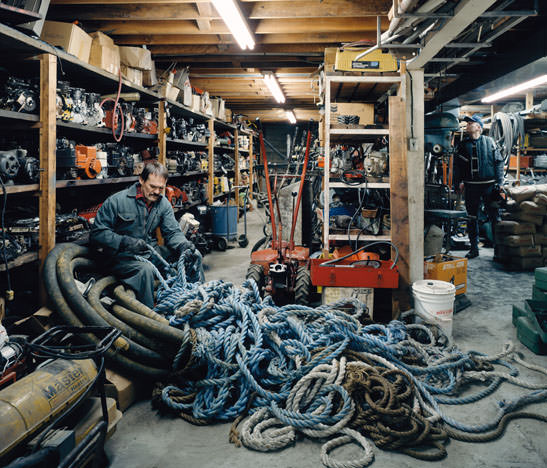
Another skillfully crafted image from what is called one of the “most famous practitioners of staged photography”.Taken in 1994.
Recommended Reading:
Jeff Wall: Exposure
Jeff Wall: Figures & Places--Selected Works from 1978-2000
Jeff Wall: Photographs
Jeff Wall: Complete Edition
17. Joueur d’Órgue-Eugene Atget -$686500 in 2010
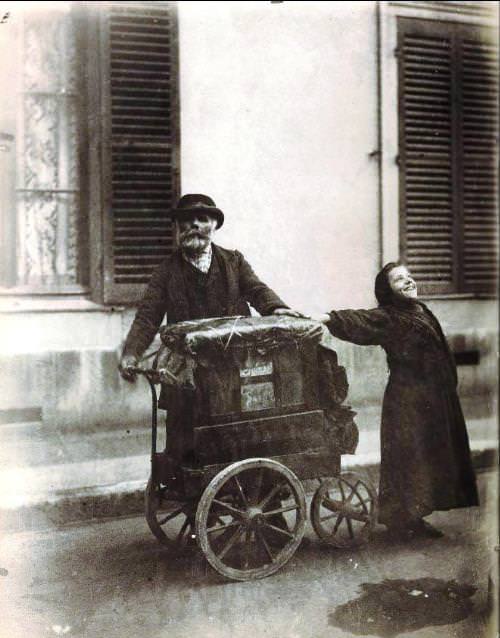
Taken on the streets of Paris, around 1898-1899, it is a gelatin silver chloride print originally estimated at $150,500. It ended up selling for more than six times that amount.
18. Andy Warhol- Robert Mapplethorpe -$643,200 in 2006
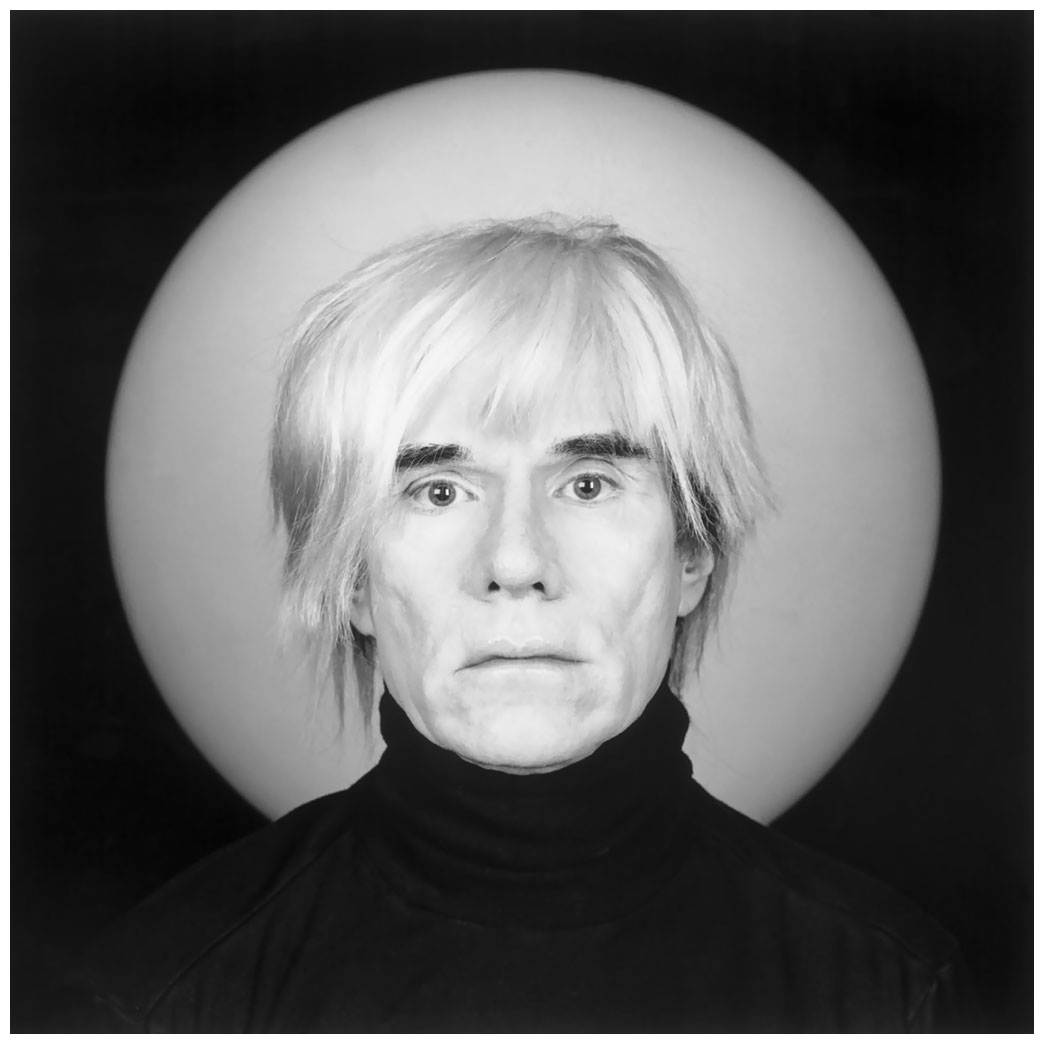
An unconventional portrait of the famous American pop artist.It as originaly estimated at $300,000. Mapplethorpe has photographed many personalities of the art world in his career and is known for his bold approaches. More of his work is available in printed edition.
19. Moonrise, Hernandez, New Mexico-Ansel Adams-$609,600 in 2006
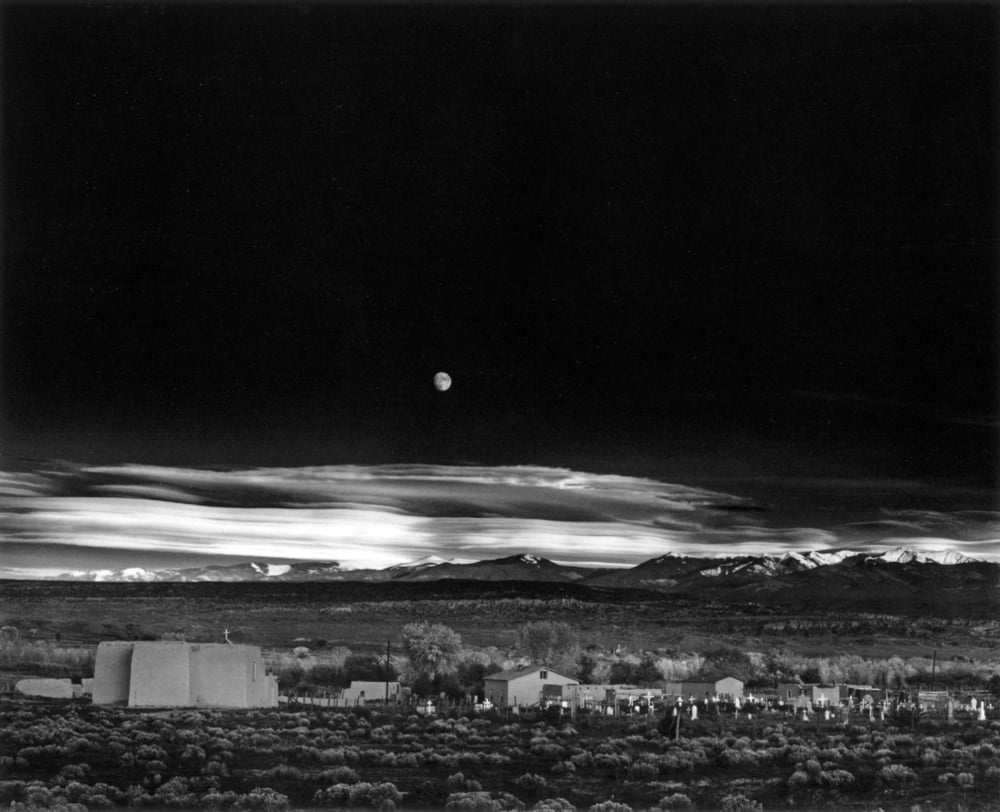
Adams is considered to be the founder of modern landscape photography. He took this photo in November of 1941 from a location on U.S. Route 84. It was in very high demand an Ansel personally made over 1300 prints of it. As he was known for neglecting to record specific dates of his images, this one in particular has been listed throughout the years as having been made between 1940-1944. More of Adam’s works can be found in printed albums.
We Recommend
Top Photography Trends of 2021

photo byskynesher via iStock
It’s super important to stay on top of photography trends if you’re running a photography business because there is just about nothing more embarrassing than a client coming to you looking for a specific style of photo and knowing absolutely nothing about it.
But, photography trends are just like every other type of trend; they’re fleeting. I find myself googling photography trends at least once a month in order to keep up. While I don’t change my Instagram aesthetic every month, I do like to understand what people are looking for in their photos.
2021 is especially unique because, let’s just say it, this year has been kind to no one. Between the coronavirus pandemic and the election for those of us here in the U.S., it’s been hard to keep up with much of anything.
The overwhelming nature of this year has definitely bled into these photography trends too. To help keep you up to date, I’ve compiled what I think is a pretty solid list of the top 2021 photography trends.
If you don’t see a trend you think should be on this photography trends of 2021 list, let us know! They’re changing all the time.
Editor’s Tip: Looking to brush up on your creativity? Do you need some inspiration for taking better shots? Look no further than our 30-Day Creative Eye course! Develop a keener eye for photography and learn new skills in just 30 days that will help you build your repertoire of stock photos. Enroll today to get started!
Bright, or Neon, Colors
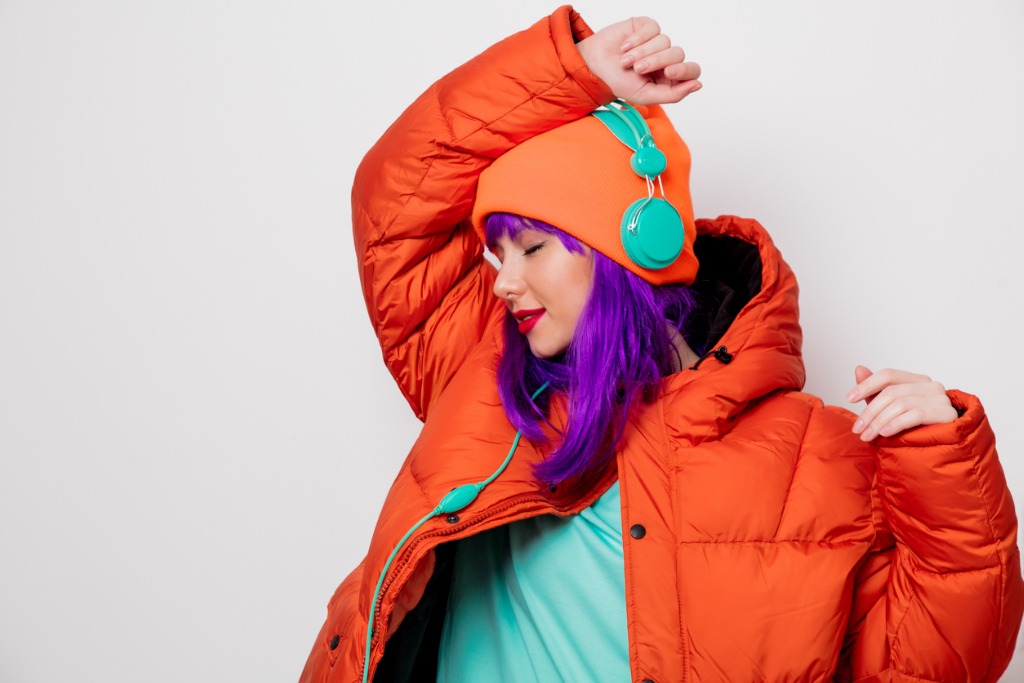
photo byMassonstock via iStock
If you aren’t a complete nerd like me, then you probably don’t follow Shutterstock’s color photography trends. But, all of the colors they picked for 2021 are incredibly bright.
Some of them, like lush lava, border on neon. If you’ve kept up with social media, particularly Instagram, this year then this definitely doesn’t come as a surprise.
While businesses are much more likely to follow this trend in their marketing, I’ve seen influencers leaning into the bright colors trend as well.
While a lot of these photography trends are difficult to pinpoint exactly where they started, I think it’s probably safe to assume that photographers of color are to thank for this trend. More people of color have been involved in the photography and modeling industry this year than ever before and it’s no secret that bright colors complement darker skin tones beautifully.
Social Activism
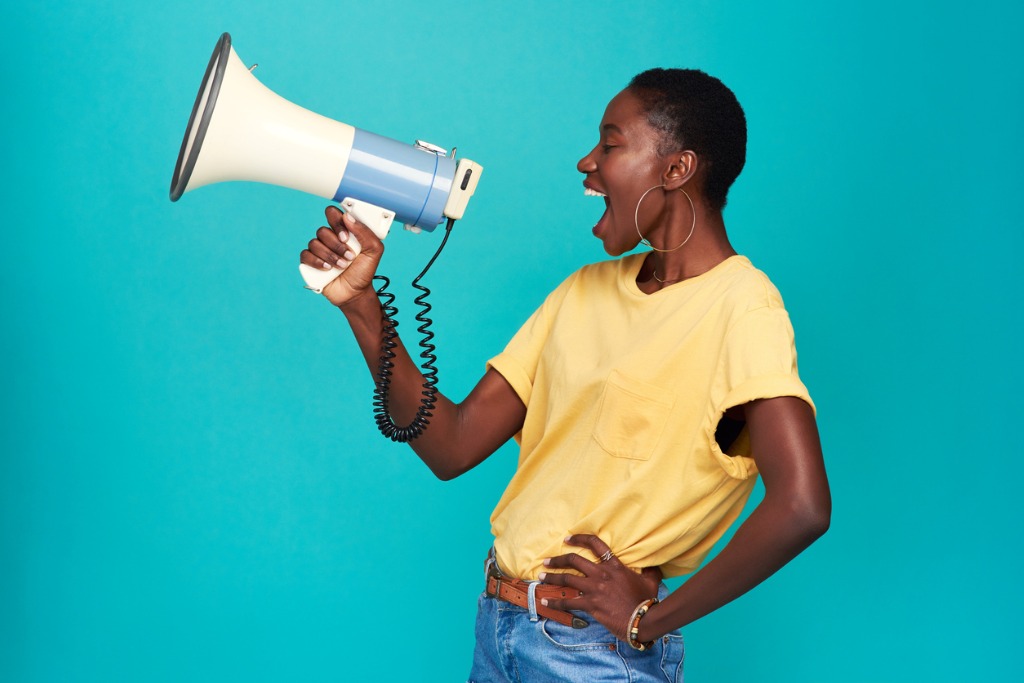
photo byPeopleImages via iStock
One of my favorite photography trends from this year has been social activism. This type of photo includes images of people participating in their civic rights, like the freedom of speech, but it also includes images of people basically just showing up for one another.
Whenever serious events happen in the world, like the coronavirus, people want to make great, big displays about how much they care about their community. That’s what social activist photography is all about. Even businesses are starting to tap into this trend.
I mean, how many commercials have you seen this year from a corporation thanking first responders for their service and promising you that we are all going to get through this?
Learn More:
- Stock Photography Success Tips: Planning and Research
- Stock Photography Success Tips: Best Stock Photo Sites 2020
- How to Shoot for Stock Photography
Divergent Beauty Portraits
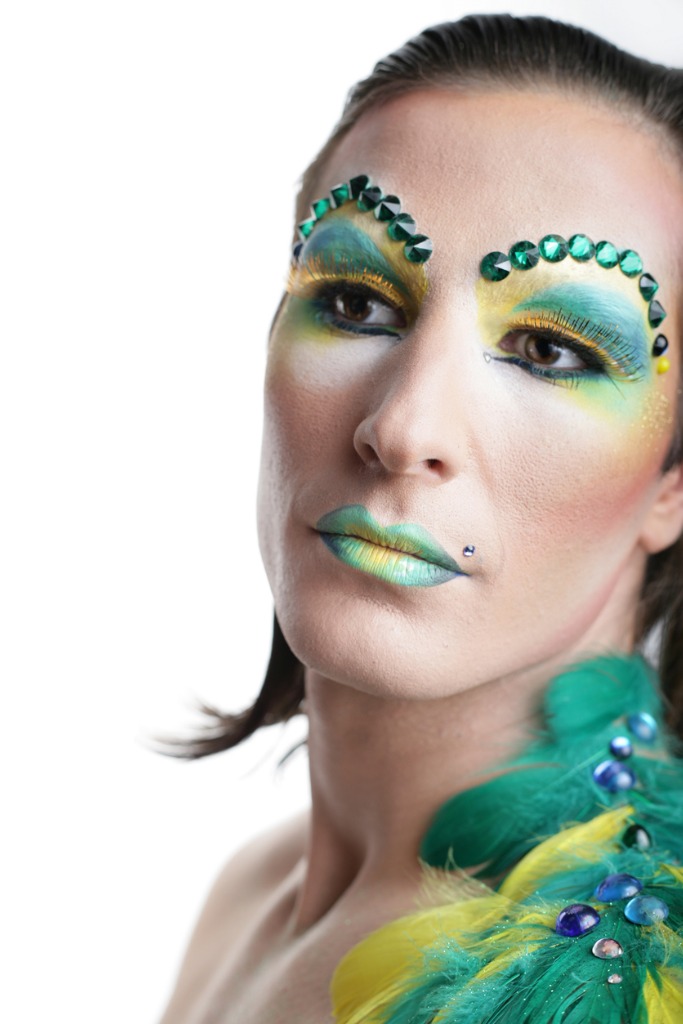
photo bycaracterdesign via iStock
Speaking of photography trends that minorities have started. Here is another one.
Most beauty campaigns for the last century have focused on makeup products and makeup looks that make the models look “more natural.” A pop of red on the model’s lips could be the only pop of color in the whole portrait.
But, people are starting to celebrate makeup for what it is, a product to let them look otherworldly. Makeup artists are getting really into looks that celebrate the makeup instead of the person wearing it. It's an artform all of its own.
“Real” Realism
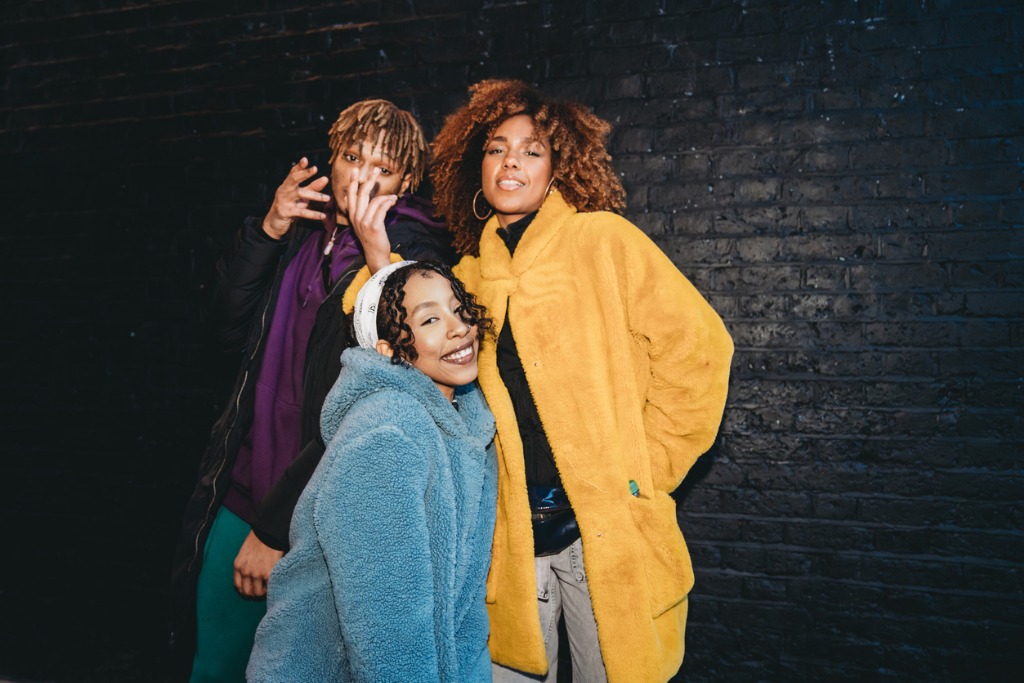
photo byFilippoBacci via iStock
I would argue that most of the photography trends on this list weren’t started by companies. Usually marketers tap into photography trends, they don’t create them. That’s not the case with “real” realism.
In this type of photography, models are posed to look as if they are taking a candid shot. Unlike other forms of traditional photography that included “candid shots,” like fashion photography where models would look as if they were walking or lounging in their clothing, “real” realism celebrates the mistakes models make.
By doing this, your images turn out looking much more candid. They also turn out looking much more like something that would end up on a teenager’s Instagram.
Cottagecore
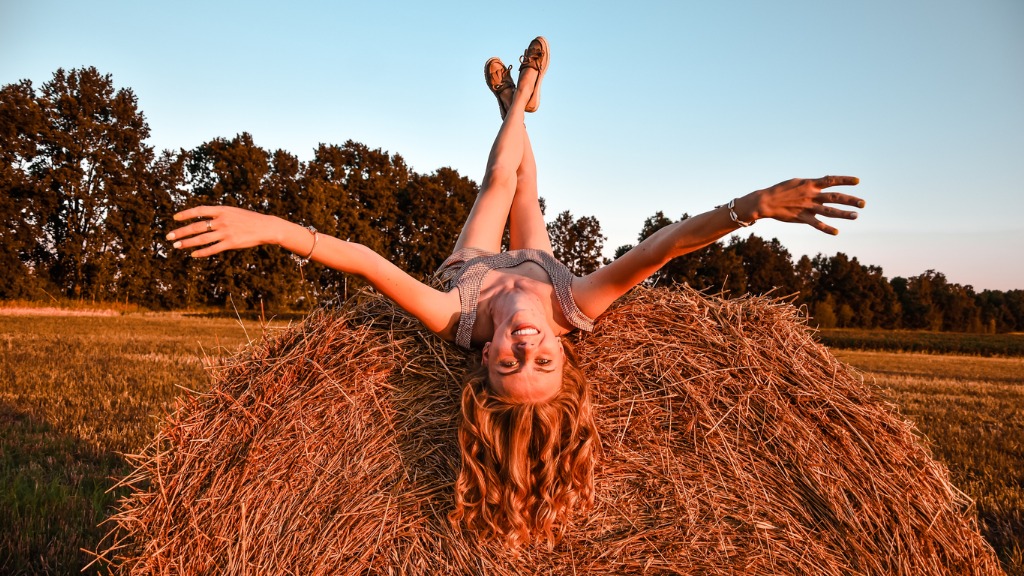
photo byAnastasiia Yanishevska via iStock
If you haven’t heard of cottagecore yet this year, let me explain it to you. Cottagecore was a trend started by Taylor Swift and it originally had nothing to do with photography. Cottagecore is the celebration and romanticization of country living.
It really started to blow up at the beginning of the pandemic when people were increasingly being forced into tiny apartments in city centers and were fantasizing about living anywhere but where they were.
Now, though, cottagecore has branched off into a ton of different industries. Cottagecore photography includes a lot of pastel colors. It makes the viewer feel as though they are getting more in touch with nature. A lot of cottagecore photography is taken with film cameras to give it a more vintage look. The trend also includes the use of a lot of floral prints.
Learn More:
- How to Sell Stock Photos
- Try These Best Selling Stock Photography Ideas
- Popular Stock Photography Categories
Everything Vintage
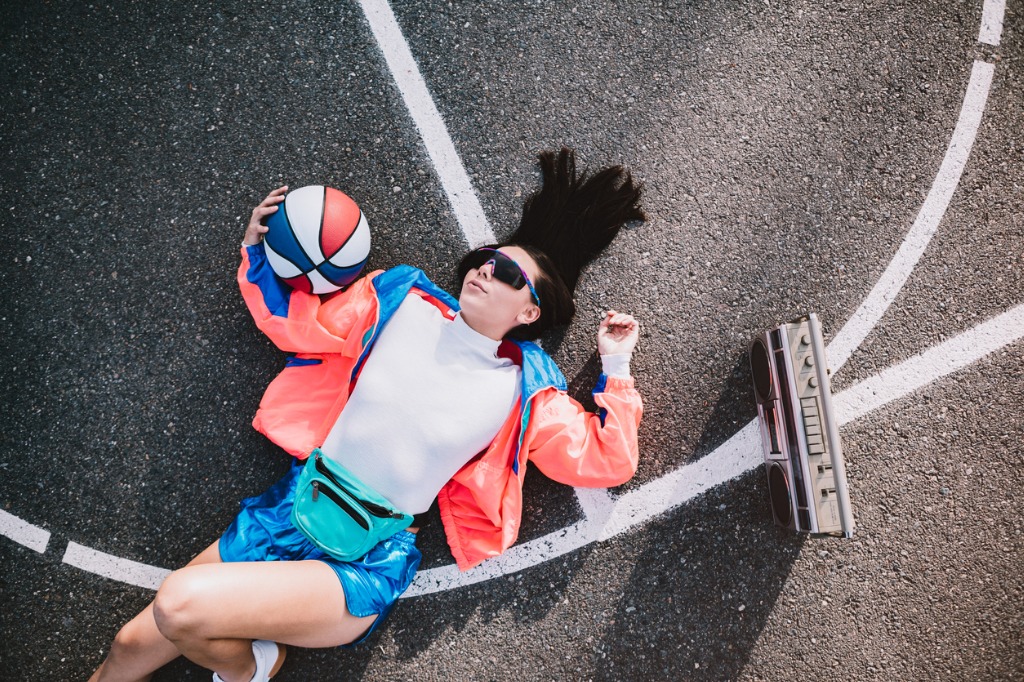
photo byRyanJLane via iStock
Speaking of vintage… pretty much everything vintage is in right now.
Teenagers are wearing a lot more vintage clothing, pieces inspired by the 70s, 80s, and 90s depending upon the month. They’re participating in vintage hobbies, like collecting records or listening to Fleetwood Mac (if you haven’t seen the latest TikTok trend, it involves Fleetwood Mac’s “Rumours). So, it makes sense that they would want this love of everything vintage to be in their photographs as well.
It’s why you can purchase apps on your phone to give your images timestamps, to make it look as if they were taken with a disposable camera.
Hyper-Local Shots
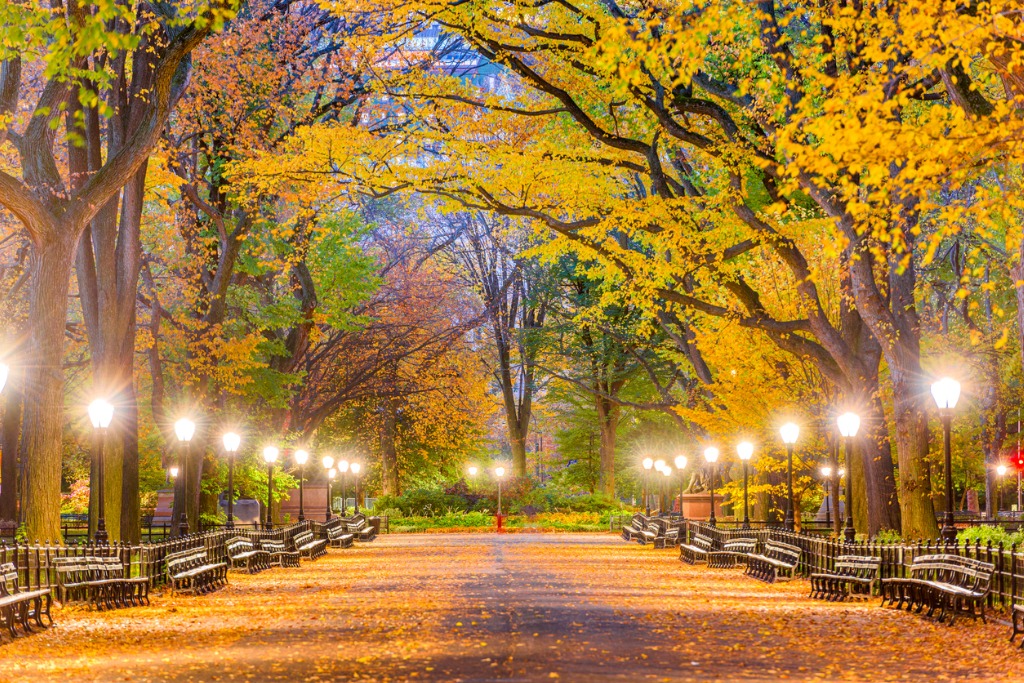
photo bySean Pavone via iStock
Yet another photography trend inspired by the pandemic this year is hyper-local shots. People are traveling a whole lot less, which means they’re getting antsy to go explore their own homes.
Because of this, staycations are on the rise, which means photography featuring hyper-local destination spots in your hometown are needed now more than ever.
People are really in search of nature right now, so photographing natural spots (even in the middle of the city) is probably your best bet for succeeding in this trend. But, you can also take photos of different destinations in your hometown, like eateries.
Aerial Photography
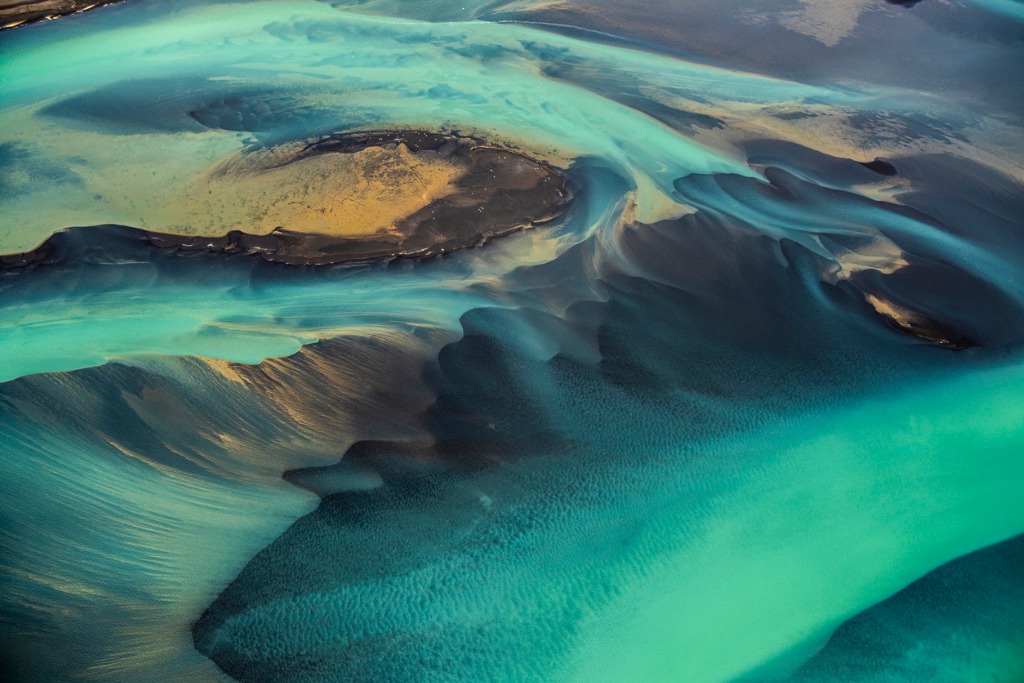
photo byEXTREME-PHOTOGRAPHER via iStock
I don’t know that aerial photography is ever going to go away now that it’s so cheap to get set up with your own aerial photography set.
Aerial photography started becoming much more popular a couple of years ago and it’s looking like 2021 will be filled with much of the same.
Minimalism
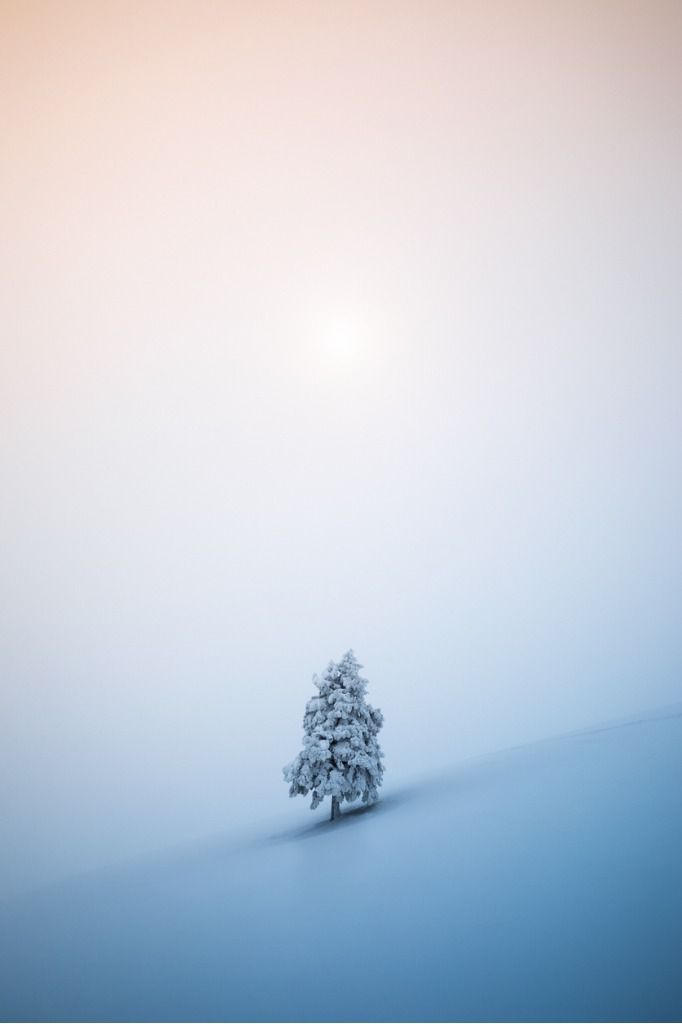
photo byborchee via iStock
This trend is definitely inspired by Instagram. The art of minimalism is the art of using the least amount of materials as possible. So, people can have a minimalist closet filled with 10 different pieces of clothing they can wear dozens of different ways. They can also have minimalist homes filled with a select few pieces of furniture that all function for multiple different purposes.
Minimalist photography is essentially the act of catching this trend in action. So, whether you’re a family photographer, a wedding photographer, or a real estate photographer, then you’re probably going to need to understand the clean lines and crisp colors of minimalism sooner rather than later.
Natural Light
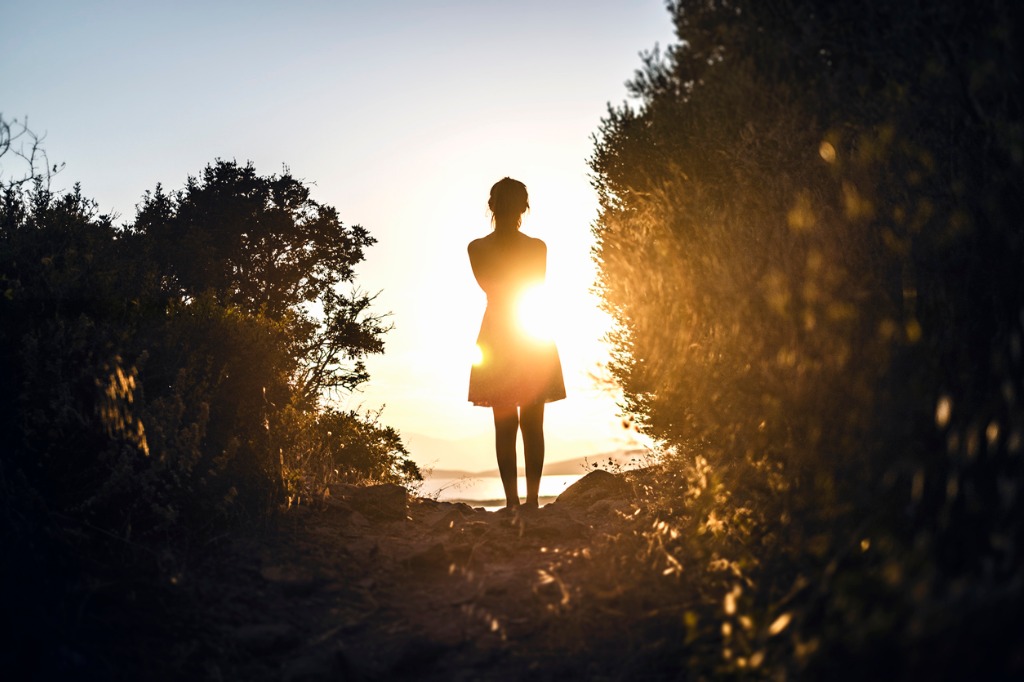
photo byU.Ozel.Images via iStock
Smartphones have spurred plenty of photography trends and this is yet another one.
Models, and even young people just learning how to take excellent selfies from models, understand the inherent benefits of shooting everything in natural light. My Instagram feed is filled with images that use natural light. I’ve had clients cancel on me if I was supposed to be taking their portrait and the weather ended up not being what they had hoped.
This trend is also great news for photographers who are looking to save some money on equipment this year.
Learn More:
- 7 Ways to Make Your Stock Photos Shine
- Simple Stock Photography Tips
- Stock Photography Mistakes You Need to Avoid
We Recommend
Try These Best Selling Stock Photography Ideas
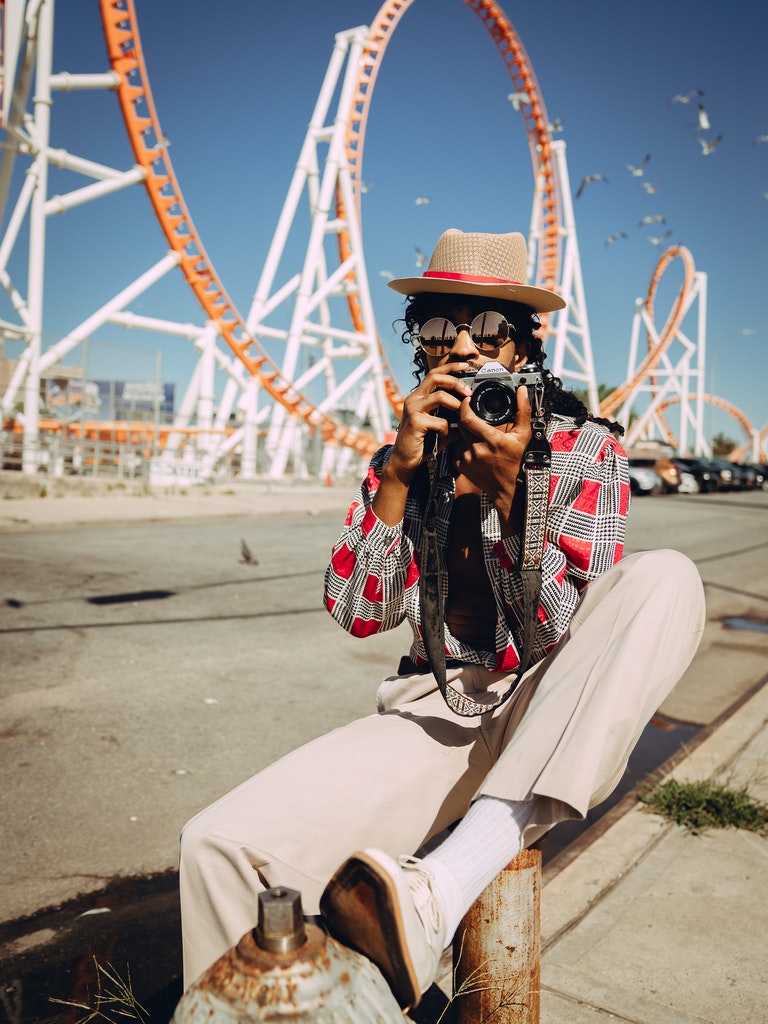
Photo by Horacio Rojas from Pexels
You should try out stock photography if you haven't already yet…
Though it isn’t as lucrative as it once was, it does represent an opportunity to earn extra income in these trying times.
Whether you’re just breaking into stock photography or if you have been trying it out for a while, you want to know what kind of stock photos sell the best, the most downloaded stock photos.
In order to maximize the benefit from all of your effort, have a look at these best-selling stock photography ideas to see if you can add to your image selection or start a new one. If you were to talk to the average photography enthusiast, you might hear some interesting ideas for stock photography that may or may not work, and that’s fine, I like to hear good ideas from anyone!
Editor’s Tip: Part of your ability to be successful in stock photography is having a creative eye to compose shots that are interesting and compelling. Our 30-DAY CREATIVE EYE COURSE is just what you need to elevate your ability to see creatively! With detailed tutorials, actionable steps, and hundreds of images to inspire you, this course is loaded with features that will help you make the most of your stock photography pursuits. ENROLL TODAY!
Ideas for Stock Photography

Photo by Garry Mordor from Pexels
Many of the best-selling stock photography ideas presented here are based on actual stock photography sales, downloads, and views. In addition to sales figures, some of these stock photography ideas come from discussions with other photographers about what trends they are seeing.
Just in case this is your first foray into the wonderful world of shooting stock photography, have a look at a couple of earlier articles with stock photography ideas. The articles are Stock Photography Success Tips - Planning and Research and How To Shoot for Stock Photography.
And now for those best-selling stock photography ideas you want to know. By the way, just as a disclaimer, if you are reading this article a year from when written, you should look for the newest trends as these things can be very fluid, though many themes will stay near the top of the most downloaded stock photos from year to year.
Home Office Work
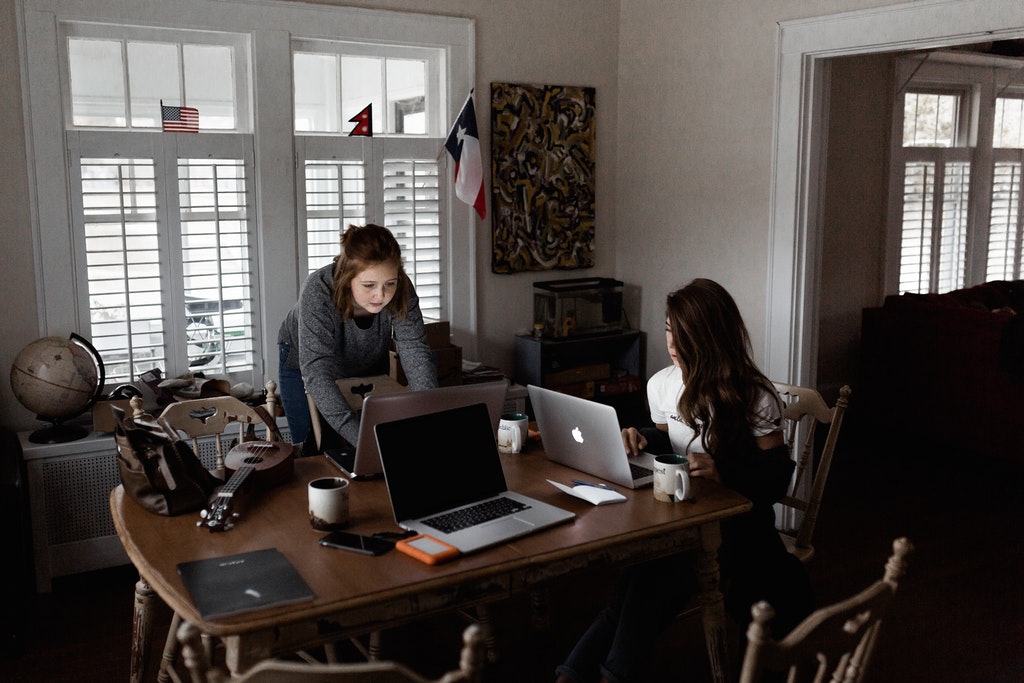
Photo by Andrew Neel from Pexels
Even before the coronavirus sent many companies and individuals into the work from home frame of mind, there was lots of interest in this type of image. So, what type of image will work for the editorial ideas concerning work from home?
Obvious imagery will include virtual meetings, such as over Zoom, Skype, FaceTime, Microsoft Teams, or other online collaboration software. Other photo ideas might include the home setting for the home office, maybe with a view of a kitchen or living room in the background.
You could also show family interaction like their kids with them or something similar. Anything like this will hit the theme of work from home as one of the top best-selling stock photography ideas.
Outside of Office Work Collaboration

Photo by Buro Millennial from Pexels
Another work centered theme but with a twist. One of the best-selling stock photography ideas is showing people collaborating for work outside of what was considered the norm for years.
It doesn’t have to be just office workers, either, other professions can be shown in this theme. Artisans and craftspeople are prime interests for this theme of stock photography ideas.
As for where, any setting that is not the standard setting for this type of work. For instance, for office workers and professionals in white-collar fields, a coffee shop or a picnic table in a public park could work well. An art teacher might be collaborating inside a gymnasium with other art and crafts teachers instead of in a standard classroom.
Candid Family Interaction
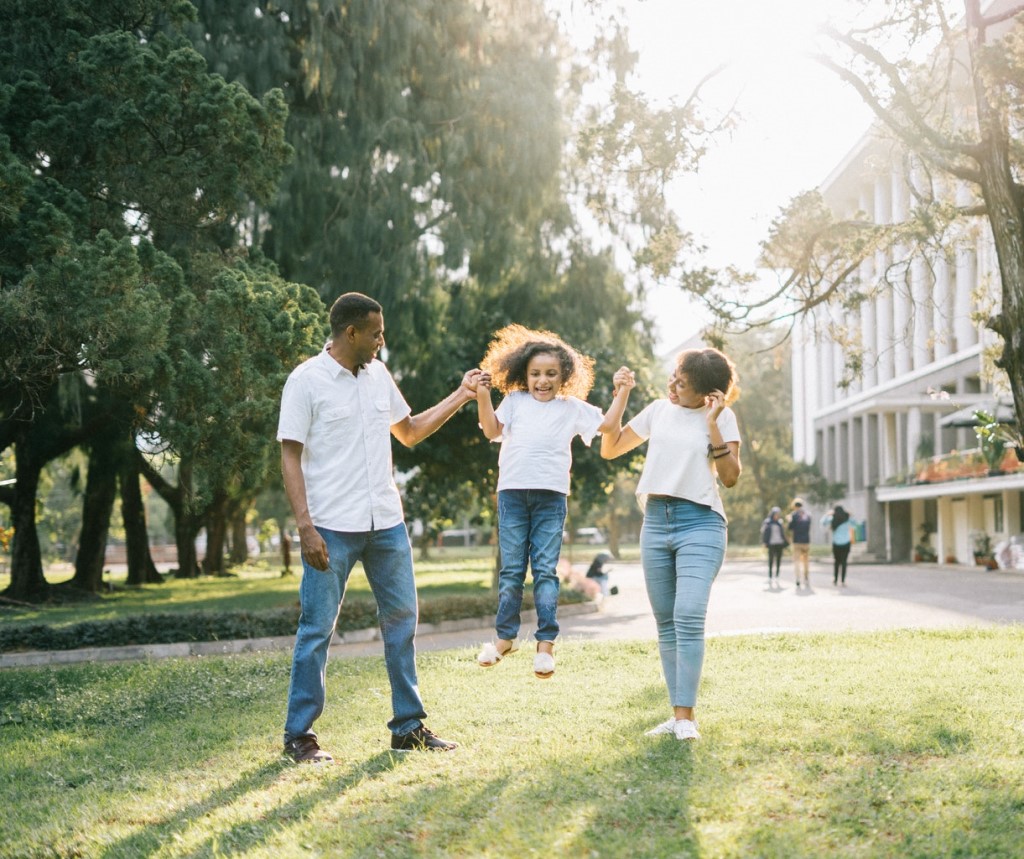
Photo by Agung Pandit Wiguna from Pexels
The emphasis on action, unposed or at least looking unposed. The best-selling stock photography ideas of family are those moments that look honest and authentic. Posed portrait style isn’t a hot seller in general, candid is the feel of the most desired images.
It’s okay to have people looking at the camera, especially when it appears that the subject is inviting or engaging with the apparent viewer. Those hand holding and leading someone on to something have become a bit cliche, but those are still in vogue too, especially when in interesting spots such as top tourist attractions or involved in popular activities.
Color Blocks or Color Themes

Photo by Bess Hamiti from Pexels
It could be any subject matter, people, places, architecture, as long as it is centered on one main color or color theme. By color them, we mean a similar color but perhaps with variations of hue, saturation, or intensity.
Try to accomplish the image naturally, as overly processed images tend not to be extremely in any genre, regardless of well the image is processed. Some ideas can include the photo techniques of Golden Hour and Blue Hour, or lush foliage, also painted structures. A person wearing the same color clothing as the paint on a wall would fit this idea.
Age Diversity

Photo by Andrea Piacquadio from Pexels
People of all ages interacting together are one of the best-selling stock photography ideas that is likely to continue as popular for quite a while.
Seniors are re-entering the workforce, images showing seniors along with other age groups in the workplace are among the most downloaded stock photos. Any type of collaboration and just about any workplace are workable in this theme.
In addition to work images, family and recreation showing multiple age groups are popular. Grandkids and grandparents, teens and parents, young adults and middle aged adults, all of these are good subjects to show age diversity.
Racial Diversity
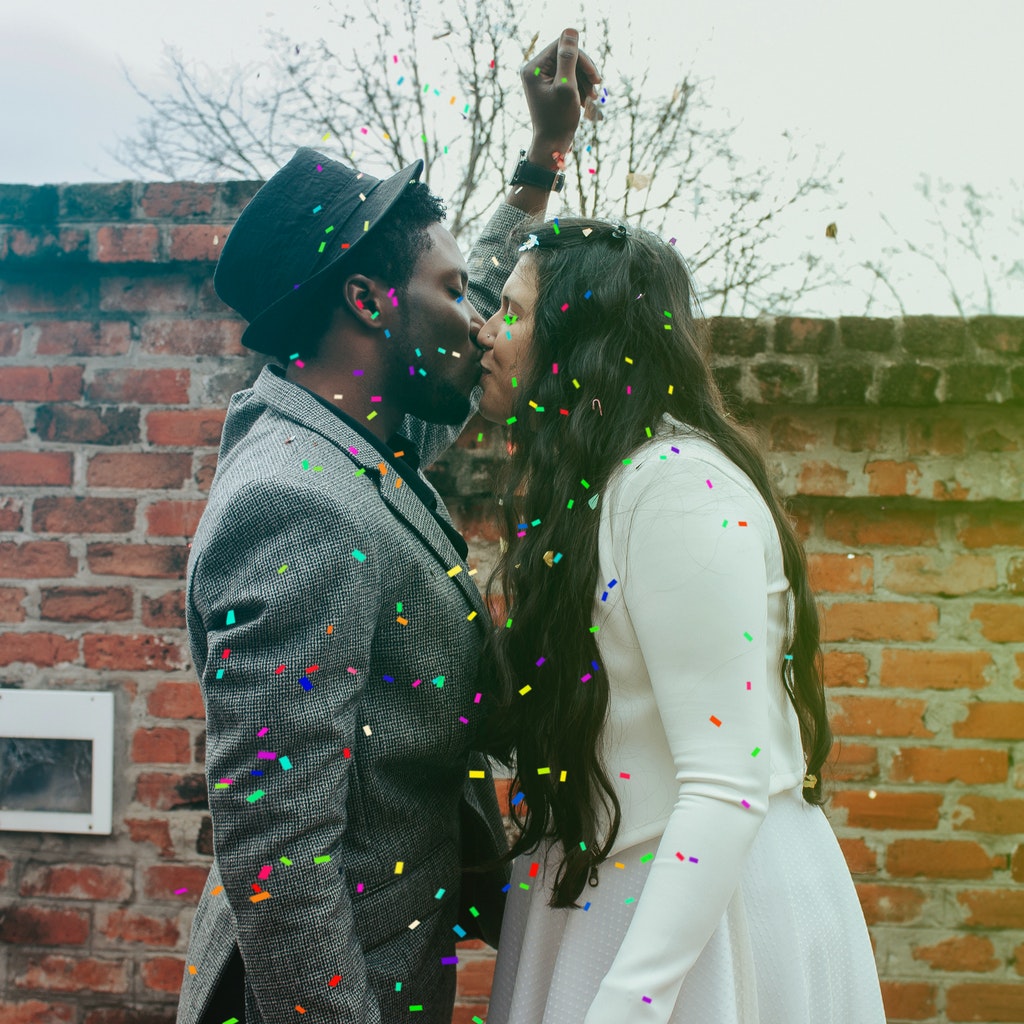
Photo by Lucxama Sylvain from Pexels
It’s not just a product of the times, this is a trend that has steadily been growing for several years and will continue to be one of the best-selling stock photography ideas for a long time. And it can be in any type of setting, with any activity.
If you are able to include age diversity along with racial diversity, this style of image will be viewed by all sorts of buyers. Non specific activities are a good idea, so that several different types of products could be imagined in the theme of this type of diversity.
Patterns
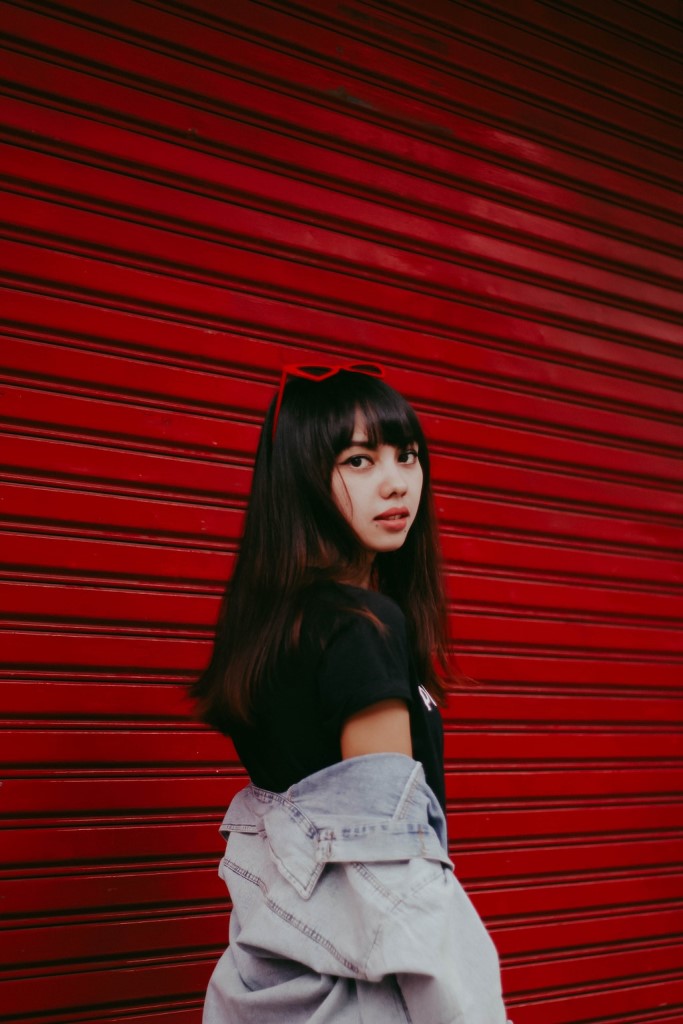
Photo by Deden Dicky Ramdhani from Pexels
The patterns could be natural such as the Fibonacci Sequence or man made such as architectural elements or even cultivated fields or gardens. The important consideration with patterns is not to make the pattern overwhelming. A subtle introduction of a pattern, perhaps mixed with other stock photography ideas like color blocks can capture a lot of attention.
Negative Space Landscapes or Cityscapes
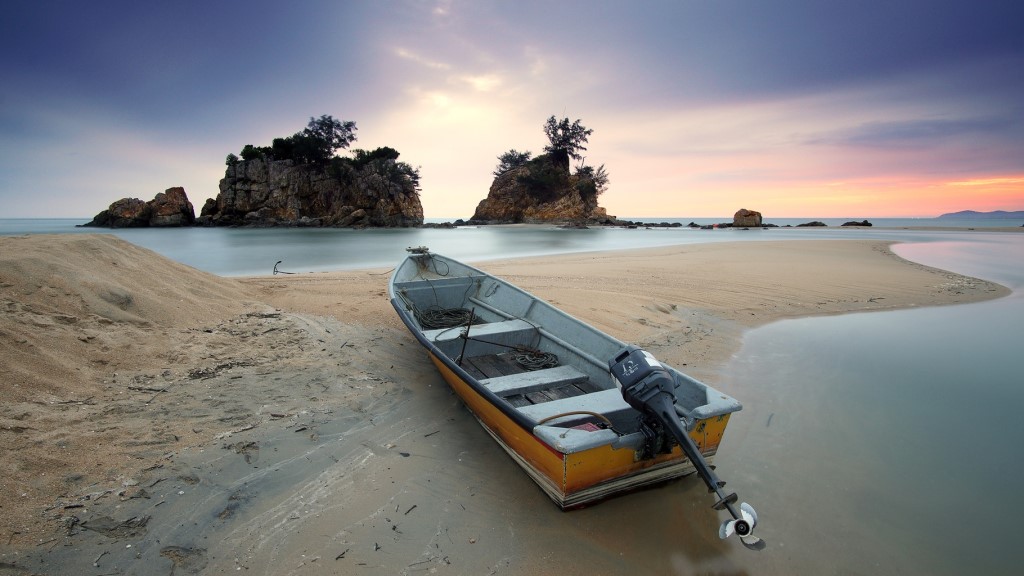
Photo by Zukiman Mohamad from Pexels
Landscapes and cityscapes are always going to be in demand as some of the best-selling stock photography ideas. Including negative space into an image like this will give that image usability in advertising and editorial uses for adding text or ad copy.
It’s a good idea to shoot a series of the same subject matter with the negative space in several different spots. Sometimes a view that may not appeal to you as a stand alone image will appeal to a buyer desiring to have just that spot open for their text needs.
Series of Activity
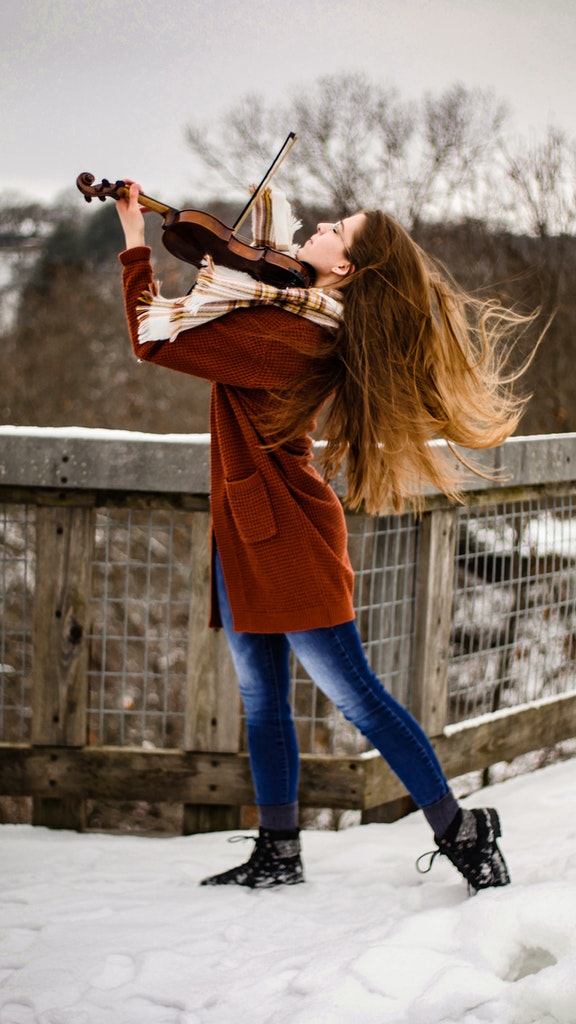
Photo by Tracen from Pexels
This can be within the previously mentioned themes of diversity, non standard work areas, or candid family images. Having a series showing progression of action might give buyers ideas that they may not have had if just viewing a single image.
Any activity could be involved in this theme. Work activities come to mind as do families at play. The important aspect of this stock photography idea is to show a steady progression from one thing to another and for the images to be linked by something common.
Food
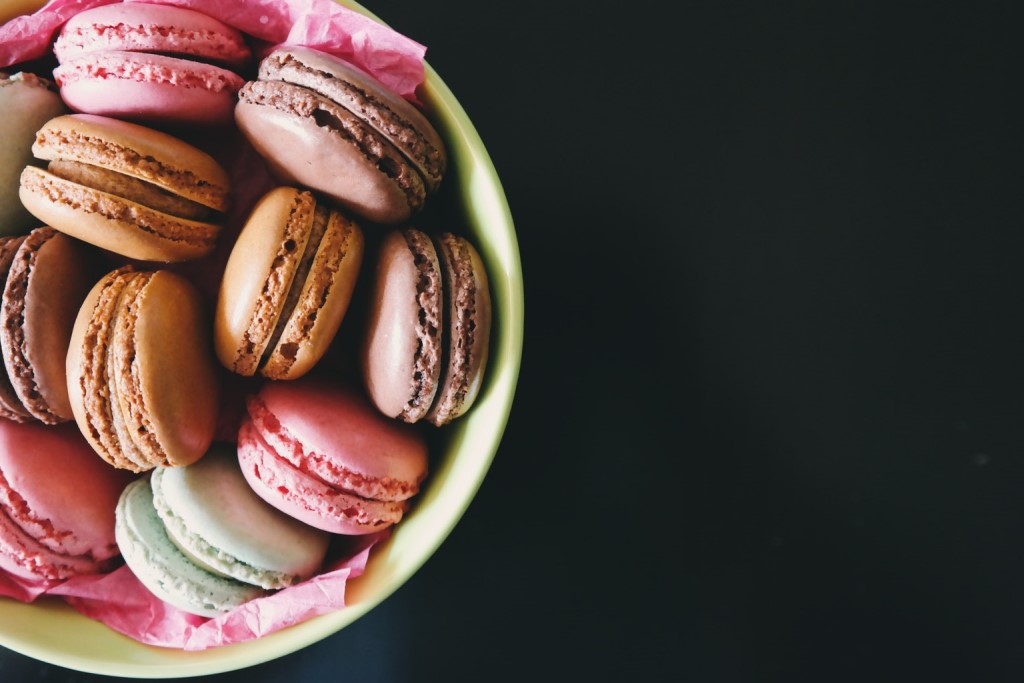
Photo by Brigitte Tohm from Pexels
Food images, especially from overhead, are among the best-selling stock photography ideas. Mixing this theme with one of the previously mentioned themes will broaden the appeal of food images. It’s a good idea to keep the compositions simple and uncluttered, adding negative space will also work well.
Some Important Thoughts

Photo by fauxels from Pexels
Whenever we shoot for profit or for any type of editorial use, model releases and location or property releases are important. Any person or place that is recognizable should include a release along with the image submission.
As for what stock photography sites or companies to shoot for, have a look at our previous article Stock Photography Success Tips - Best Stock Photo Sites 2020 for some good ideas.
Be consistent, have realistic expectations, and submit great image quality within these best-selling stock photography ideas and you will likely enjoy the process and make some extra income. We wish you lots of success!
We Recommend
What a Cyclorama is (and Why You Need One)
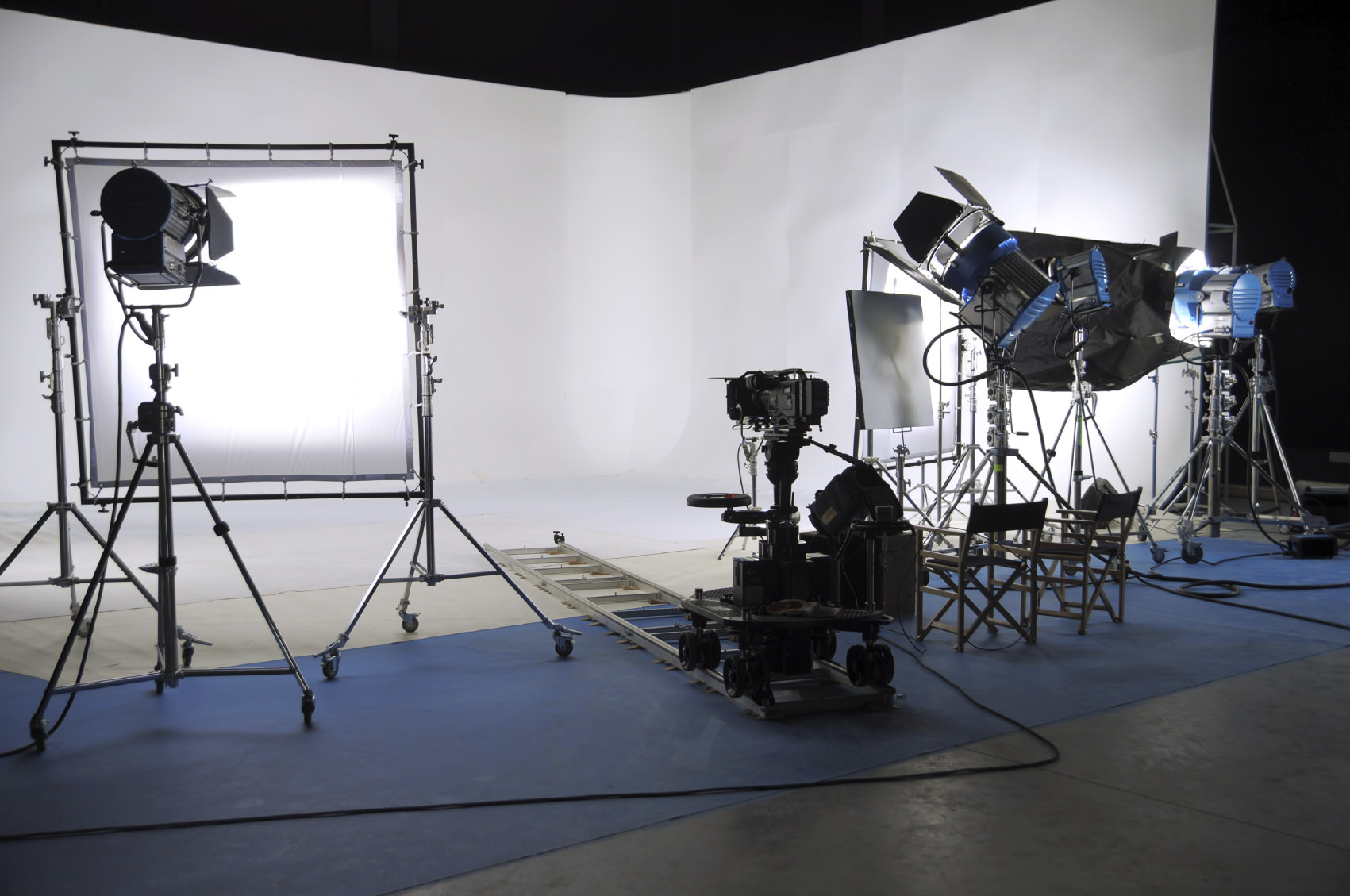
Photography is one of those fields that has hundreds of scientific, technological and creative terms associated with it. There's no real surprise in that; after all, some of those terms actually originated in the industry, like "f-stop" and "focal plane". Every once in a while, though, a more obscure word or phrase sneaks its way in and although you hear it dropped by photographers occasionally, you either ignore it or if you're like me, you go look it up and decide if it's important to you.
Alright, I'll get to the point. One term you may have heard occasionally in the photo business is "cyclorama". Now, if you've gone and looked it up, you found something like the following definitions, borrowed from Merriam-Webster online dictionary:
1. a large pictorial representation encircling the spectator and often having real objects as a foreground
Cool, huh? Well, sort of, but probably not exactly something that every photographer needs.
2. a curved curtain or wall used as a background of a stage set to suggest unlimited space
Well, that doesn't sound like it applies to photography, either – but wait. What was that about "unlimited space"? Hmmmm. You're catching on now, aren't you? Imagine what a photographer could do with unlimited space!
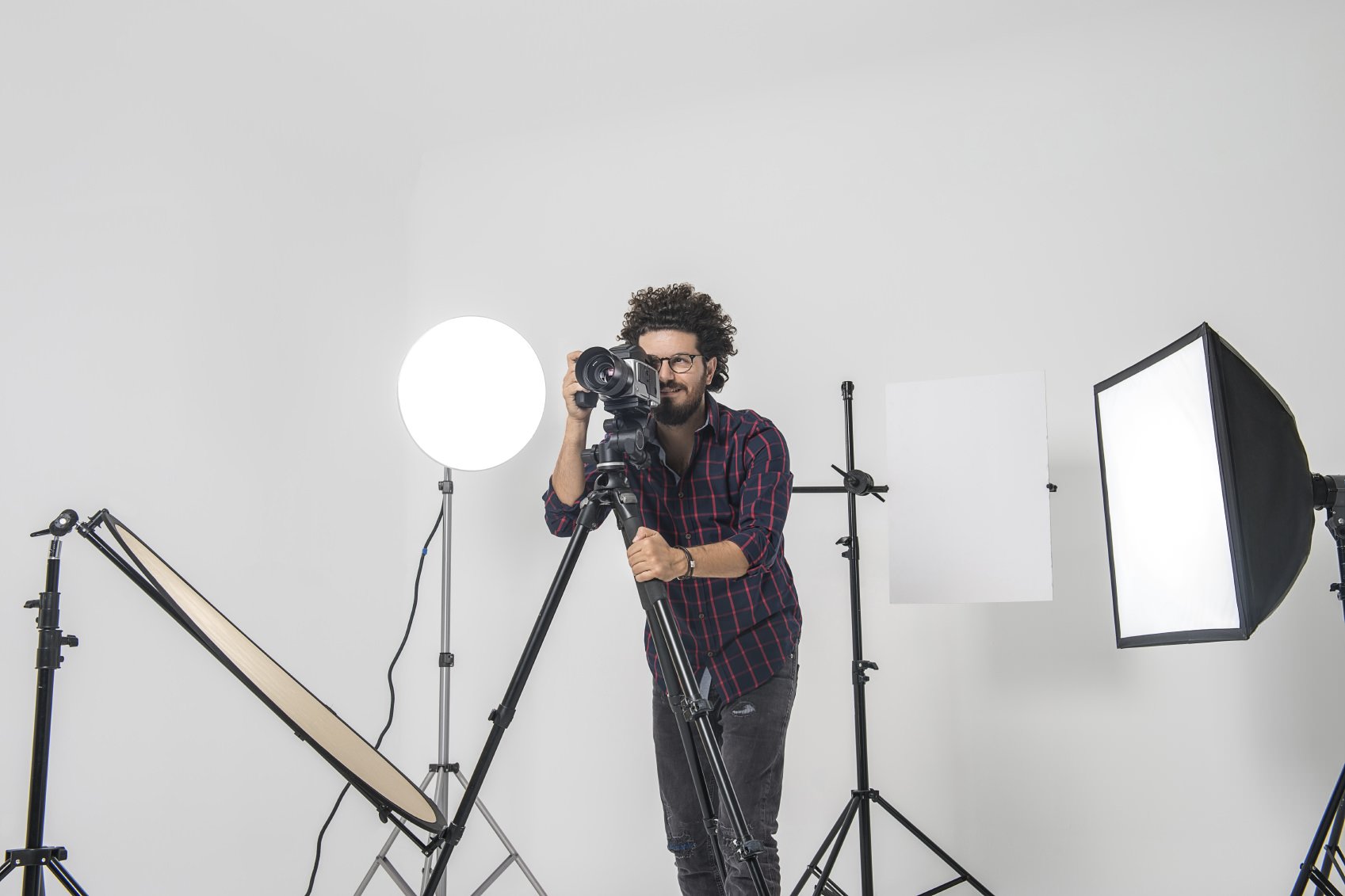
The fact is, there really should be a third definition that applies directly to photography. A cyclorama, or perhaps more accurately, a cycloramic background, can be used to create what's often referred to as an "infinity background", which you may recognize as a background that appears to have no beginning or end. Typically, this is done with a simple sweep, a fabric or paper background that lays on the floor and curves upward to a horizontal plane behind the subject.
As you can imagine, subject positioning, camera angle and lighting are all critical in the setup of such a background. A cyclorama, however, is much more flexible, because the background curves on both the vertical and horizontal axes. That means you can change your camera angle much more freely and use your lighting much more creatively. In fact, a reflective white cycloramic background easily becomes part of your lighting system, helping you sculpt shadows and add fill light to achieve exactly the effect you want. For many shots, all that's required is a properly positioned main light and a couple of reflectors to get the perfect modeling of your subject.
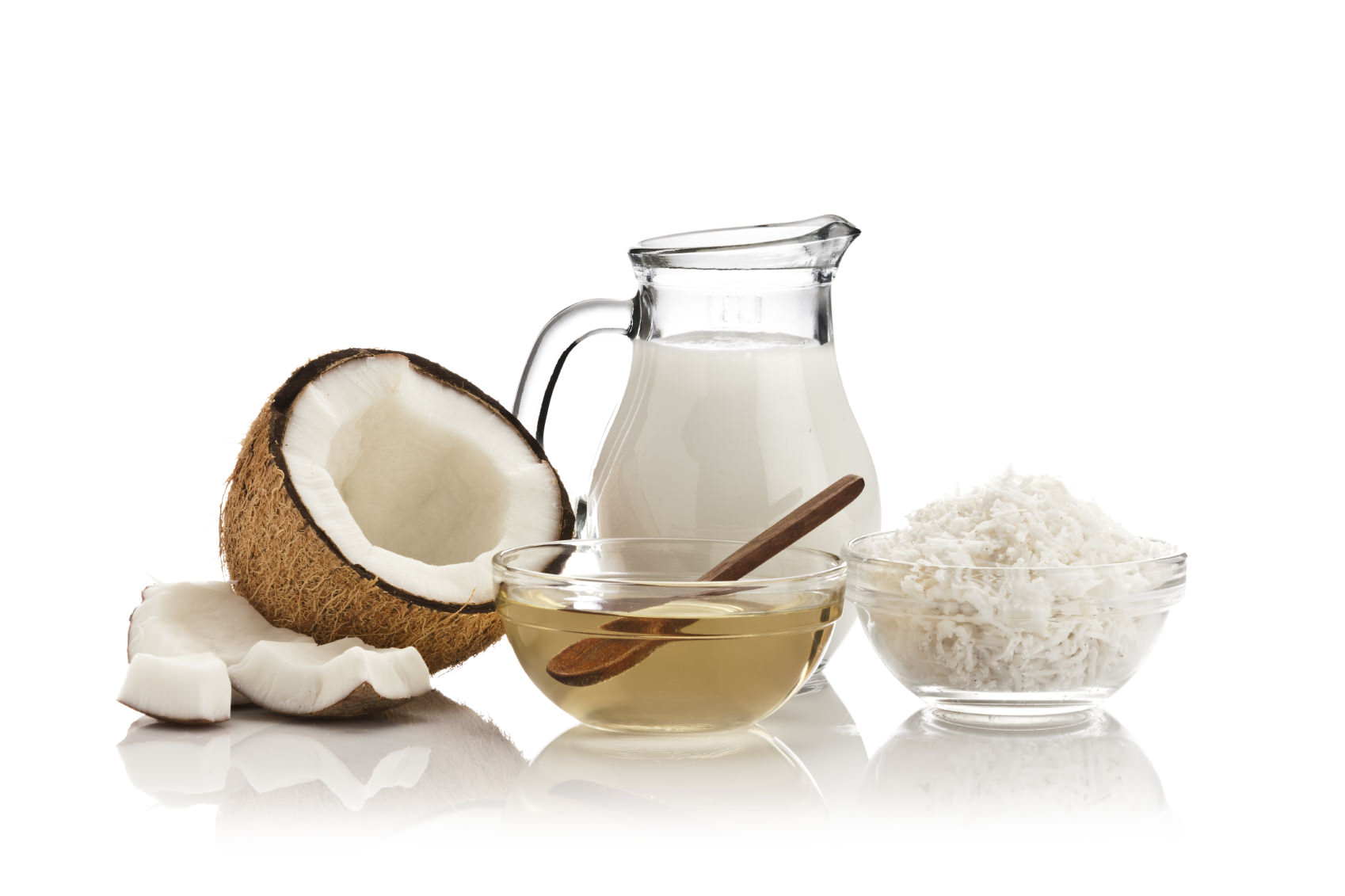
If you've ever watched a news or weather report on television, there's a good chance you've seen a cyclorama "in action". Since it can be lit very evenly, a cycloramic background is ideal for blue or green screens that can be used to create virtual backgrounds like that live weather map behind the meteorologist. High-end fashion and portrait studios often have immense cycloramas, because they can be made to completely disappear or create dramatic gradients with only a little bit of lighting adjustment.
So, why would you want one? I'd be surprised if you haven't already answered that question yourself. Whether you're shooting a still life, a product shot, a miniature architecture or fantasy scene, or any other setting, the control you have over the appearance of the background and your lighting is phenomenal. You can even create your own green screen with the right lighting and add in your display, sci-fi or fantasy backgrounds in post-processing.
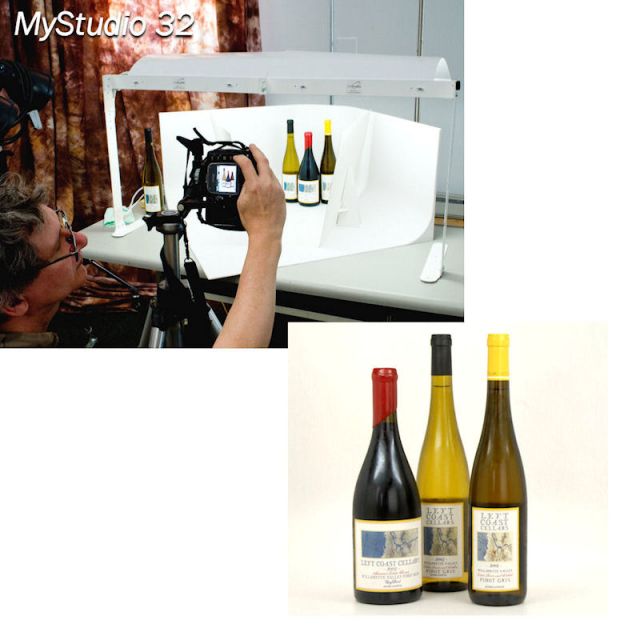
Fortunately, you don't have to be independently wealthy to get your own cycloramic studio. The folks at ProCyc have been creating them for the cinematic and photographic industries for years, and they have product lines to suit any application. For those of us with small budgets and no need to shoot things on a gigantic scale, their MyStudio® line is a great way to set up a full tabletop cycloramic setup in a small space, at a surprisingly reasonable price.
I recommend checking out their MS32 Tabletop Photo Studio Kit. In addition to a wide, lightweight cyclorama, you get everything you need to light any small to medium-sized subjects for product shots, still life photos, and more. It's portable, versatile and a great way to find out just exactly how a cyclorama can enhance your photos. Take a few minutes to watch the demo video below, then visit the Pro Cyc website to get all the details and order yours.

